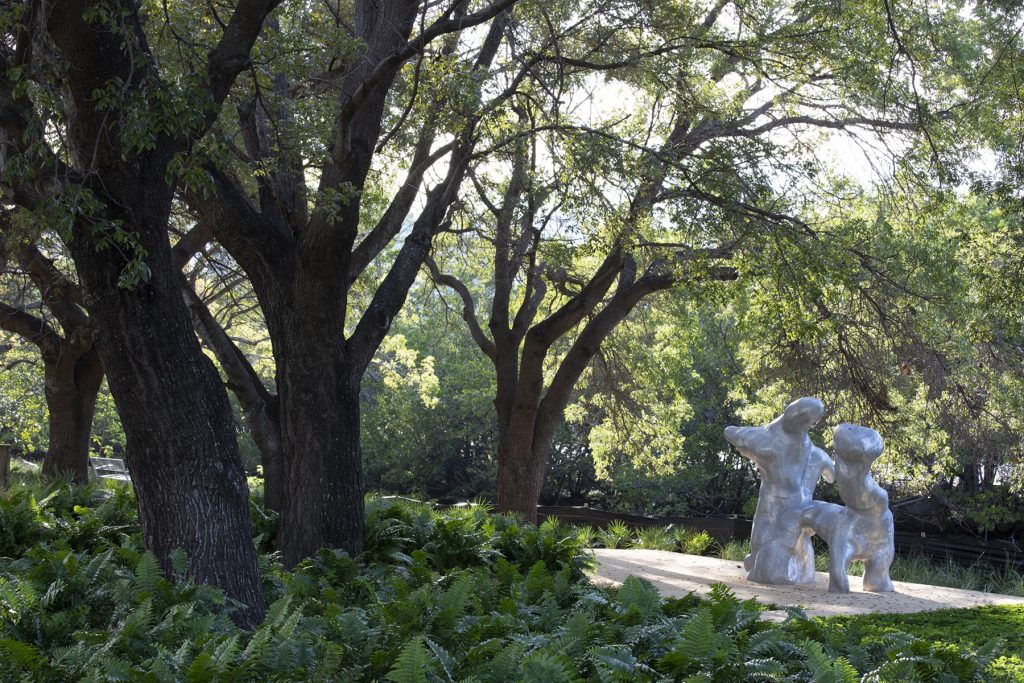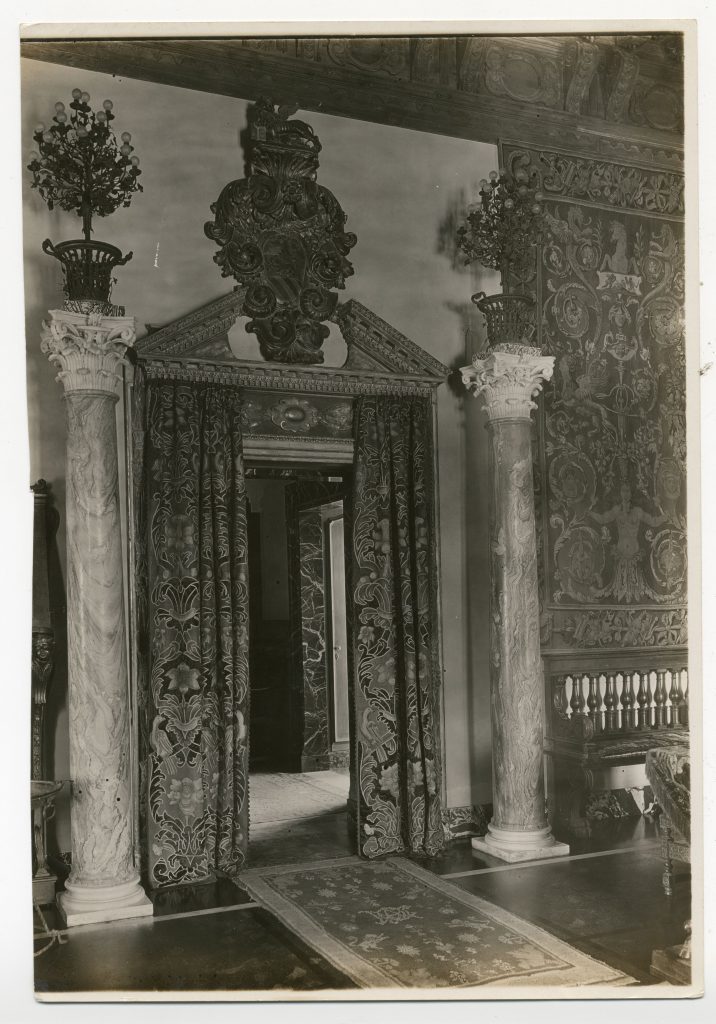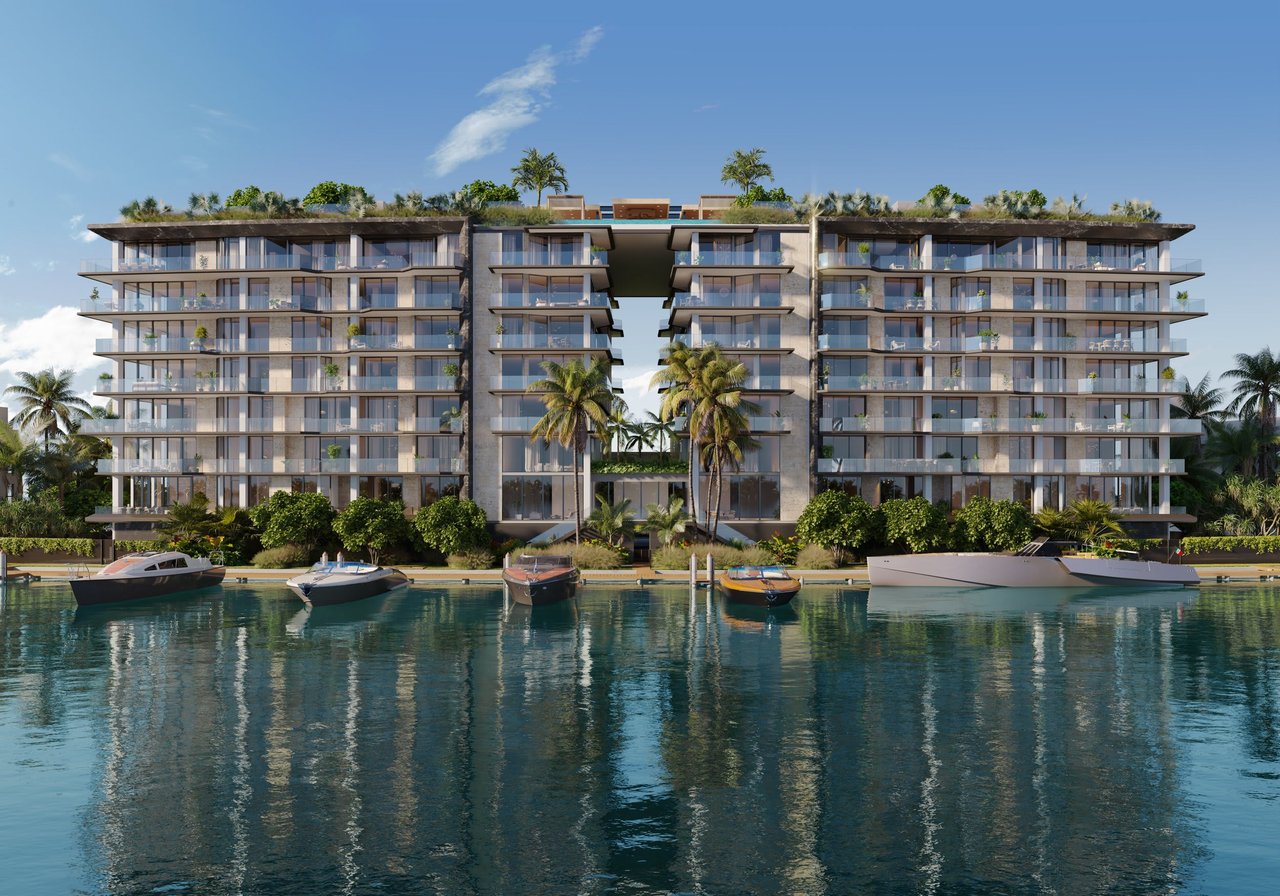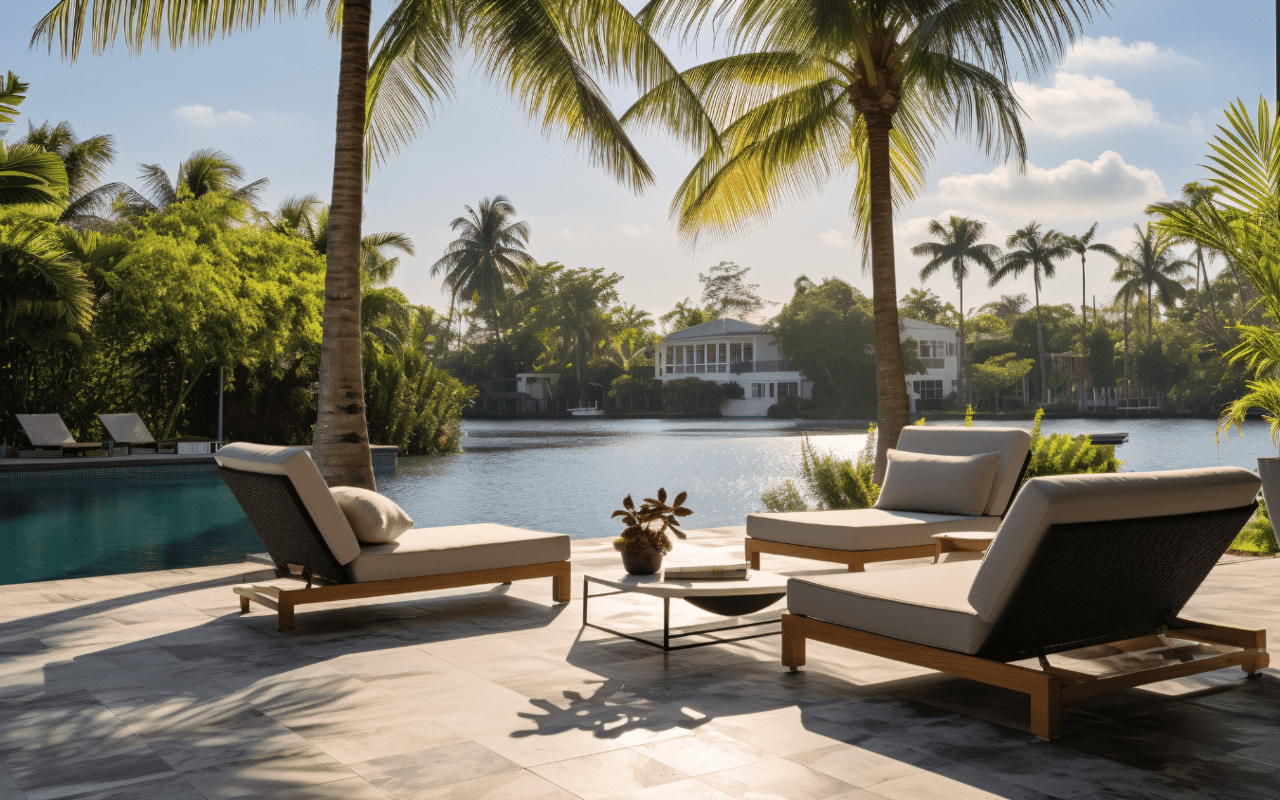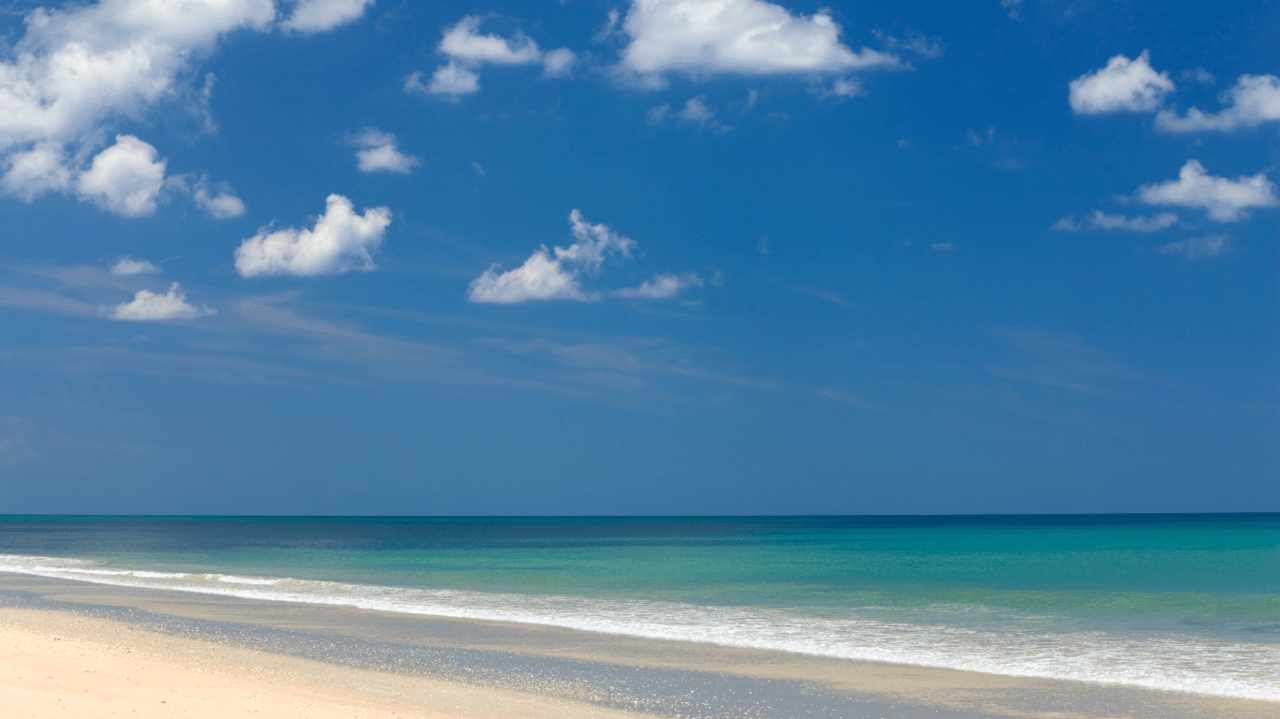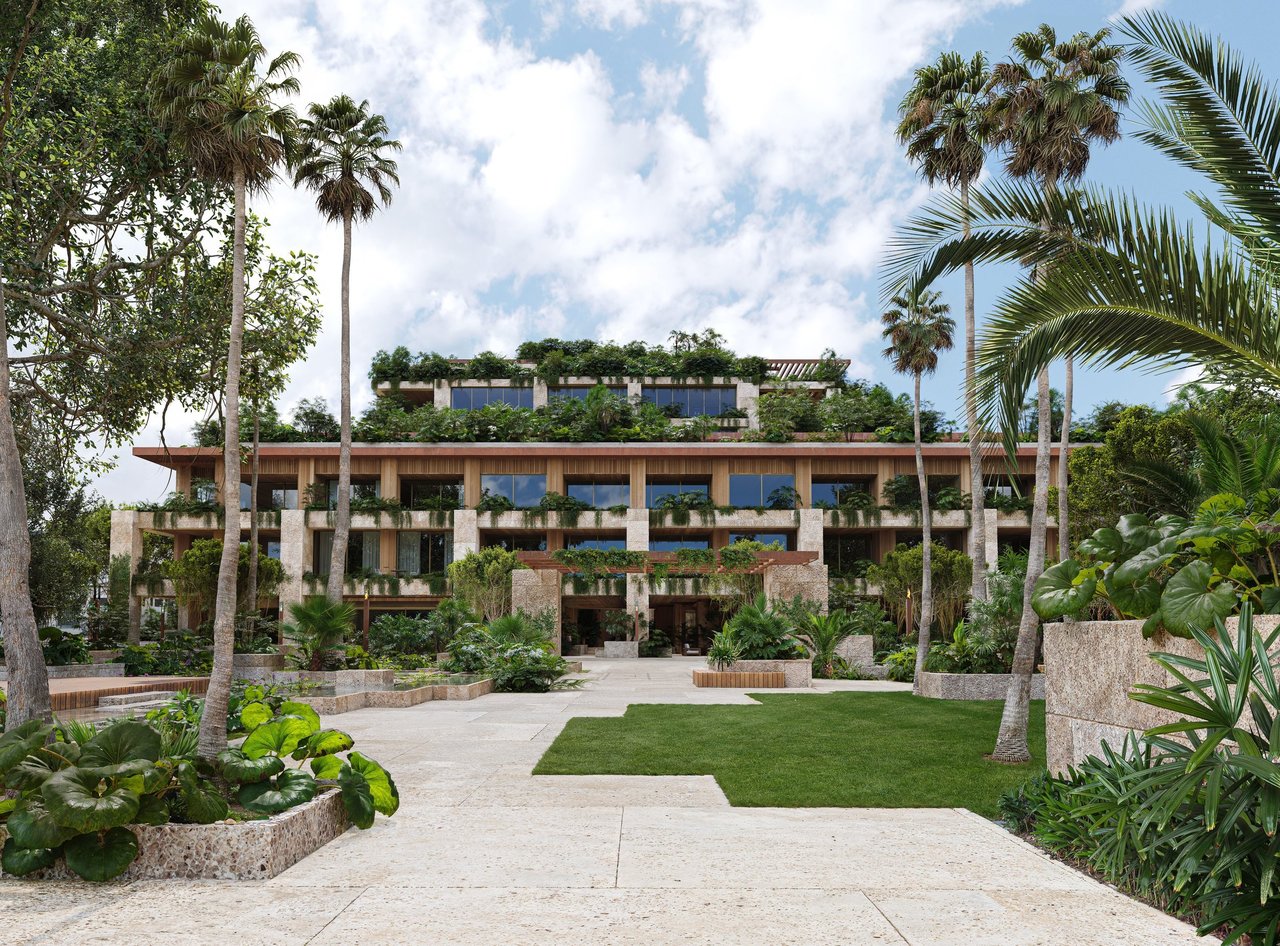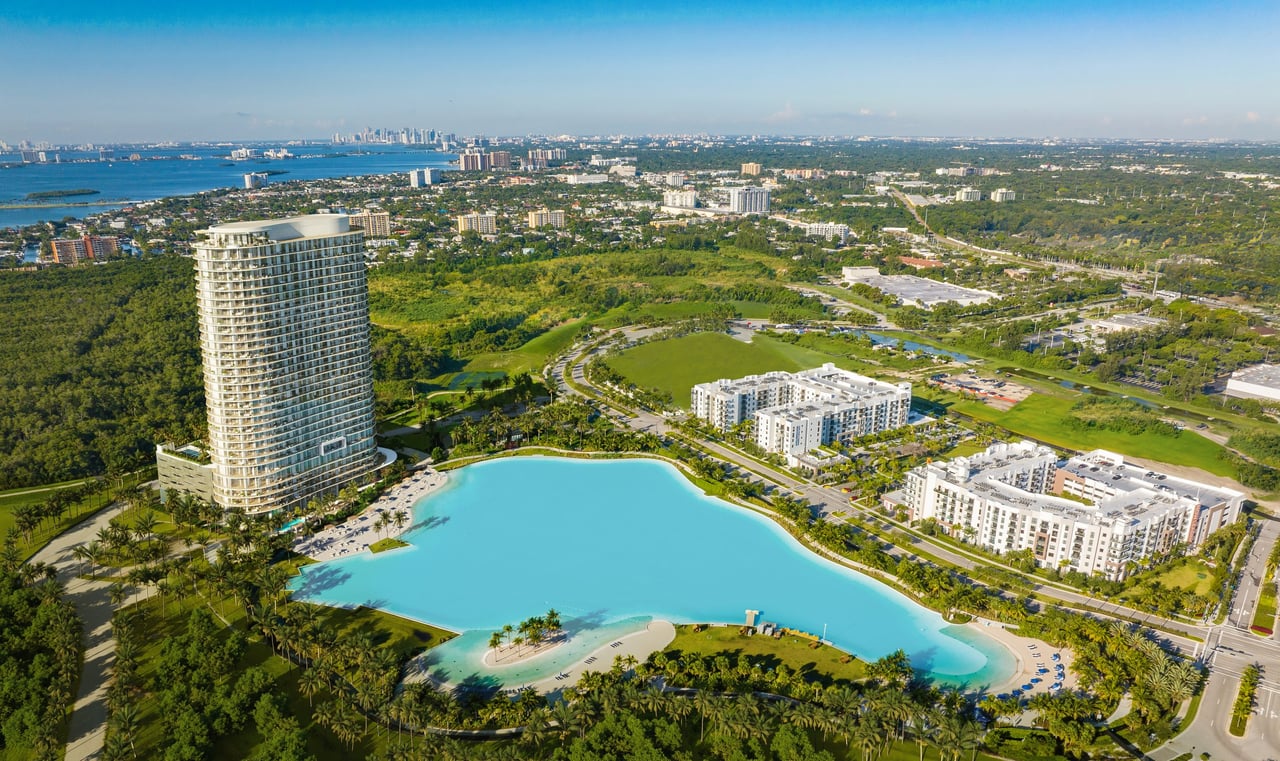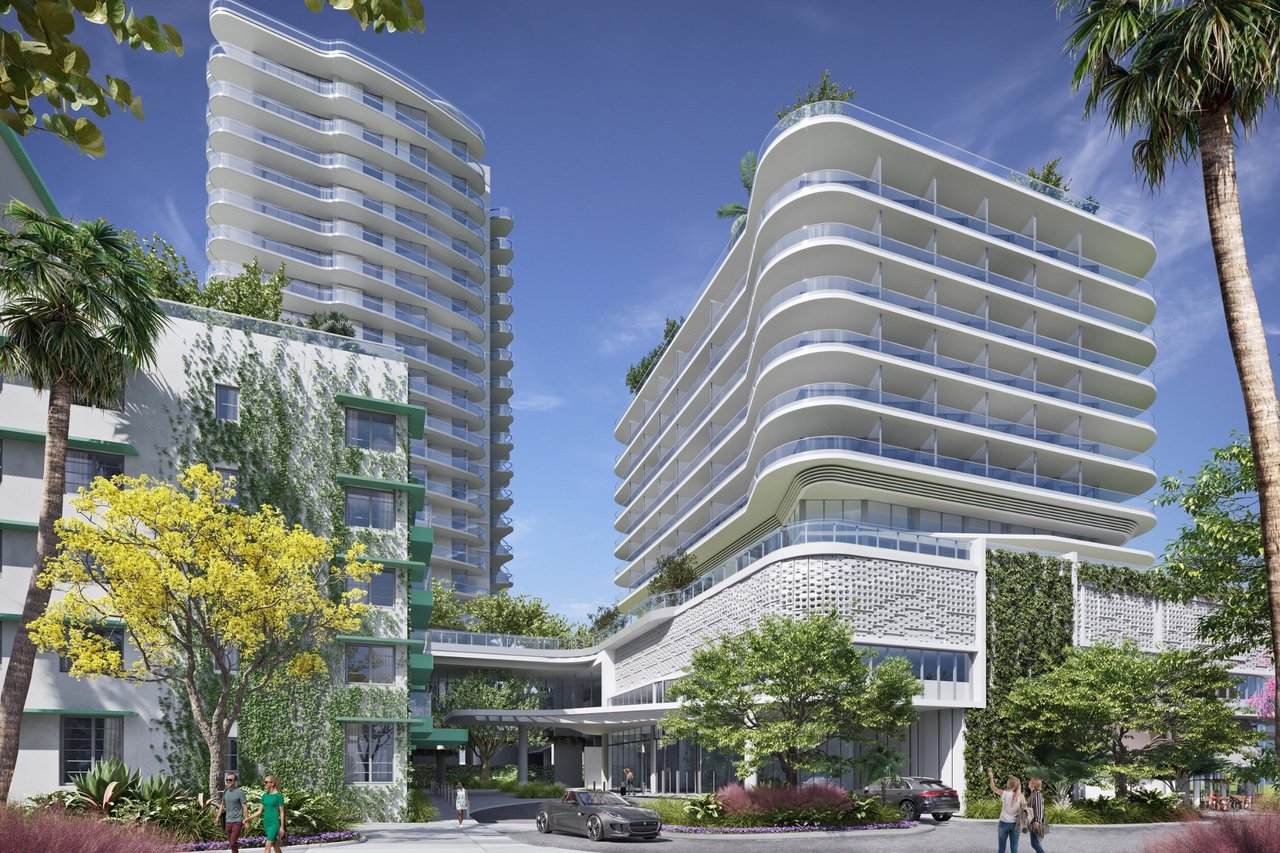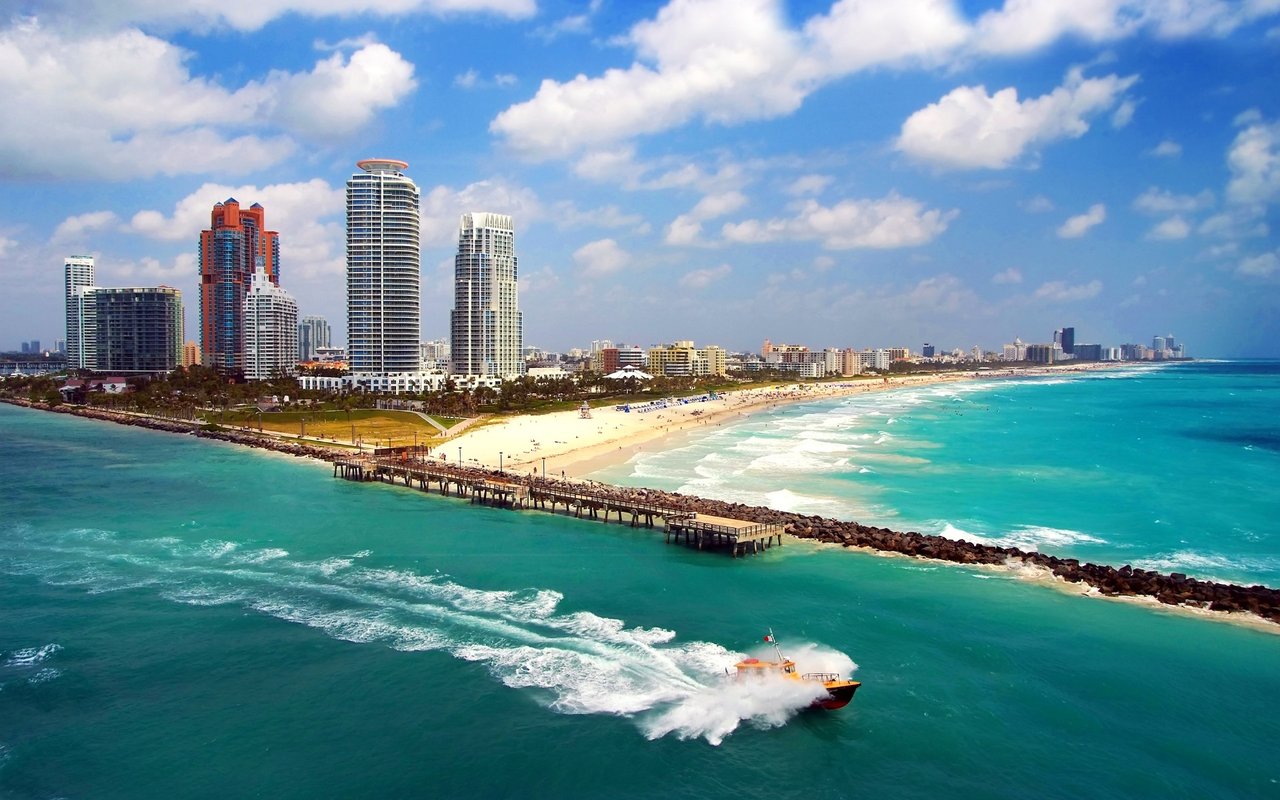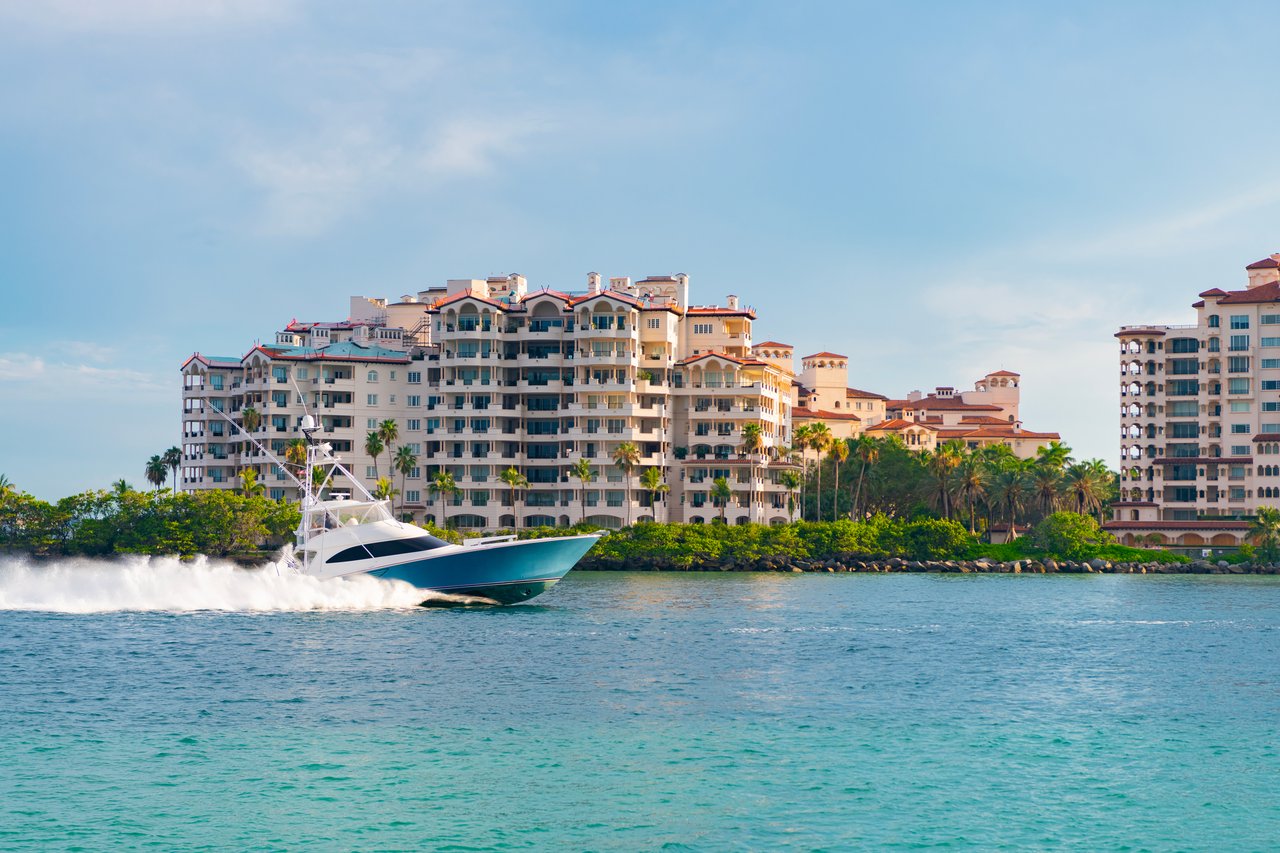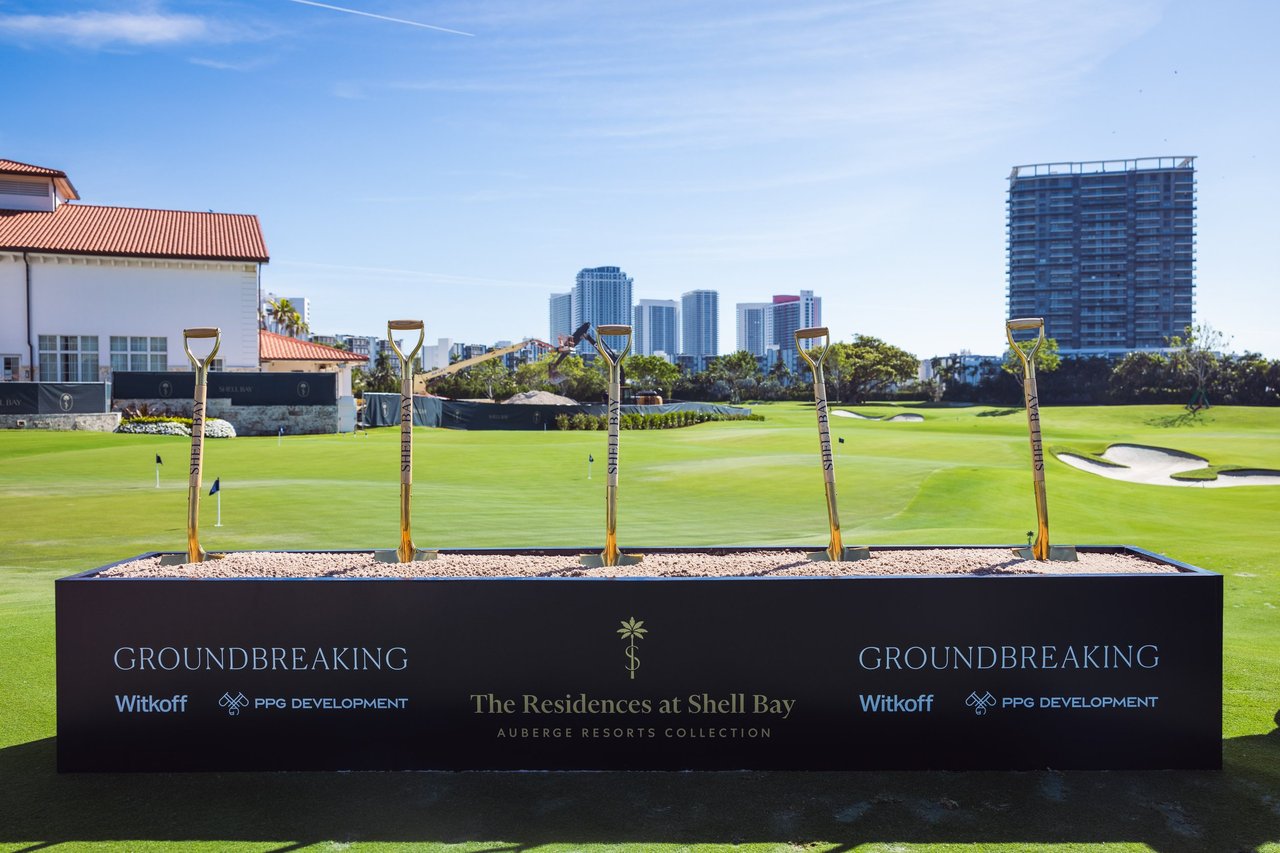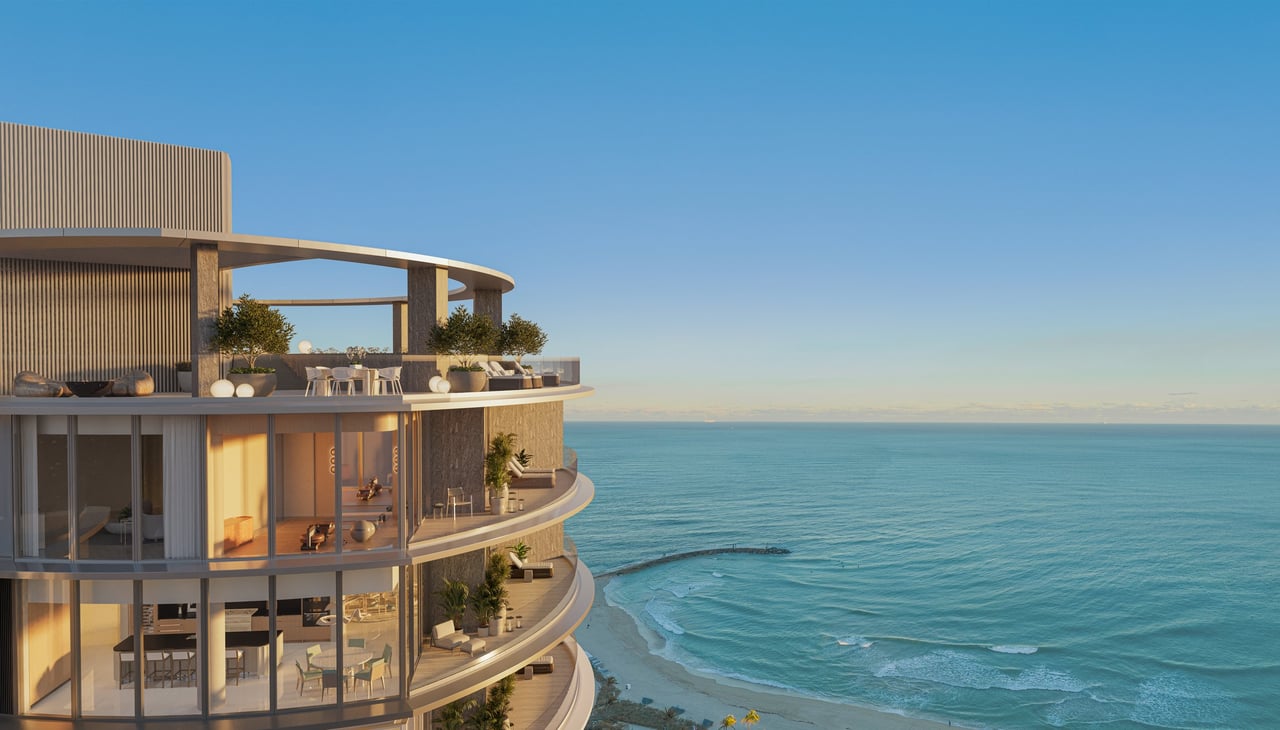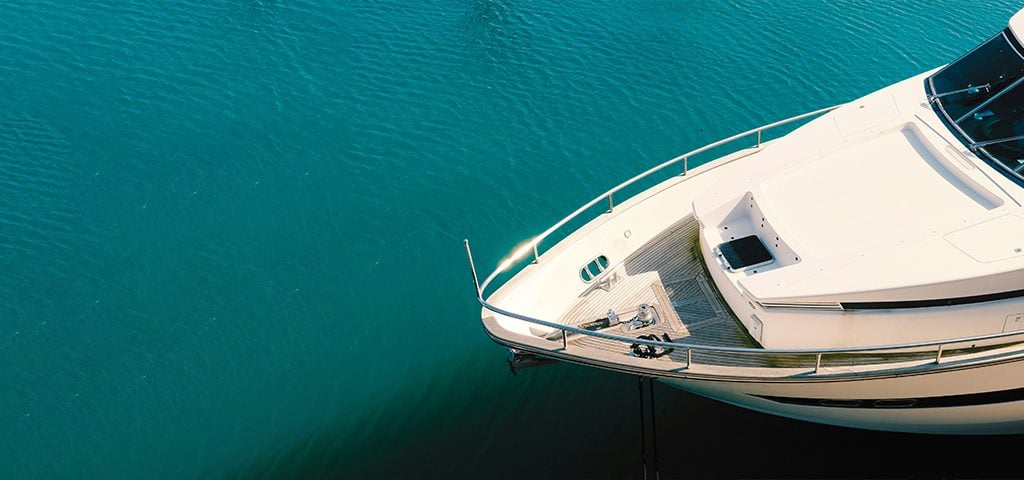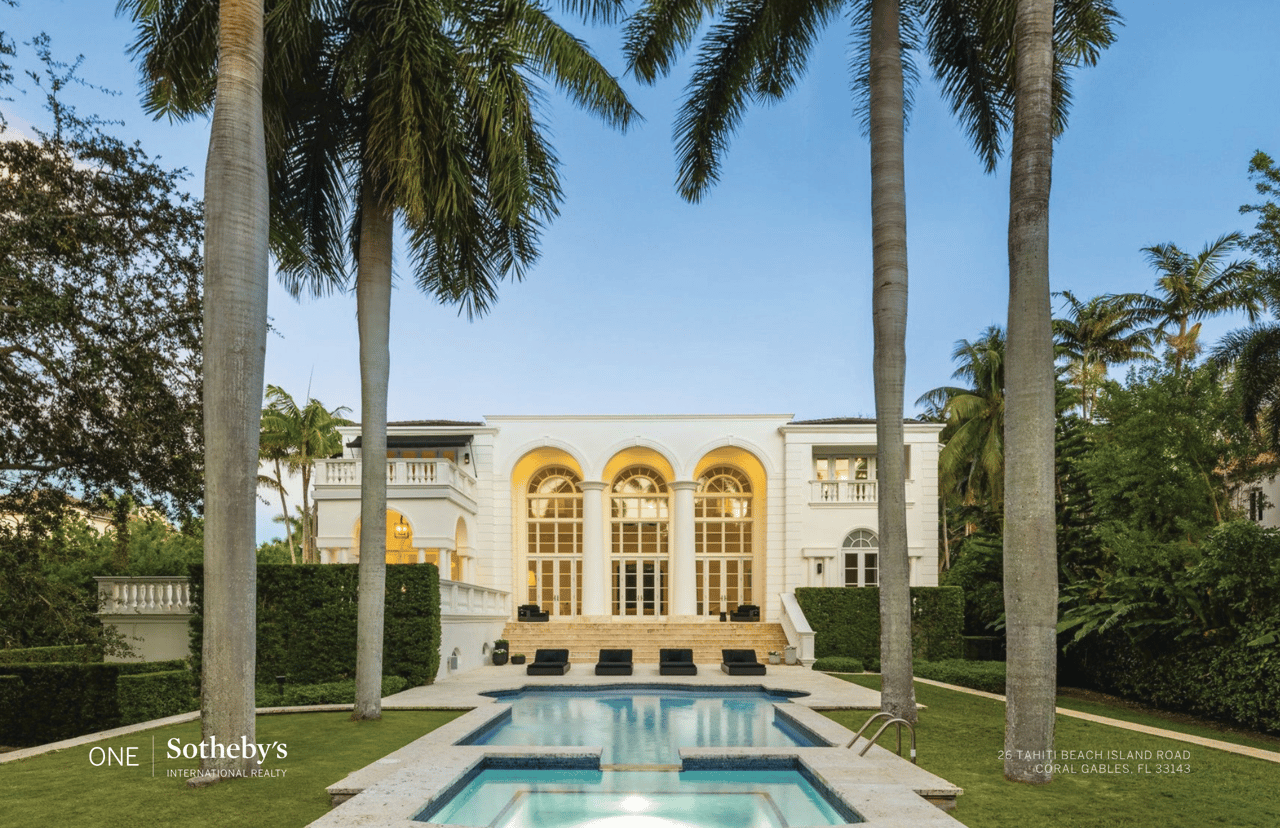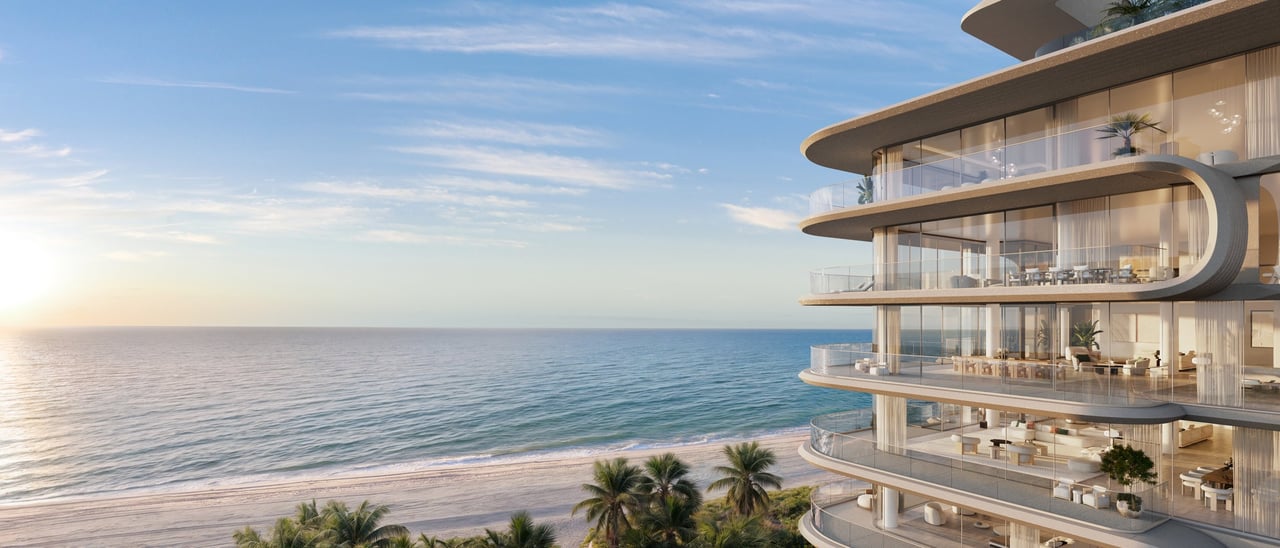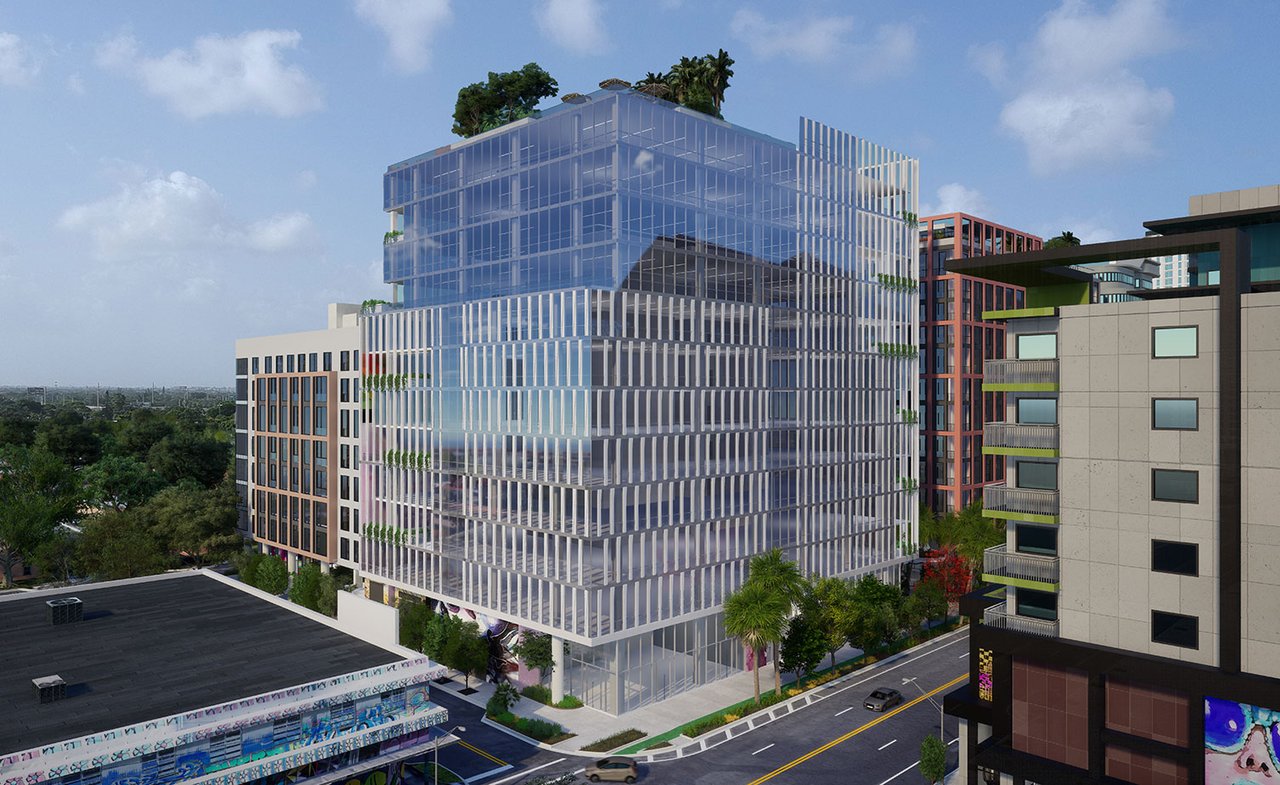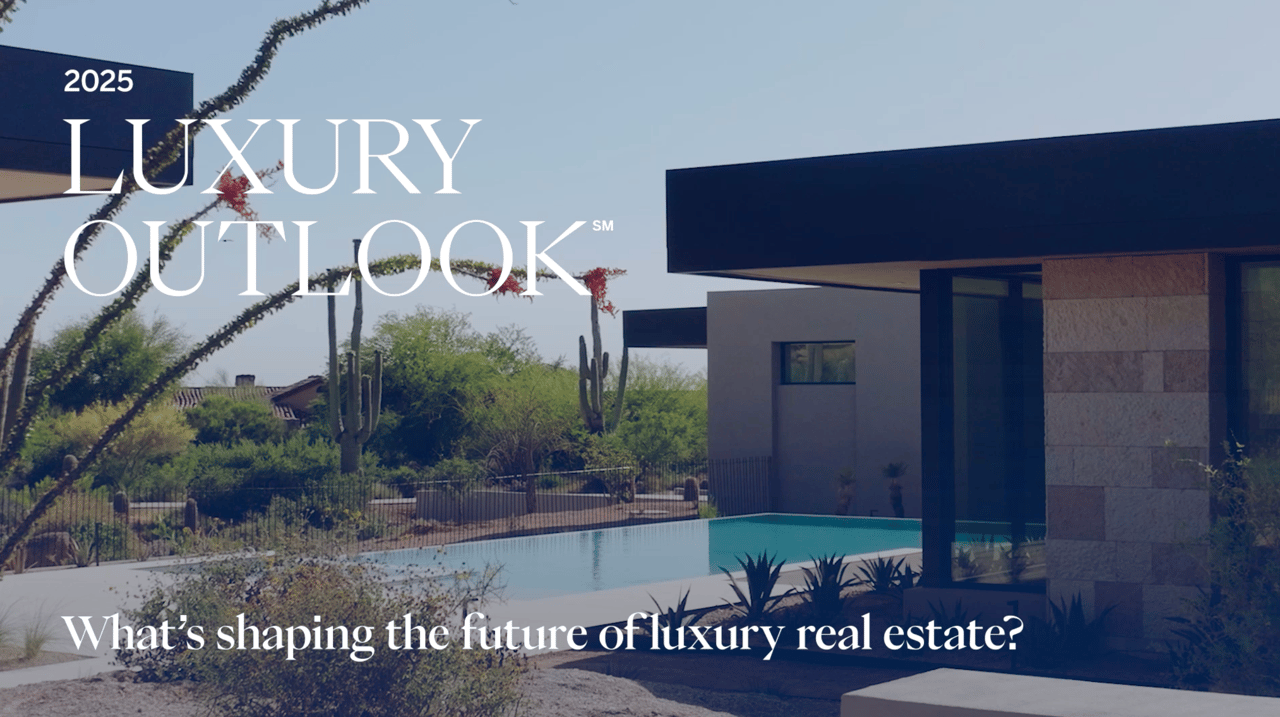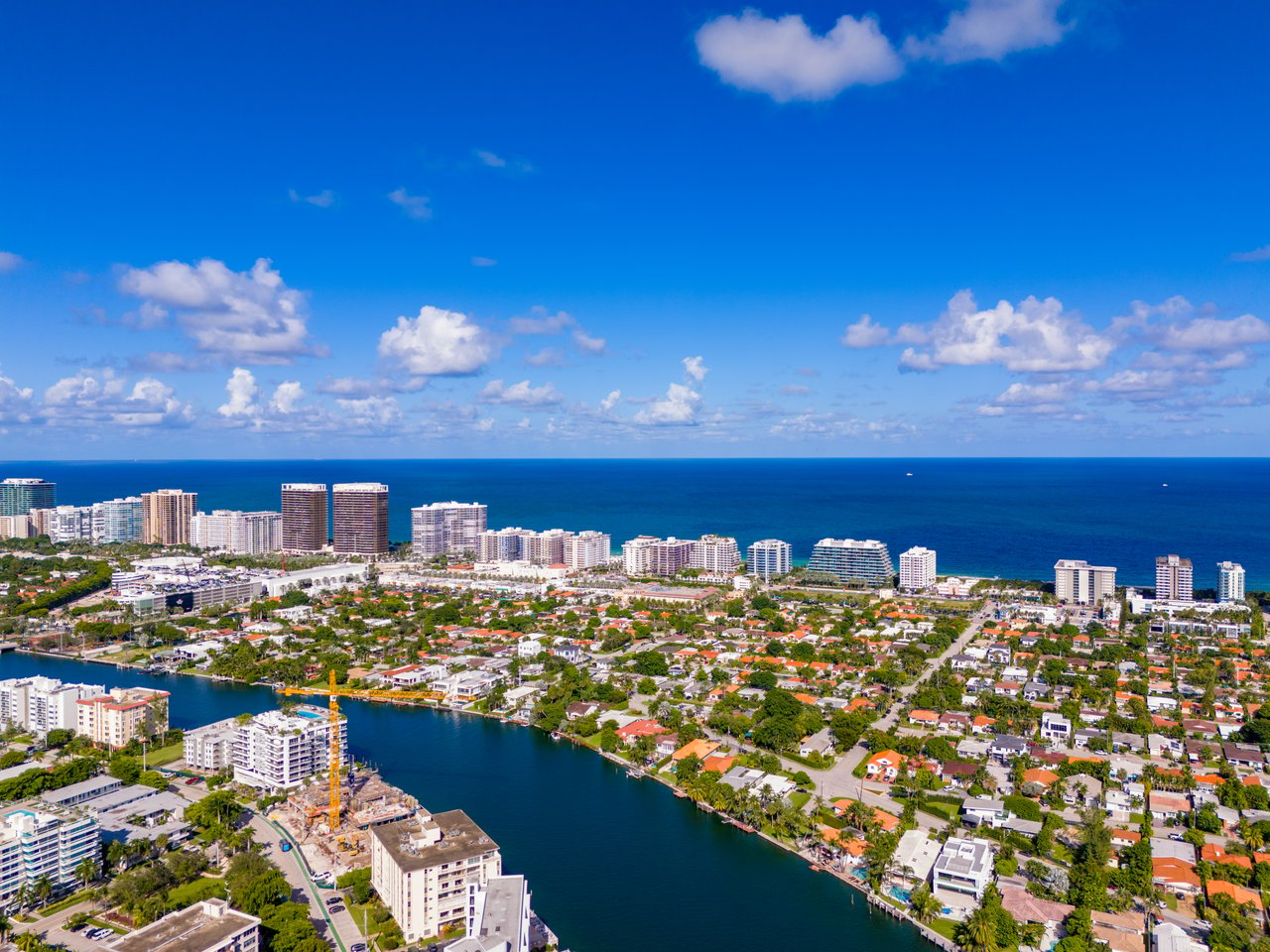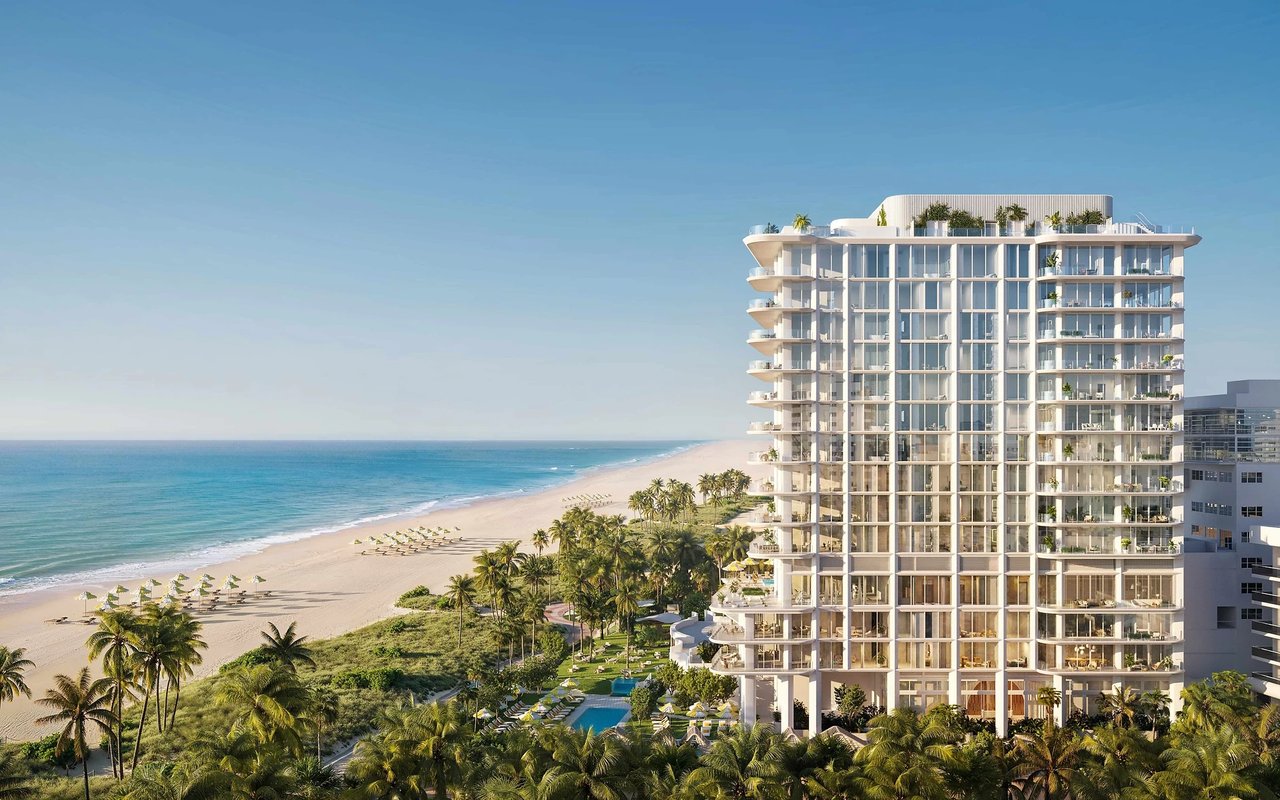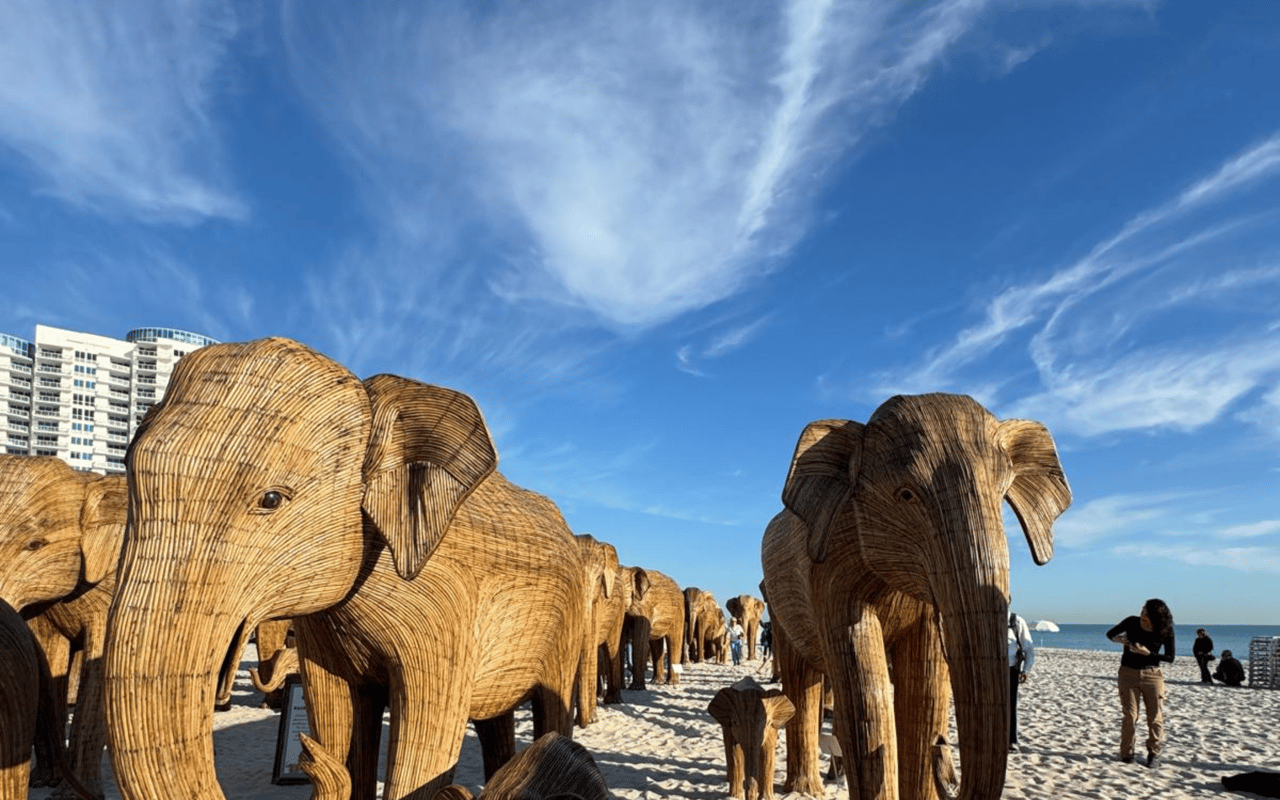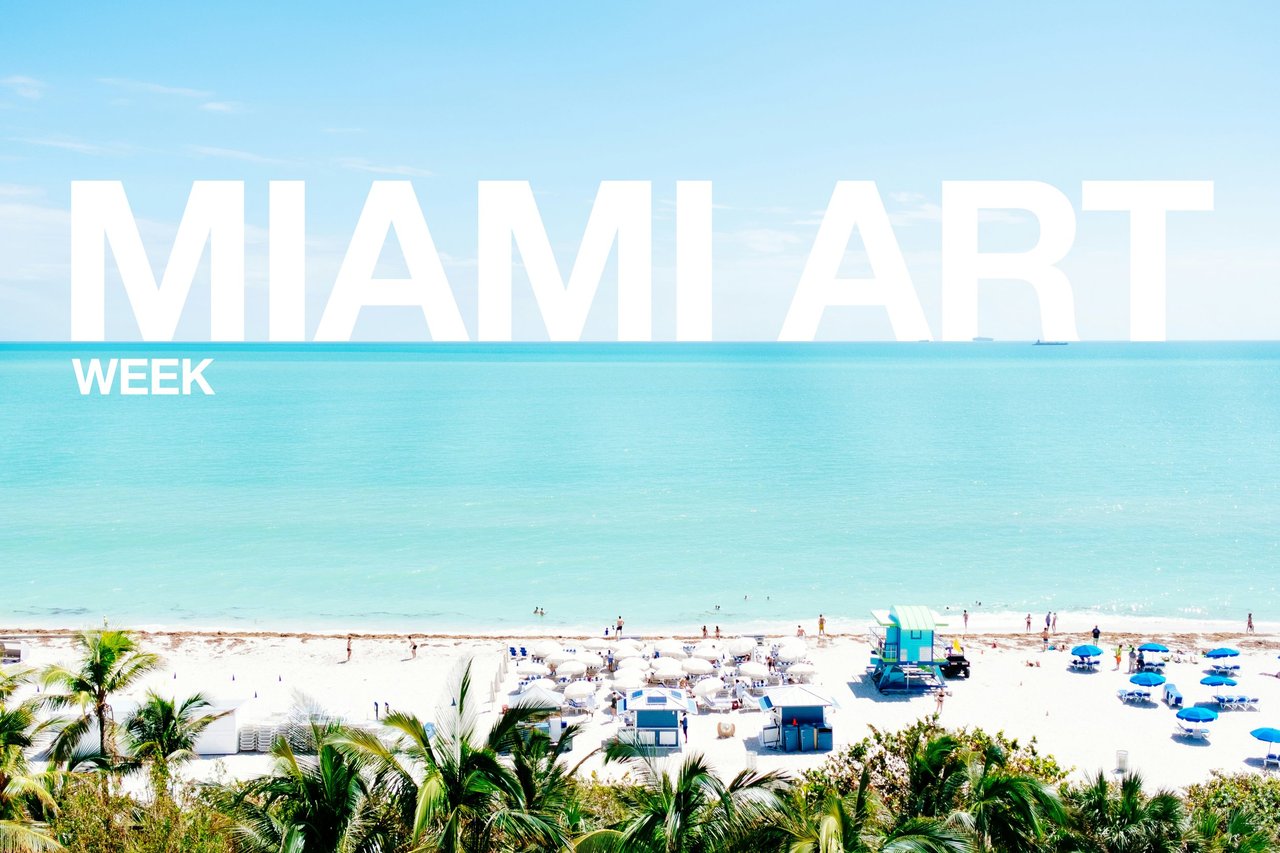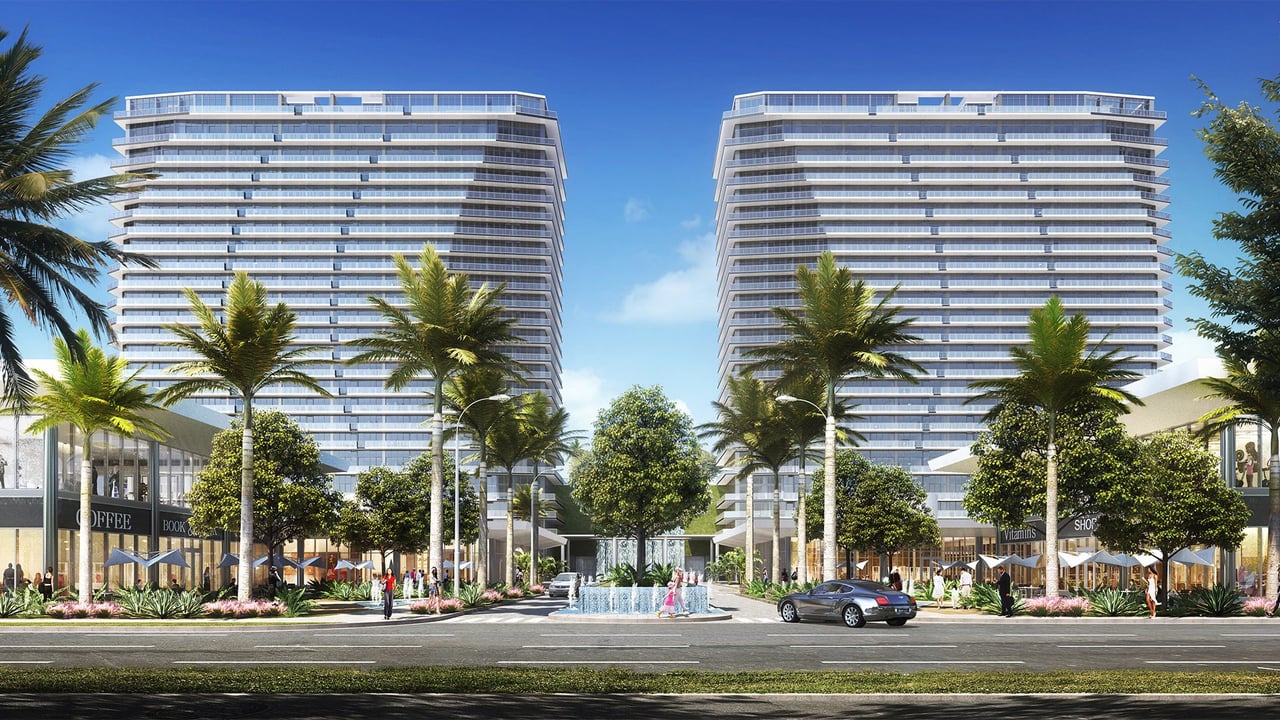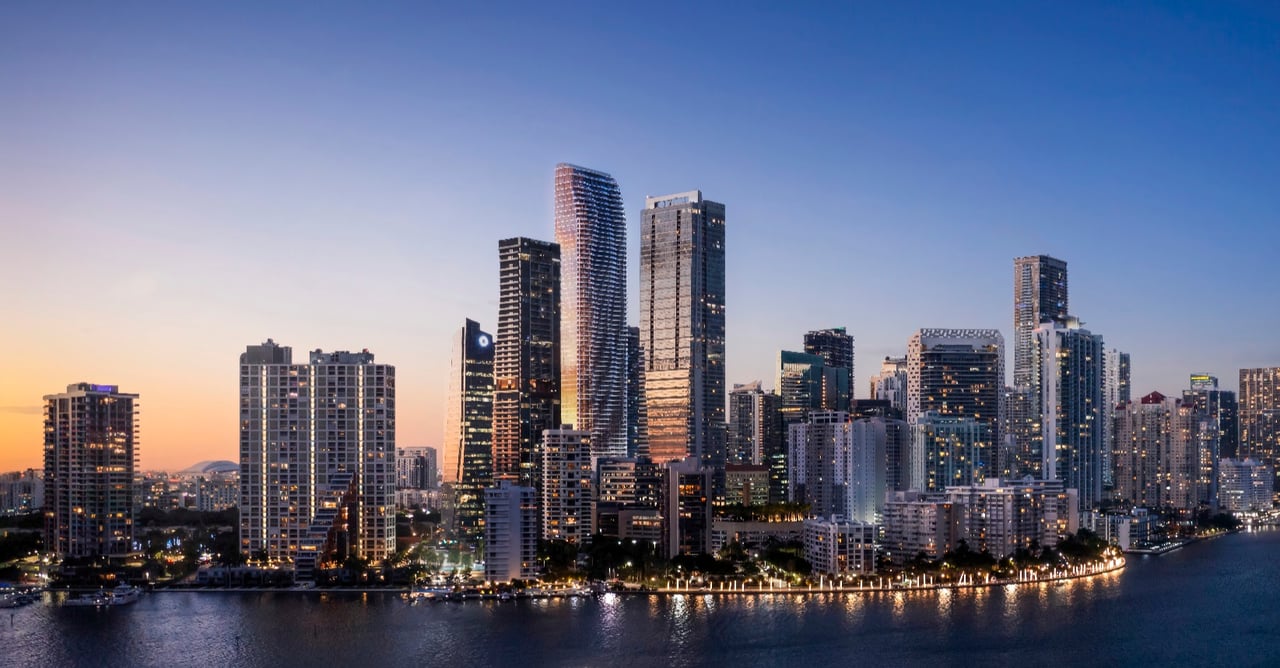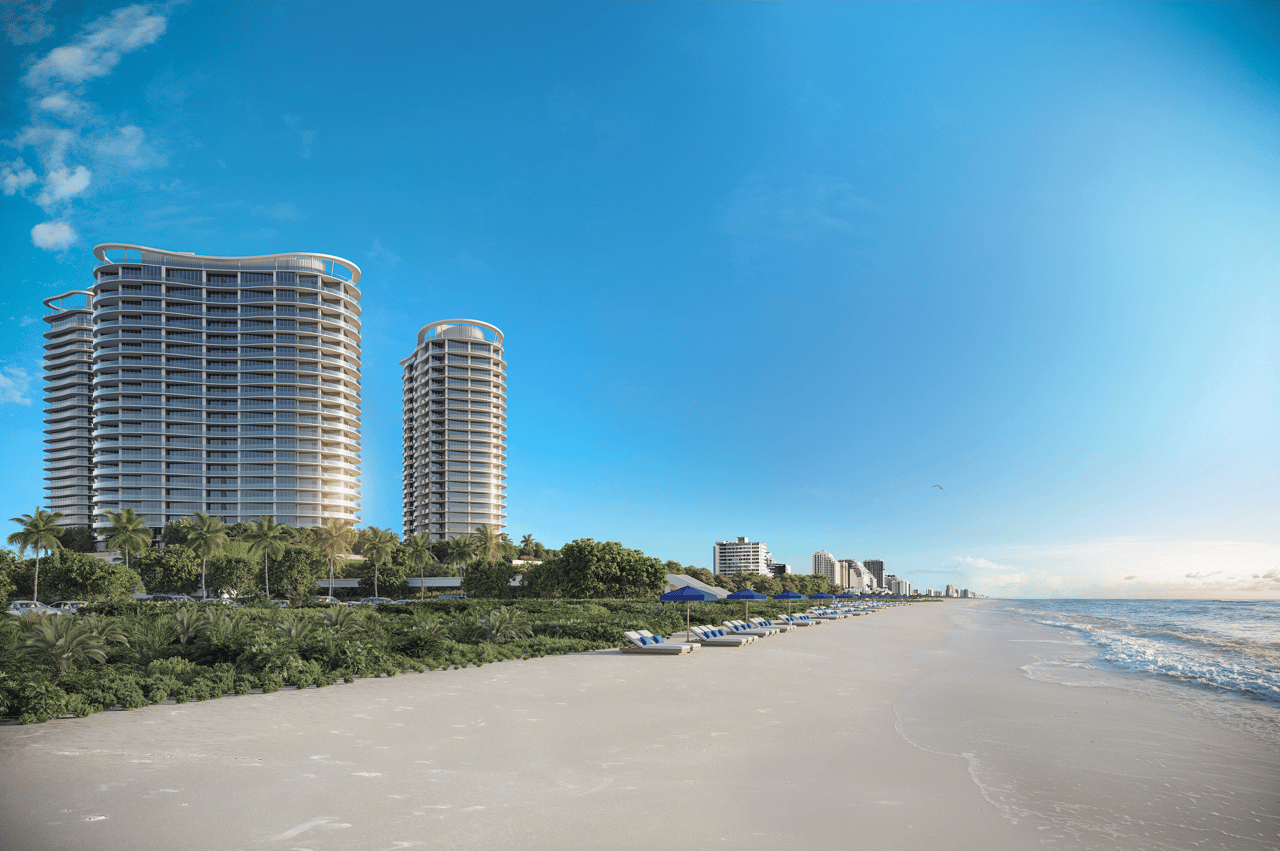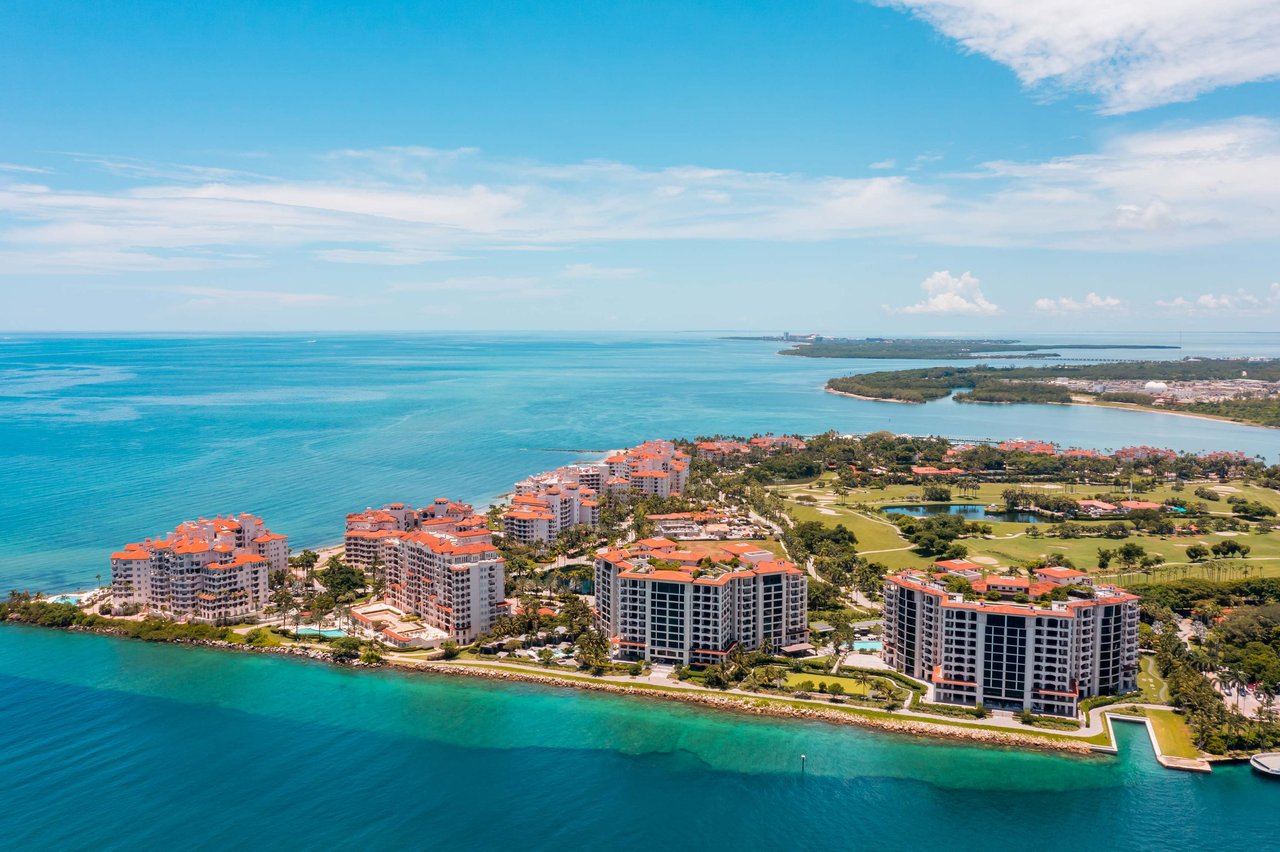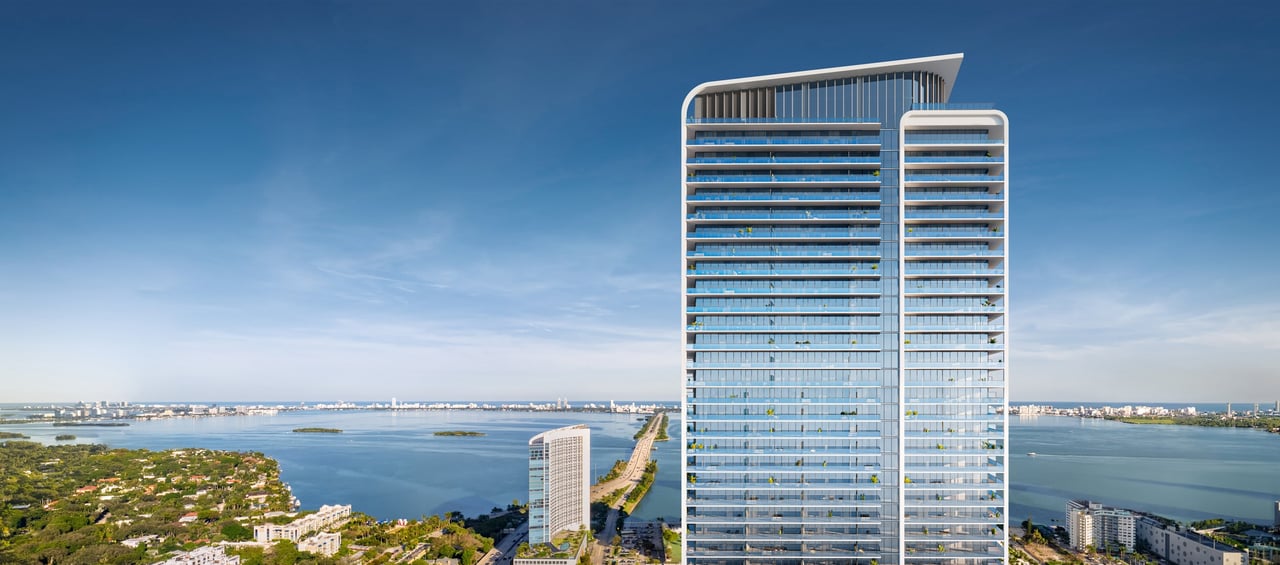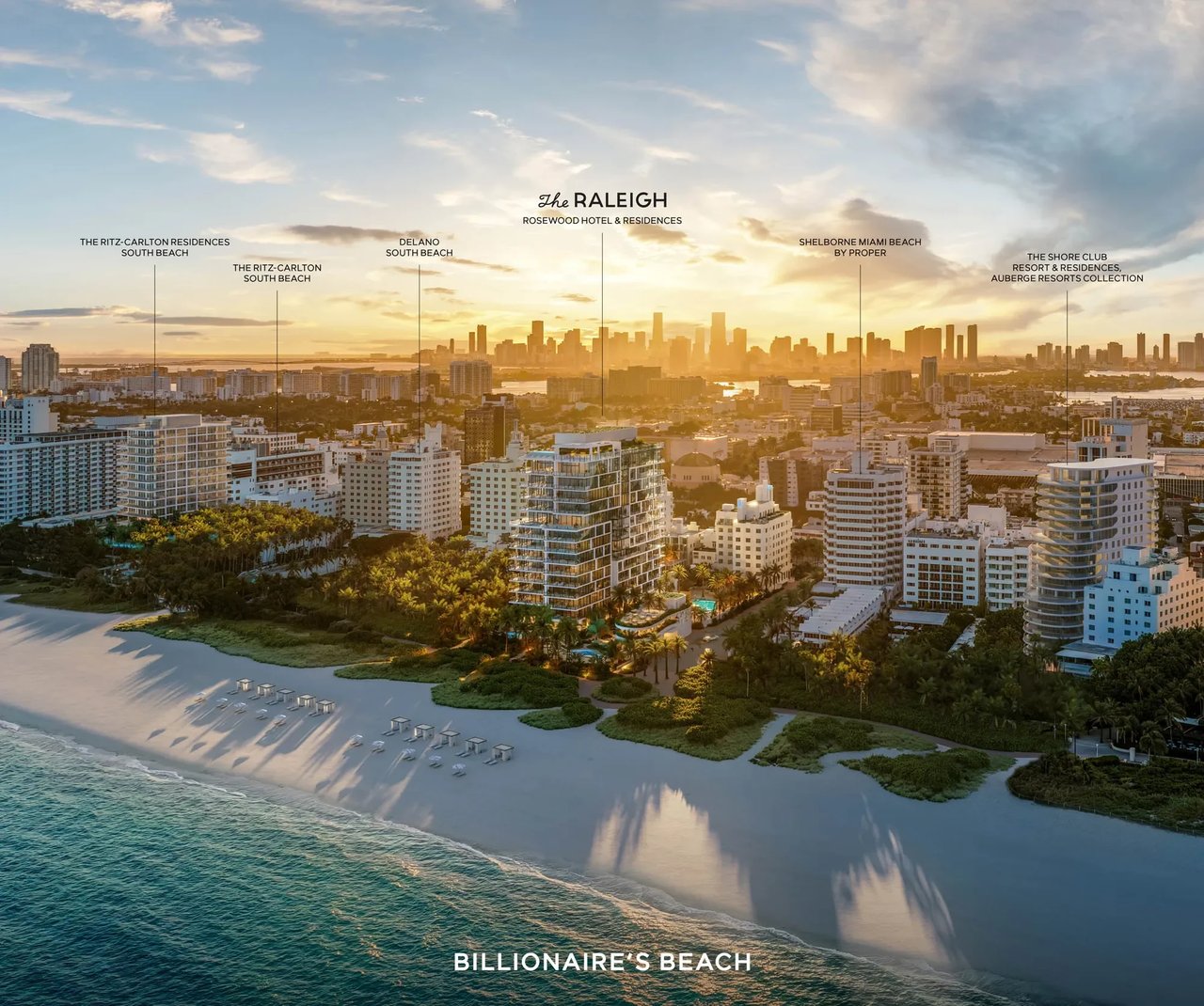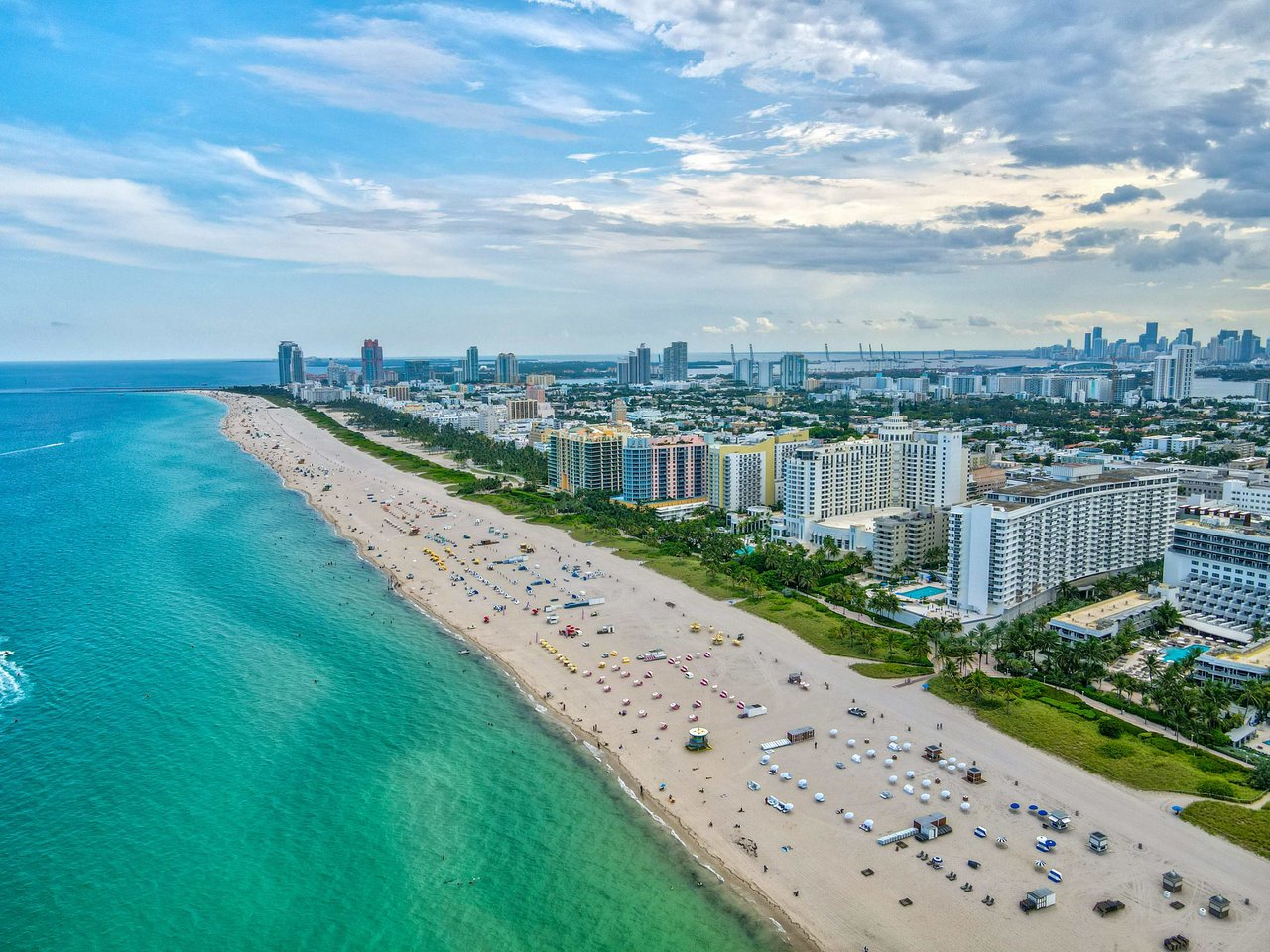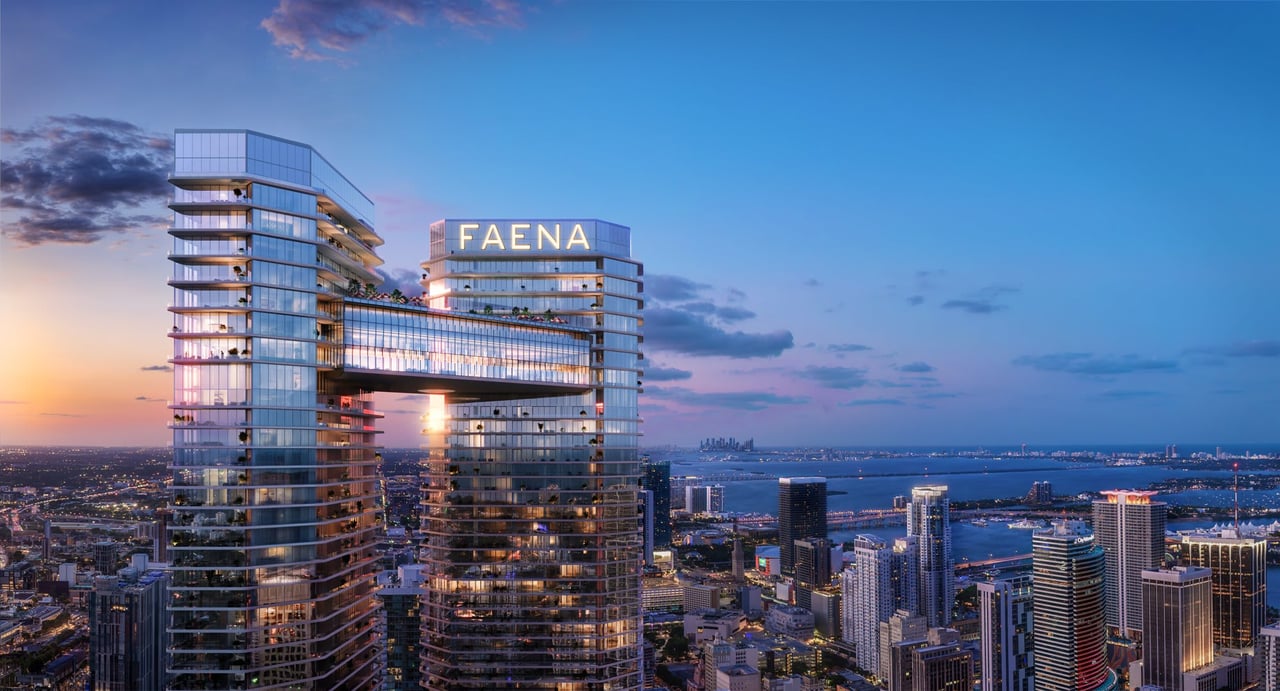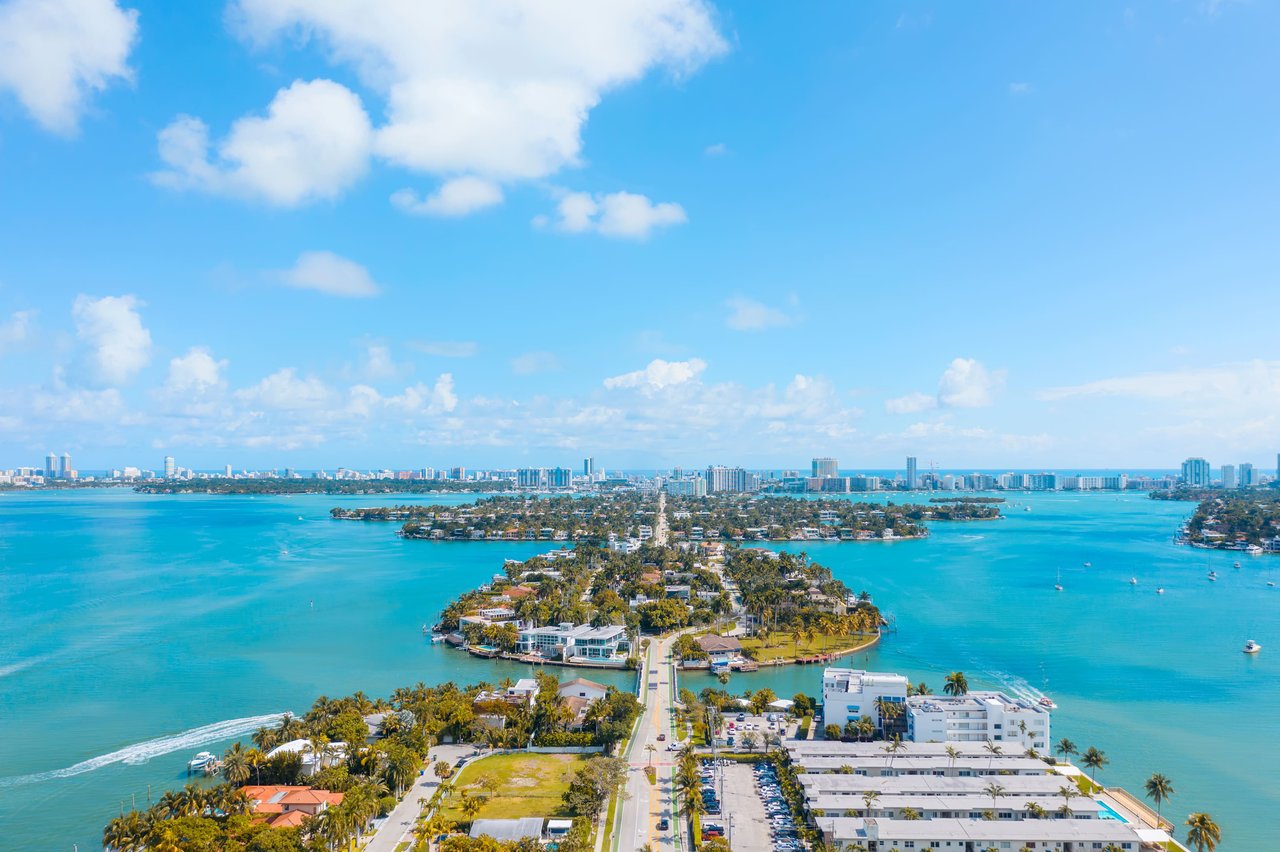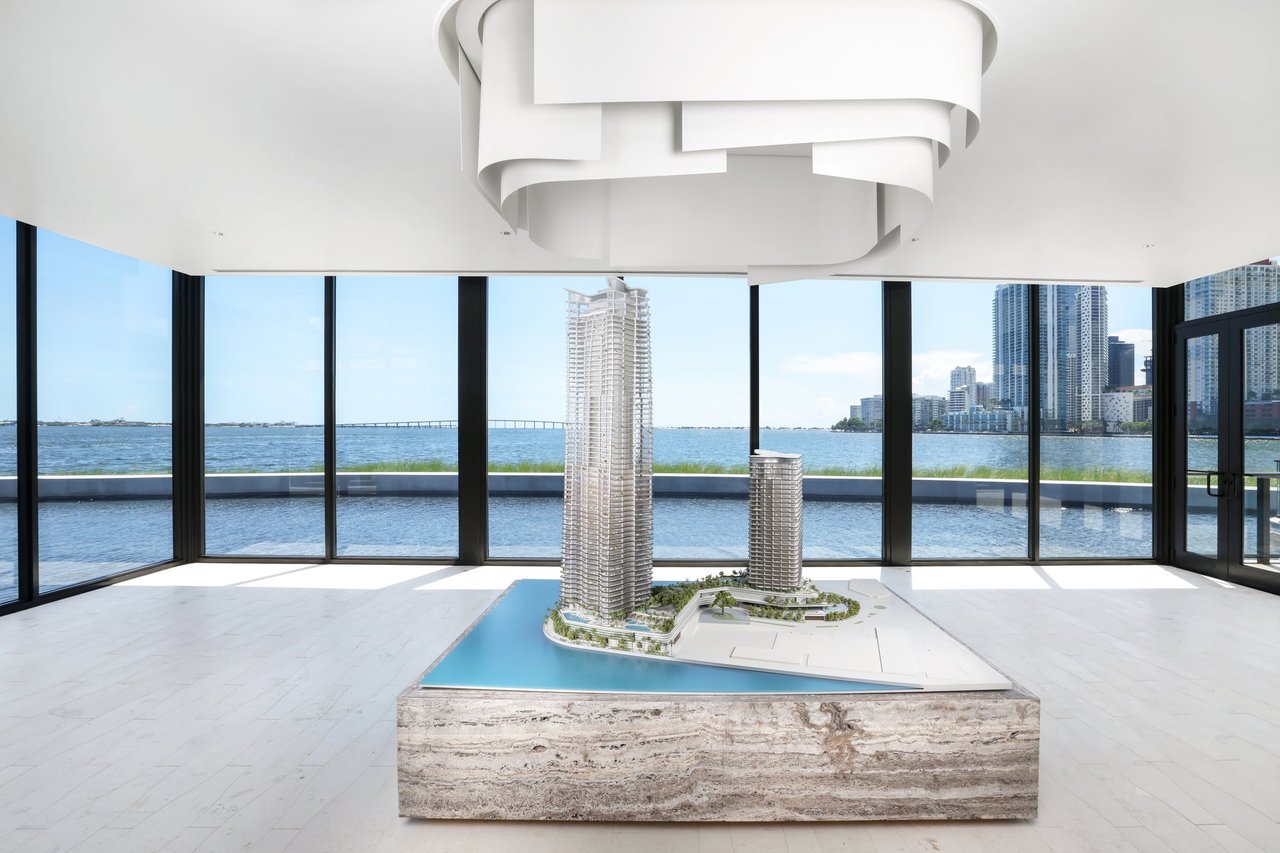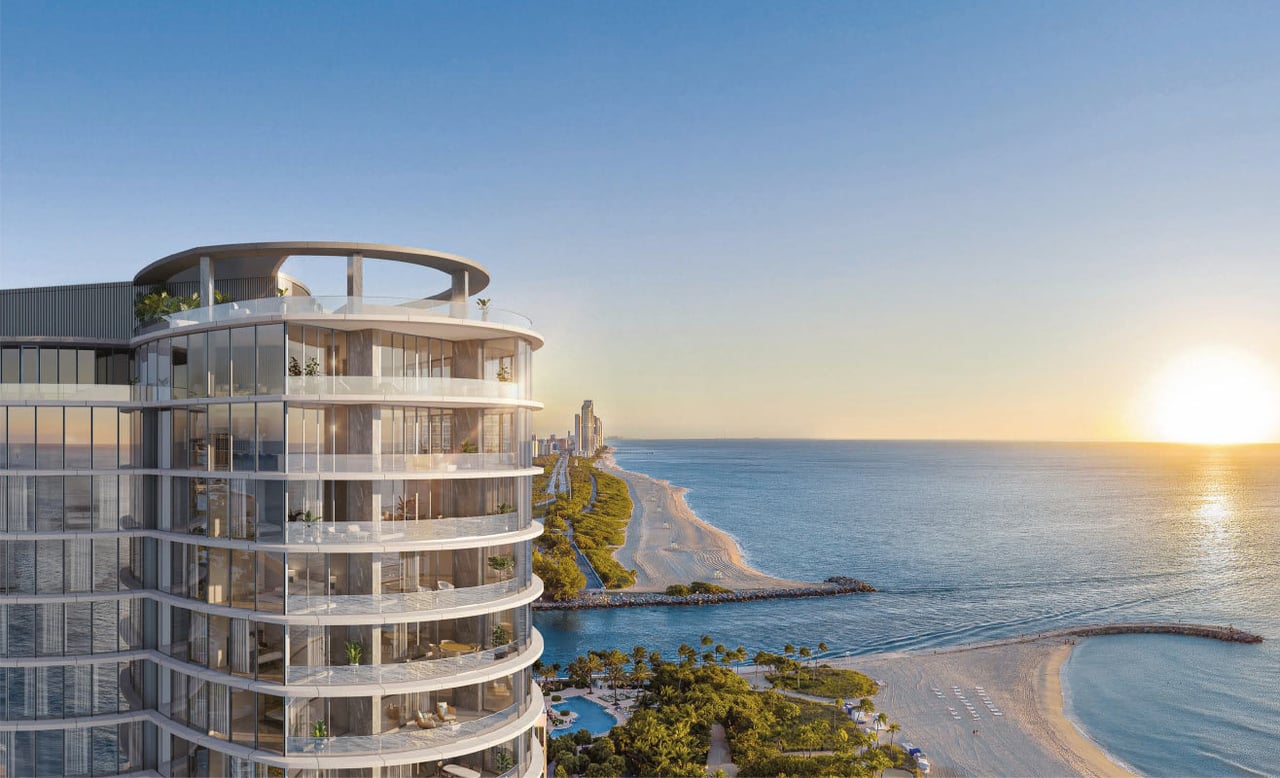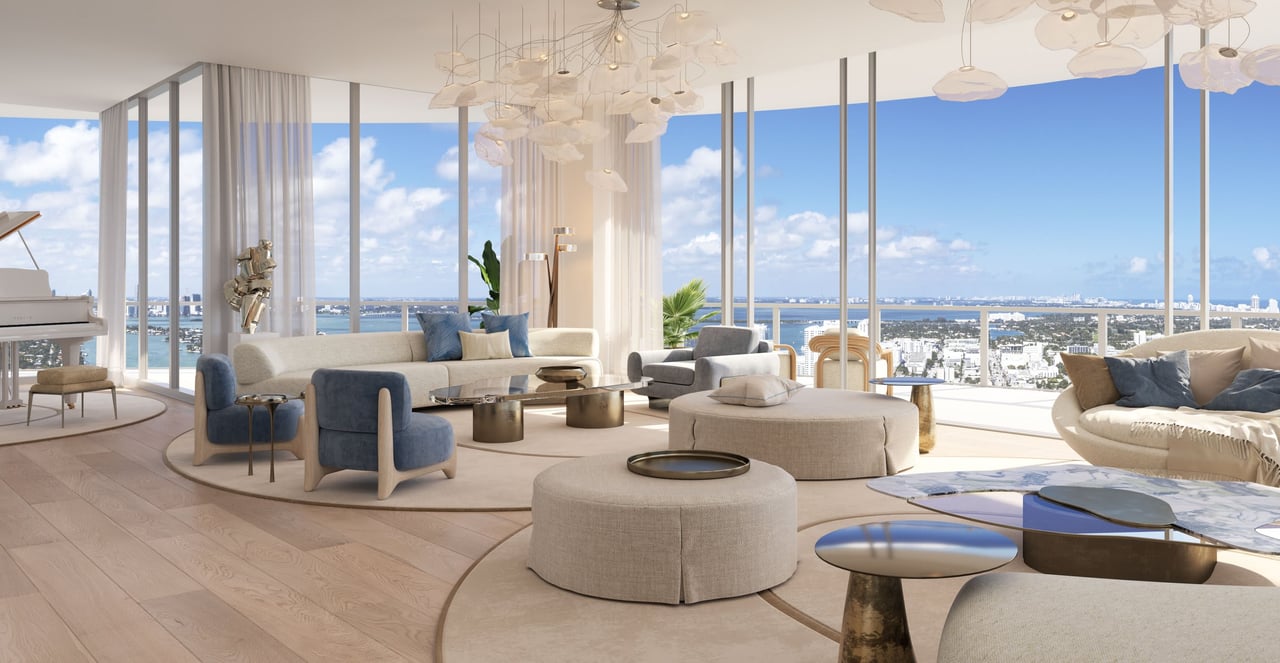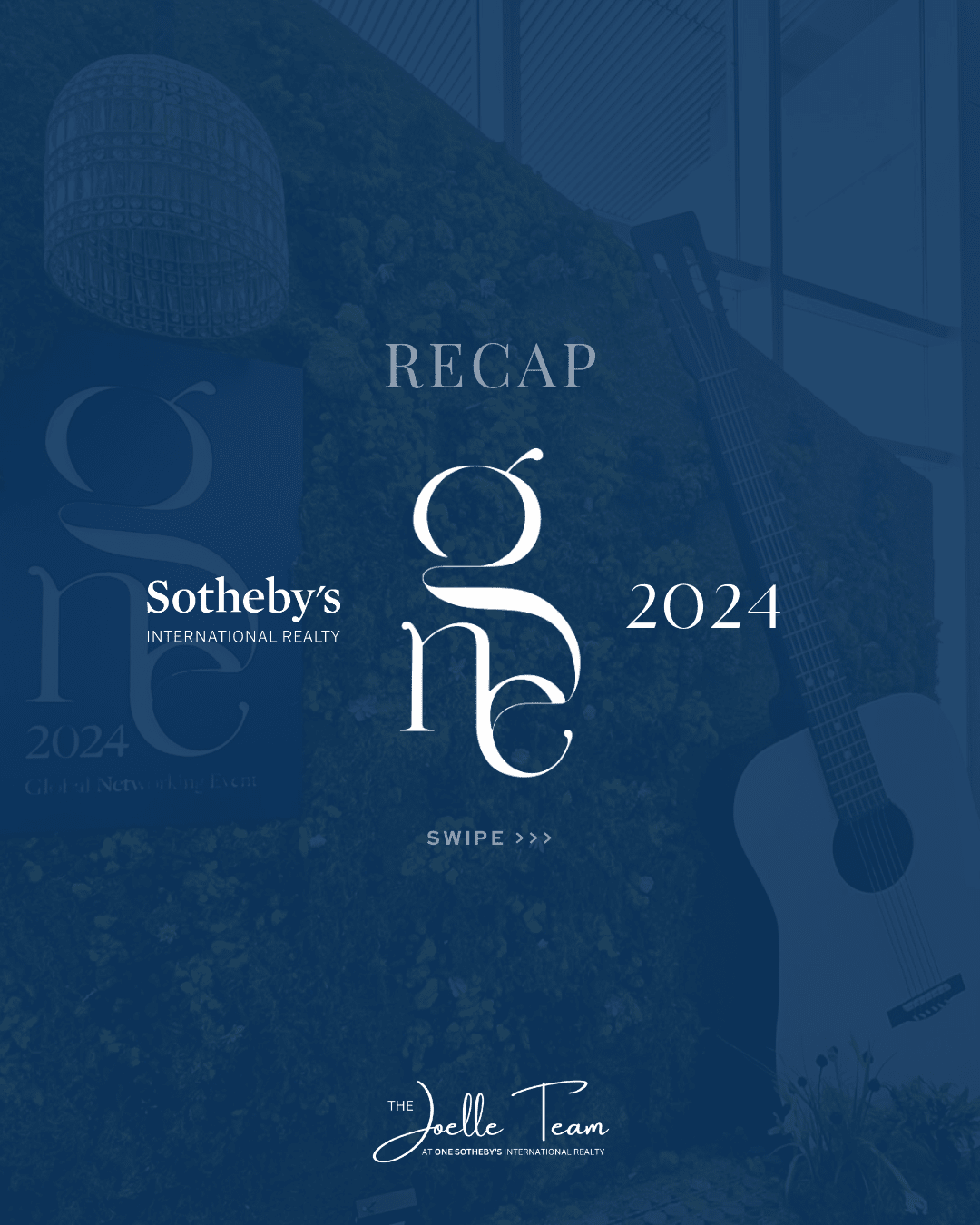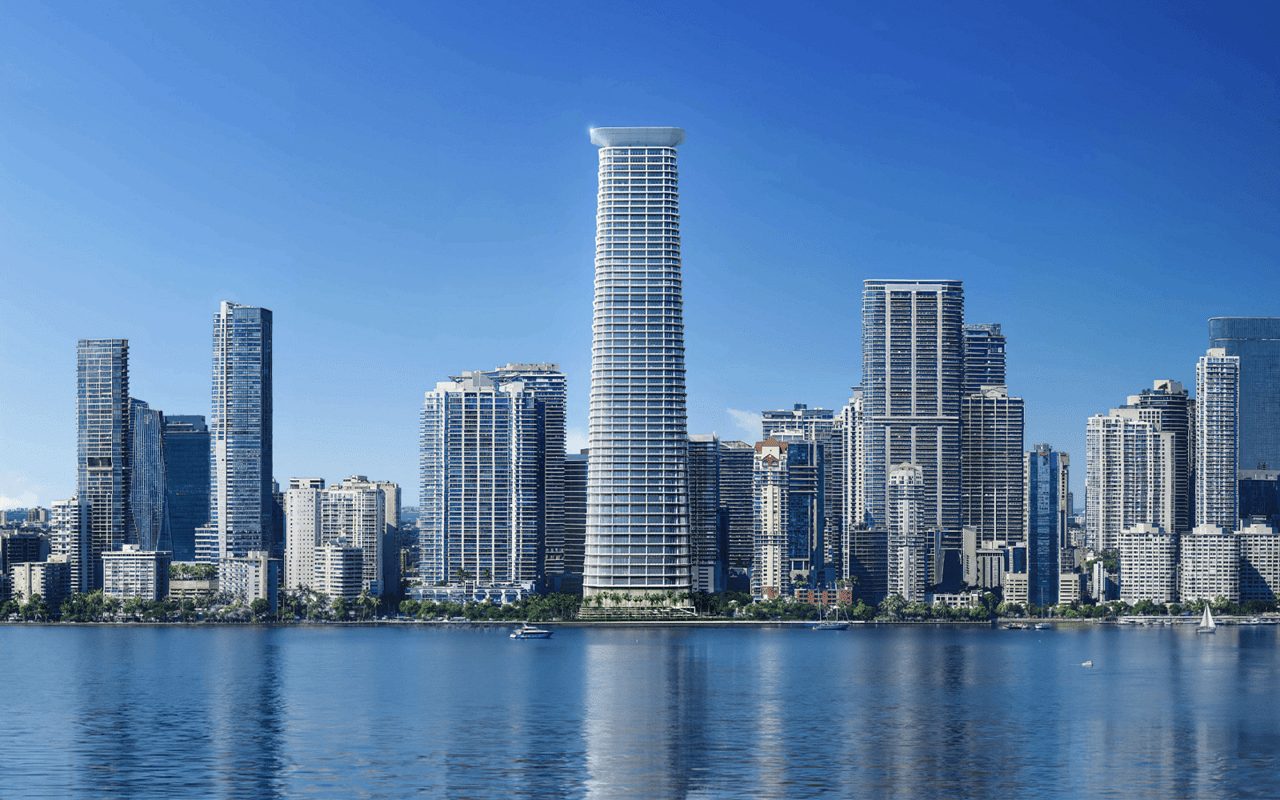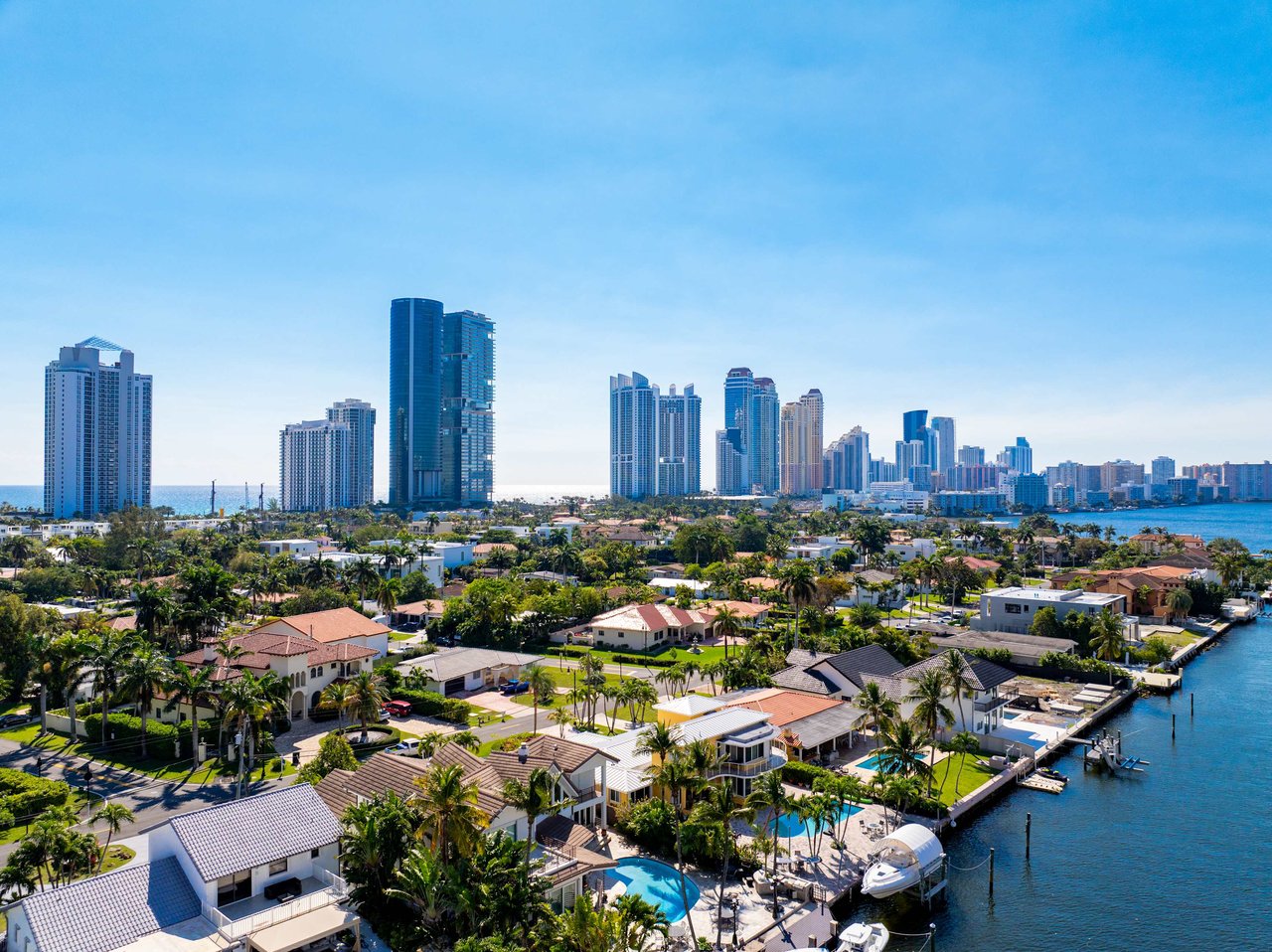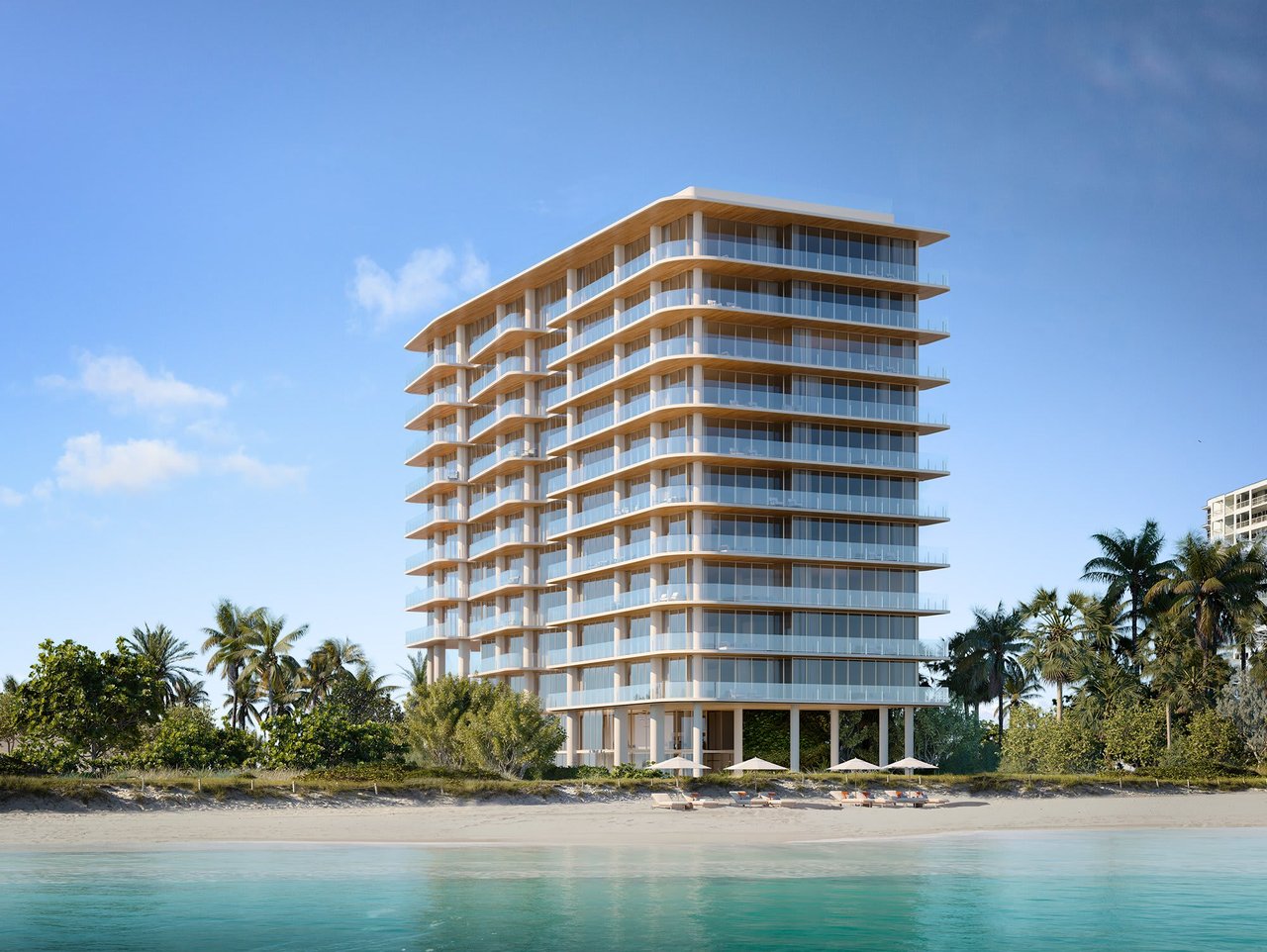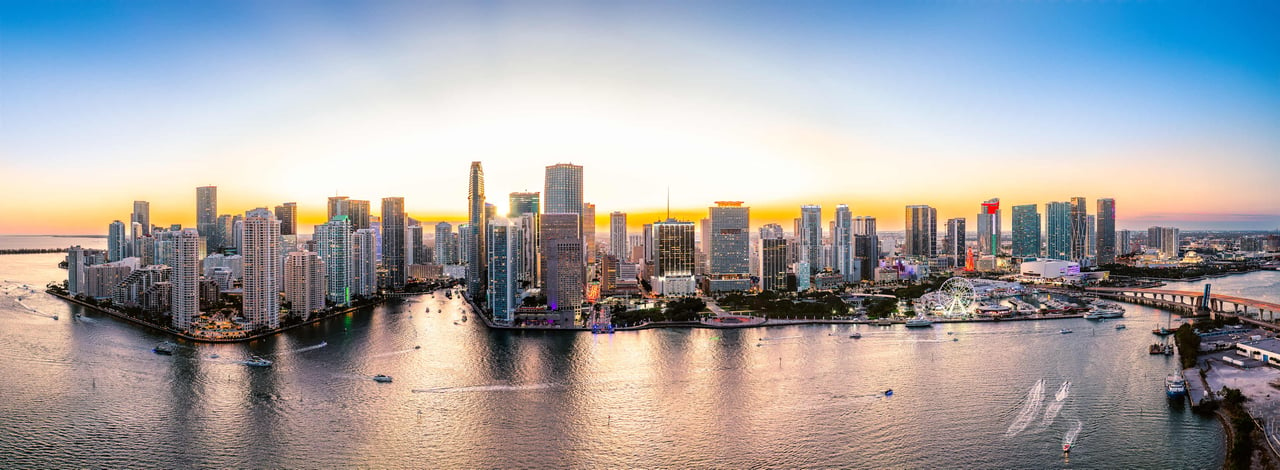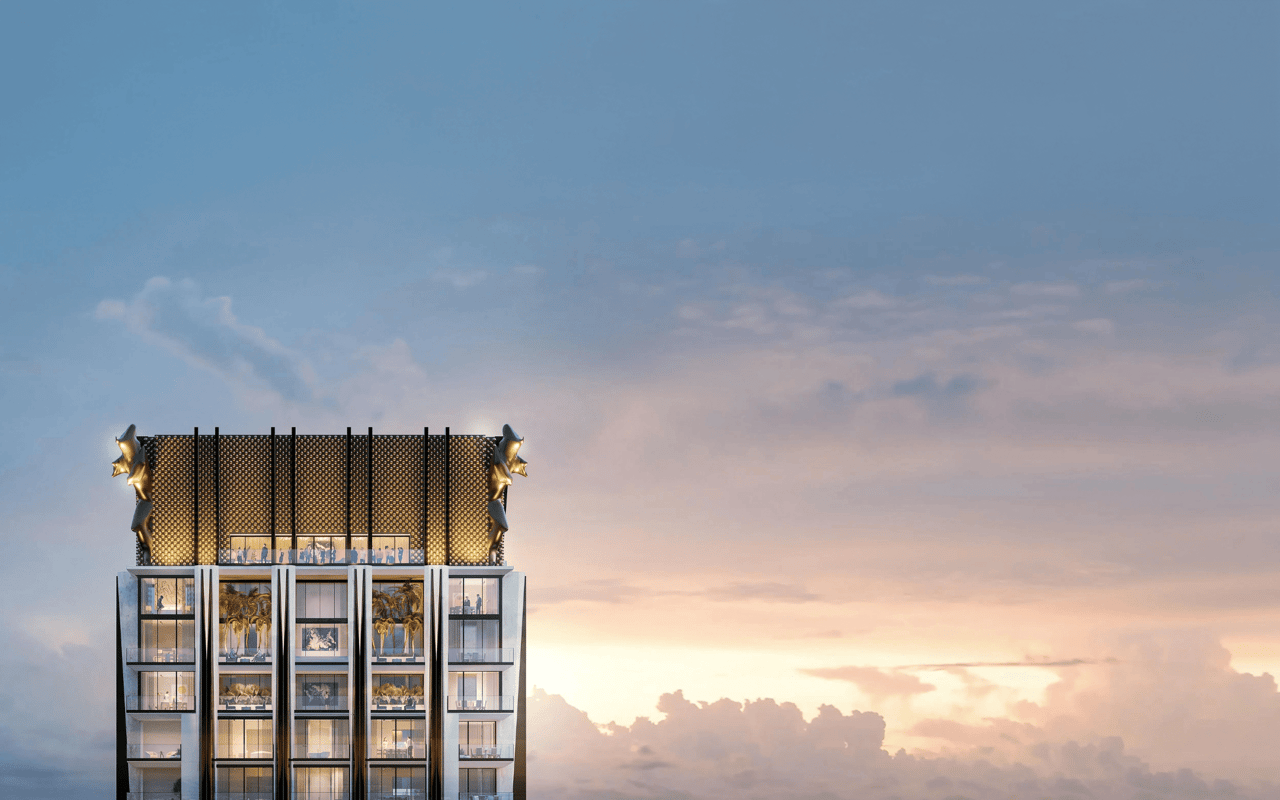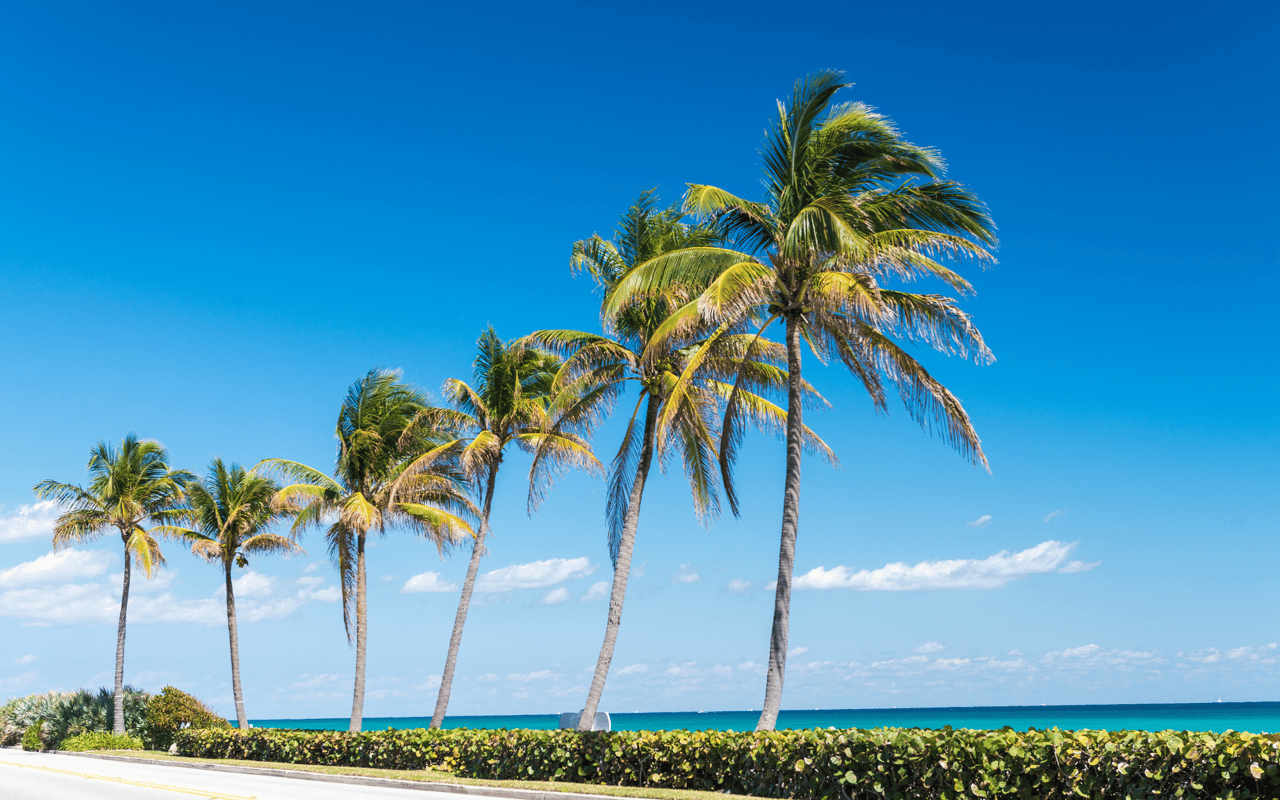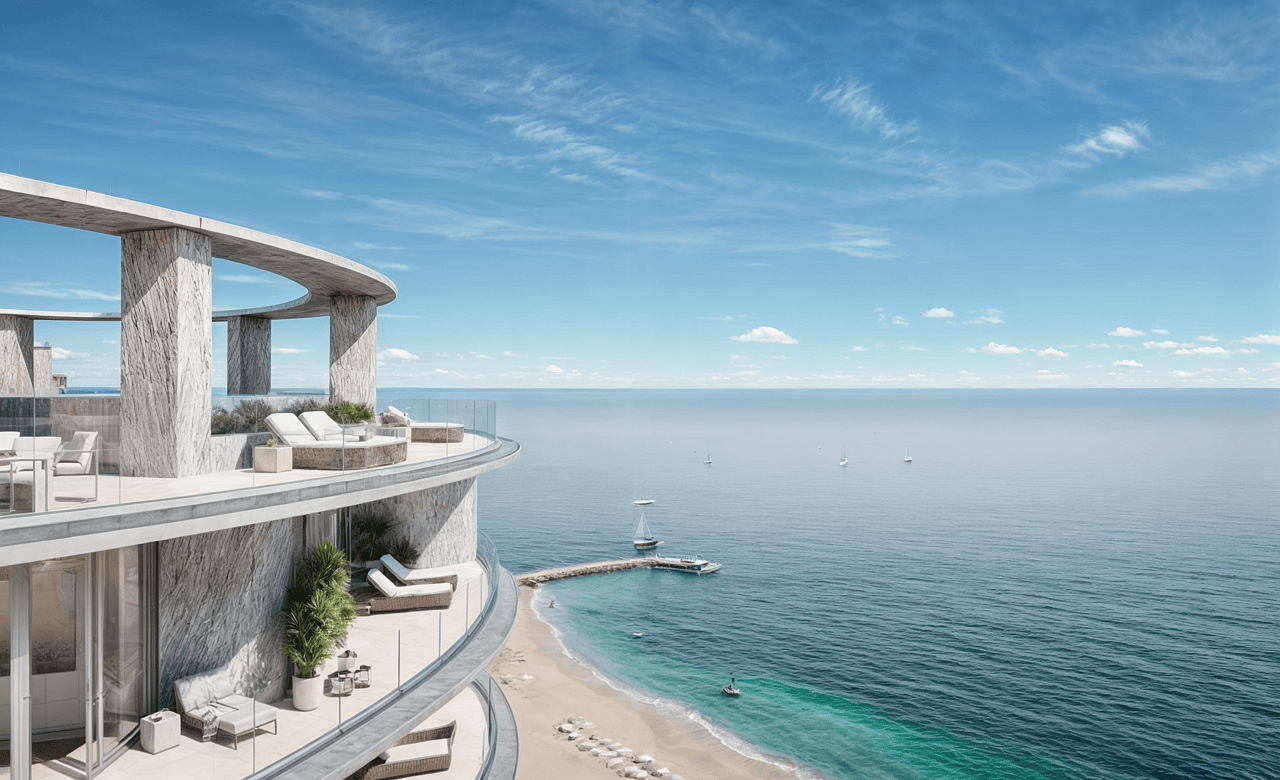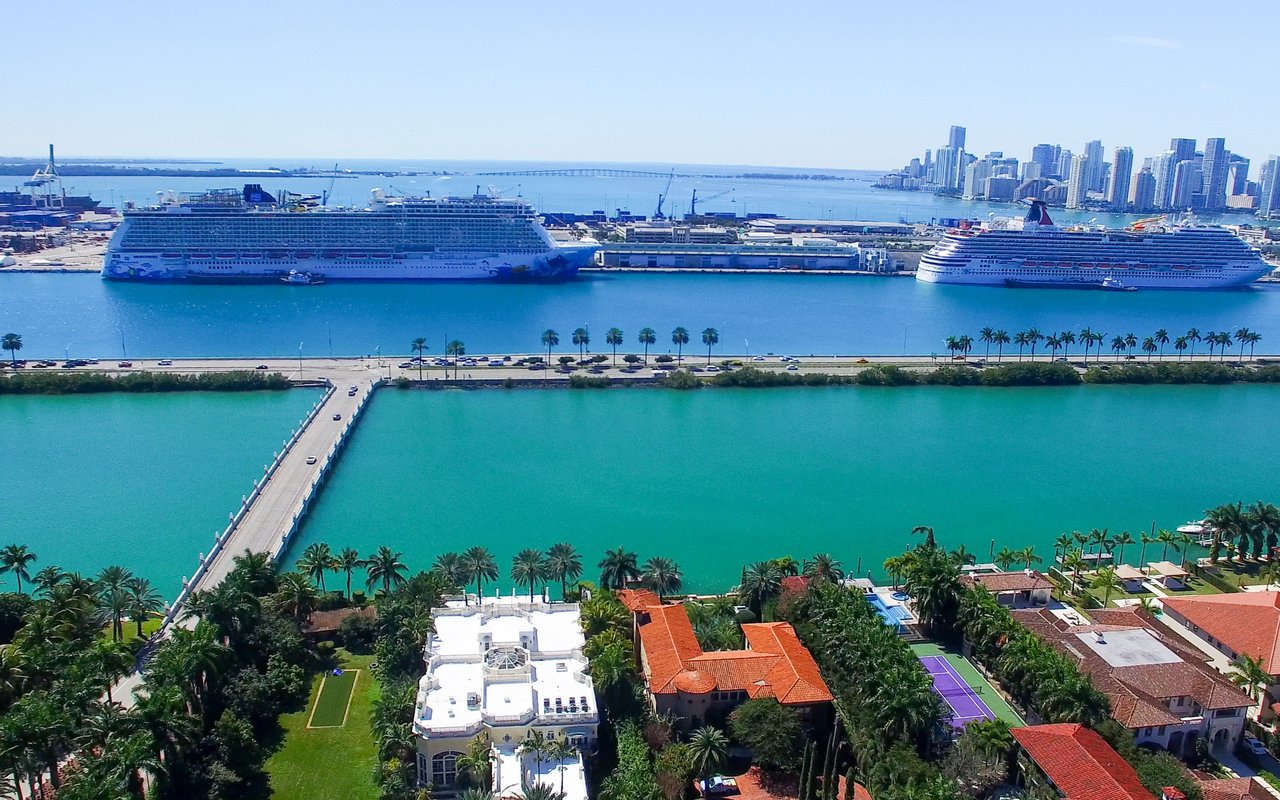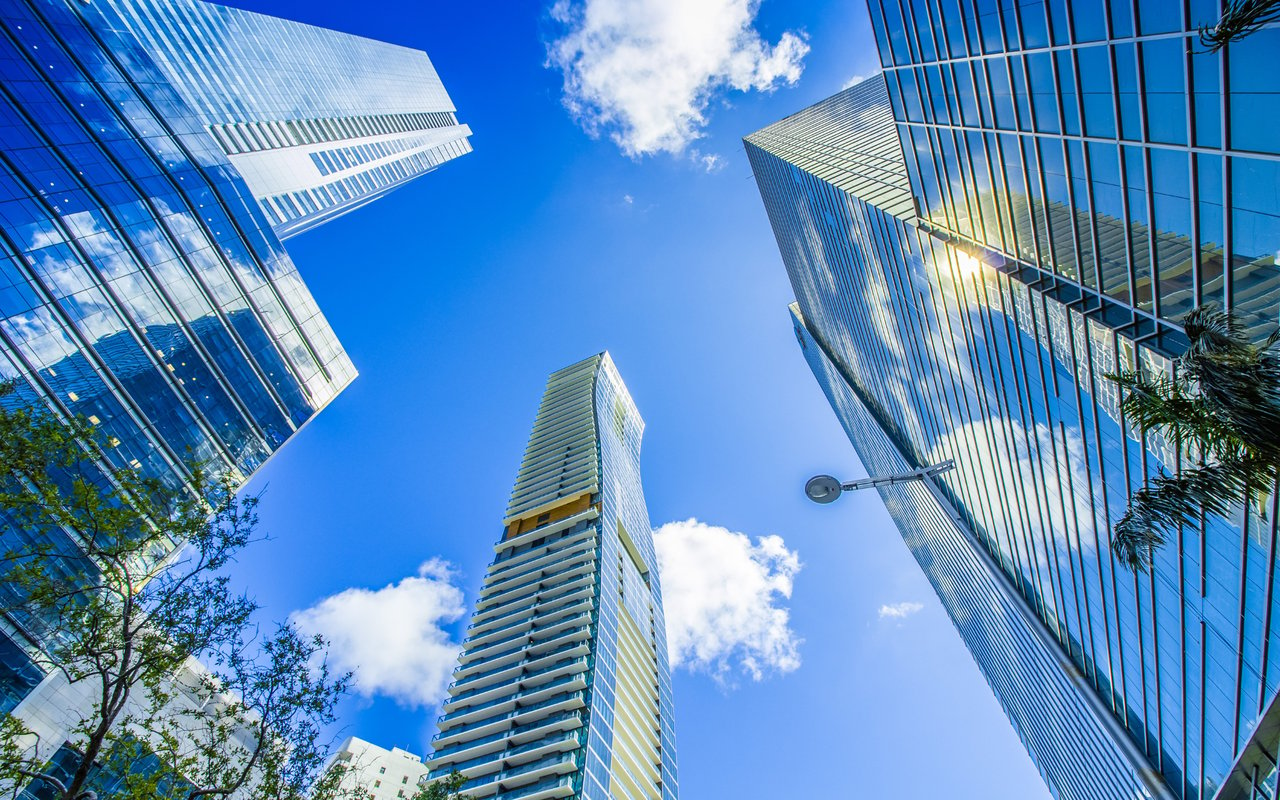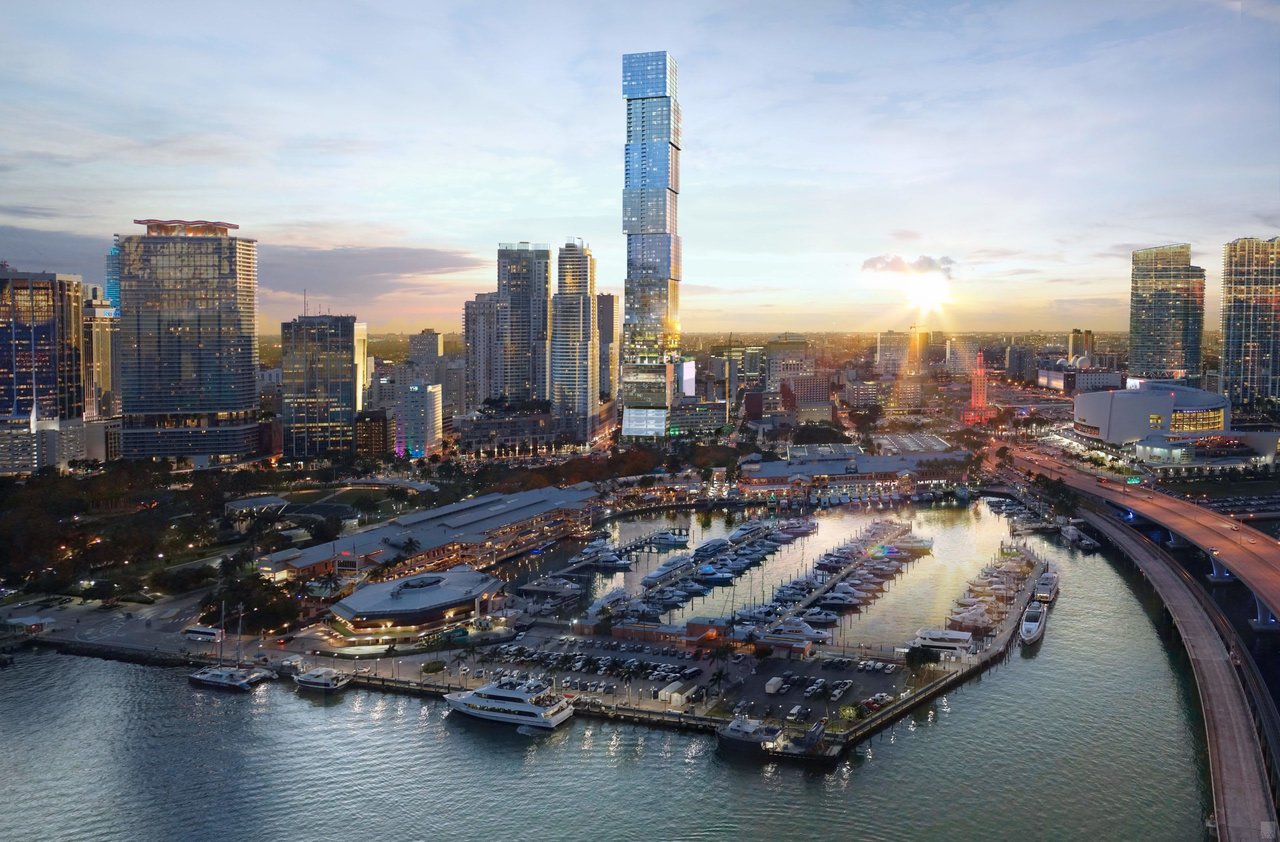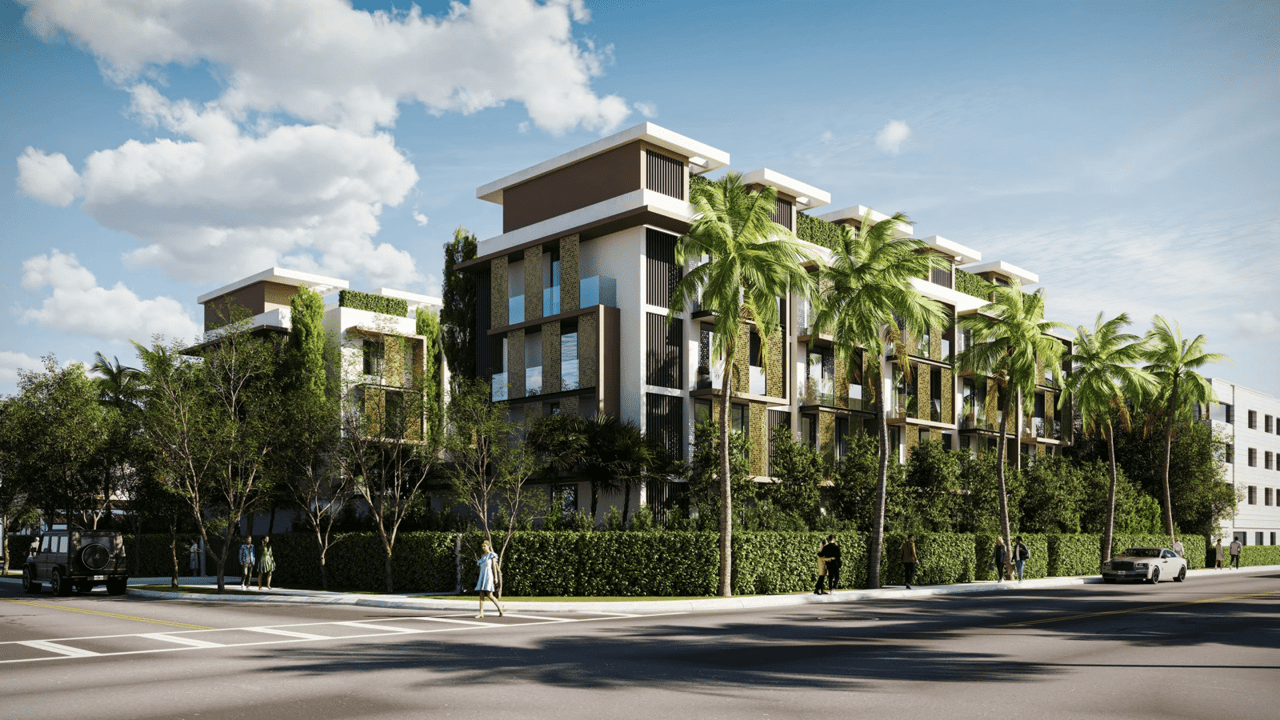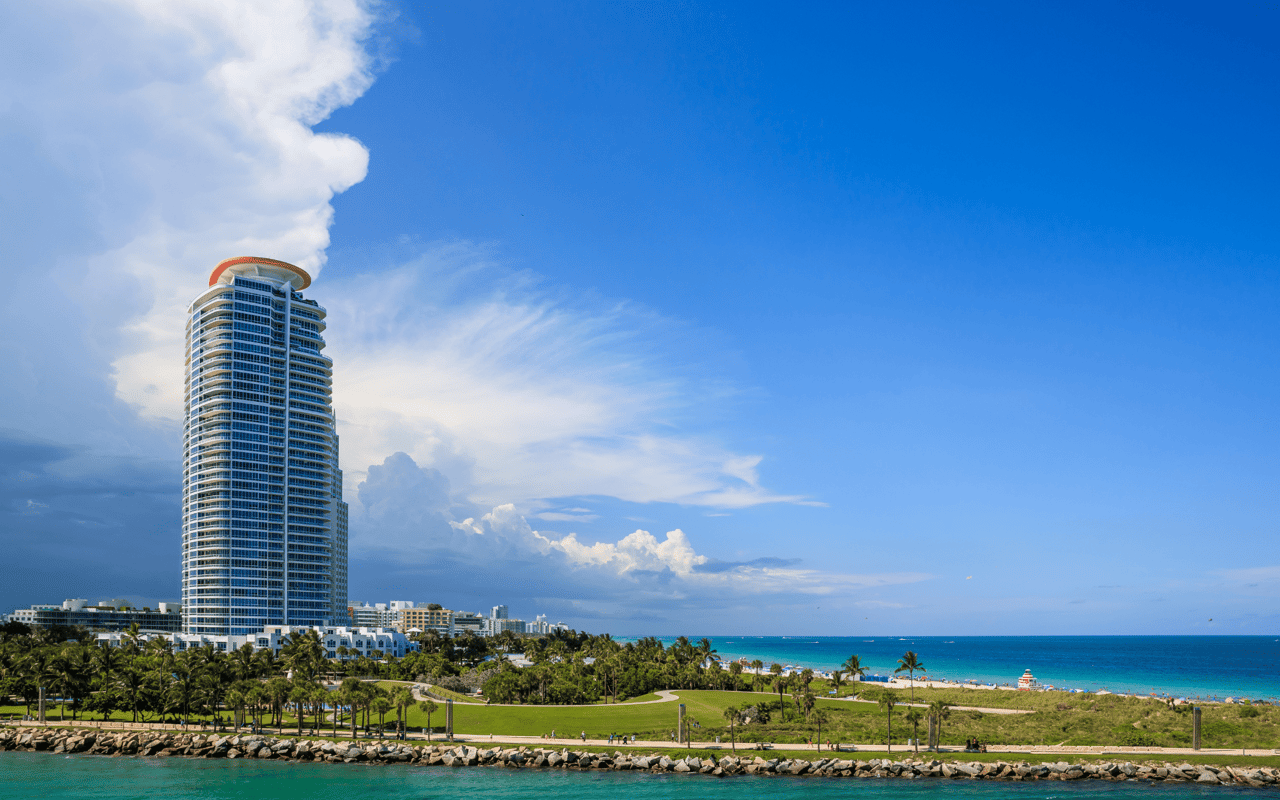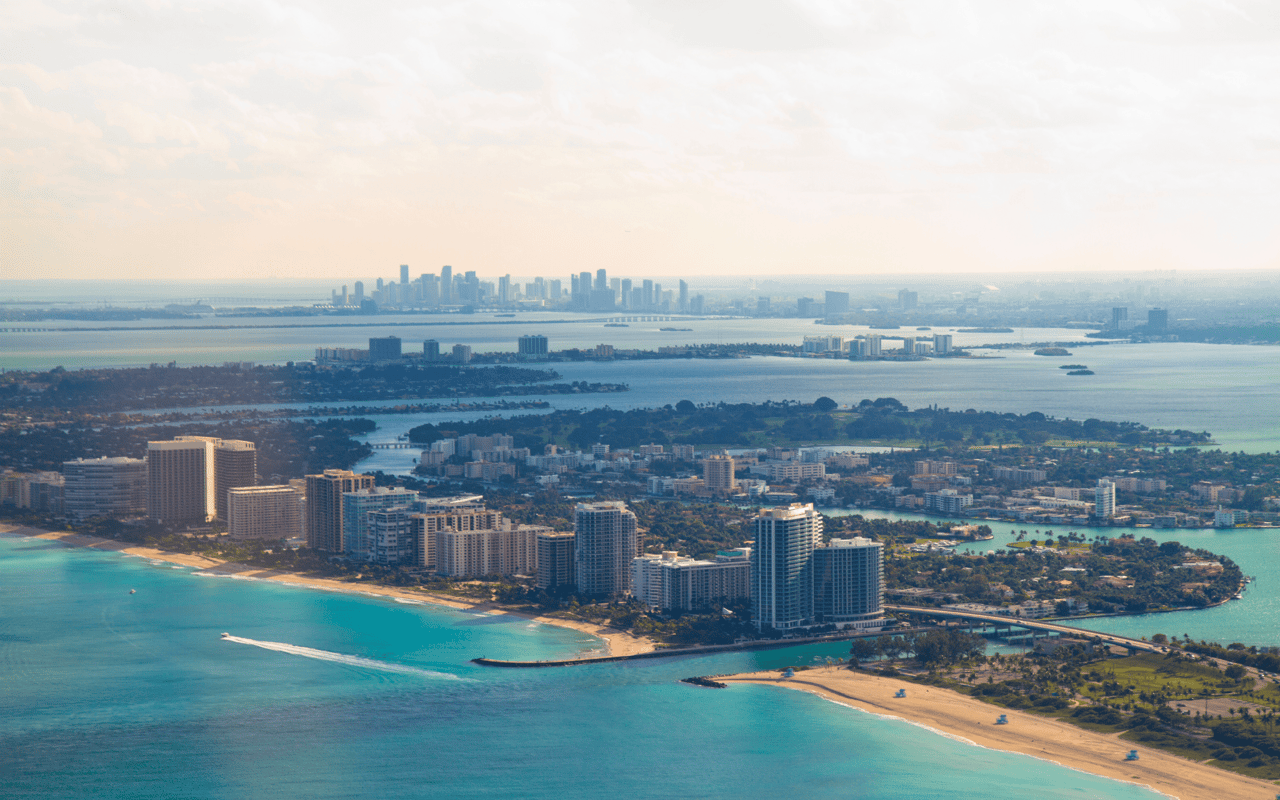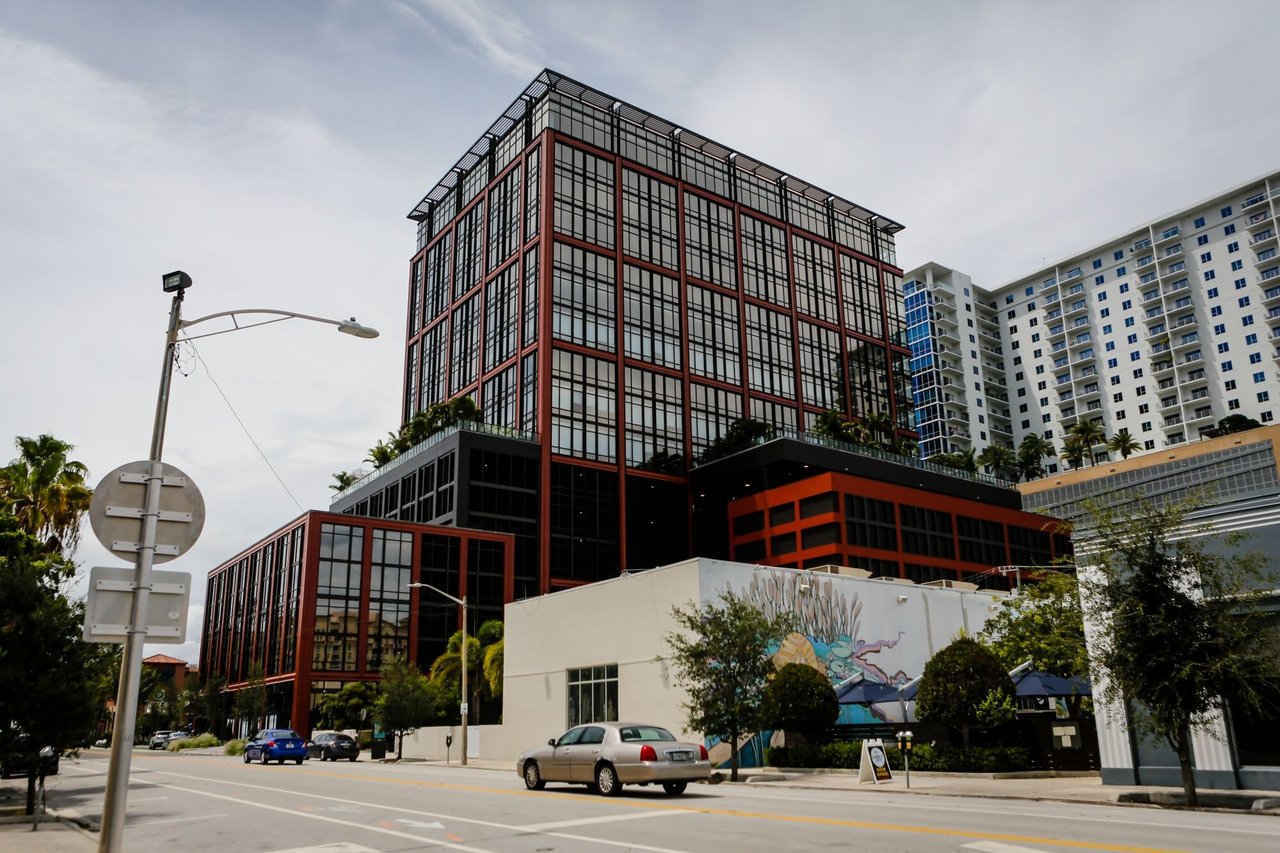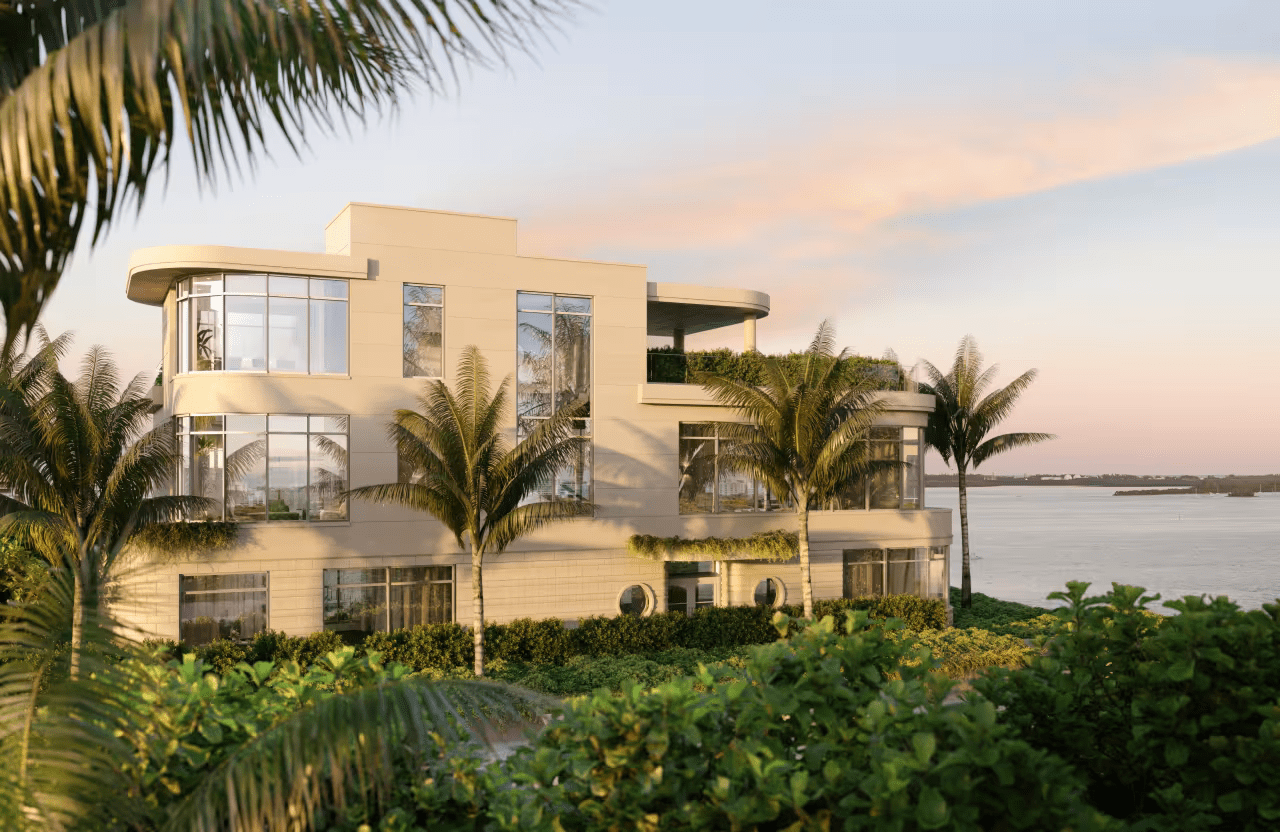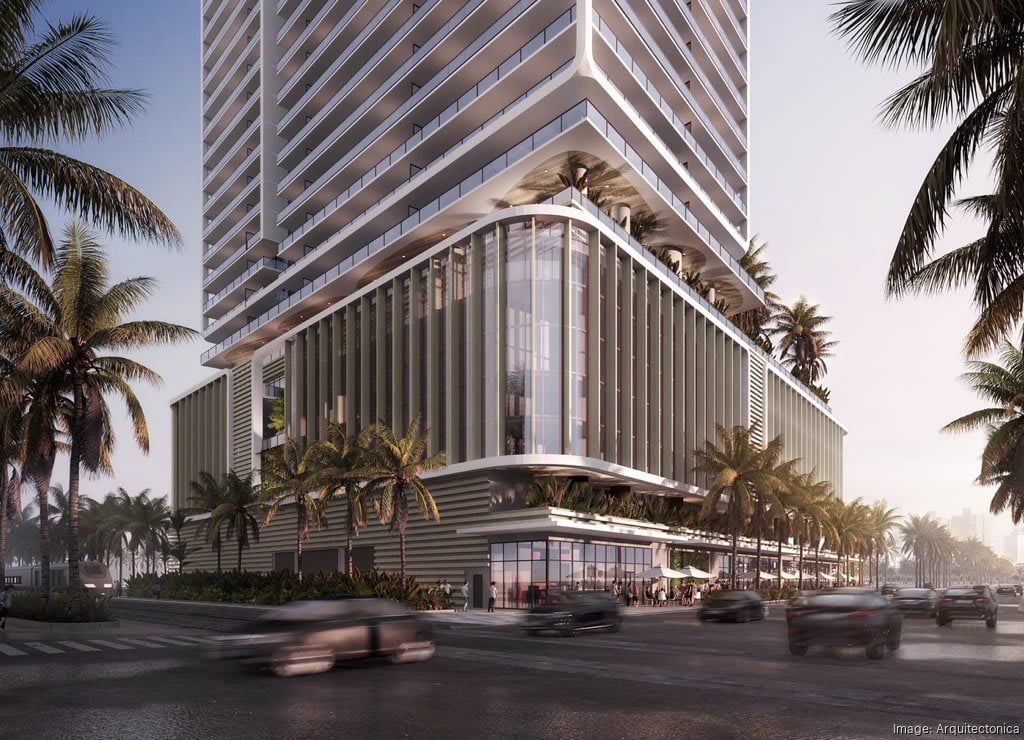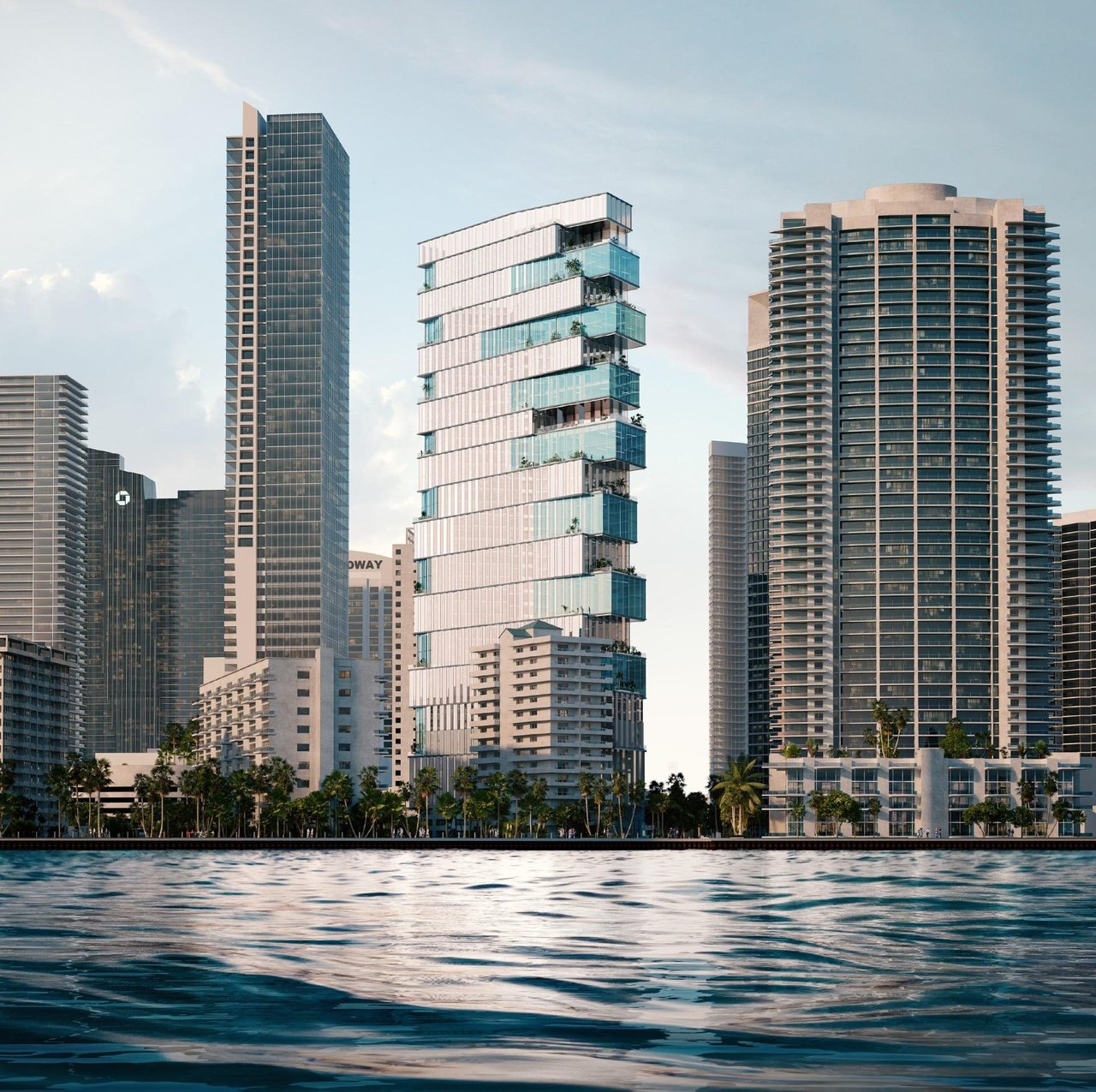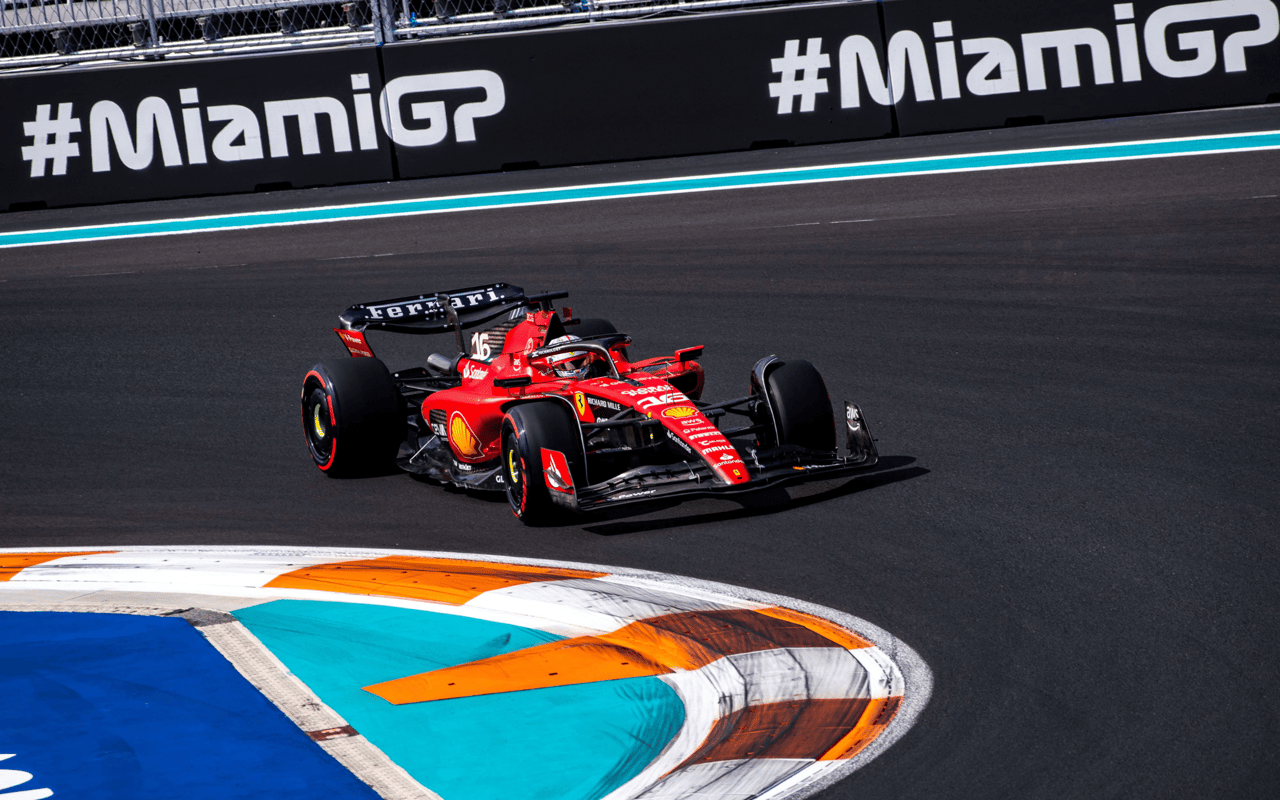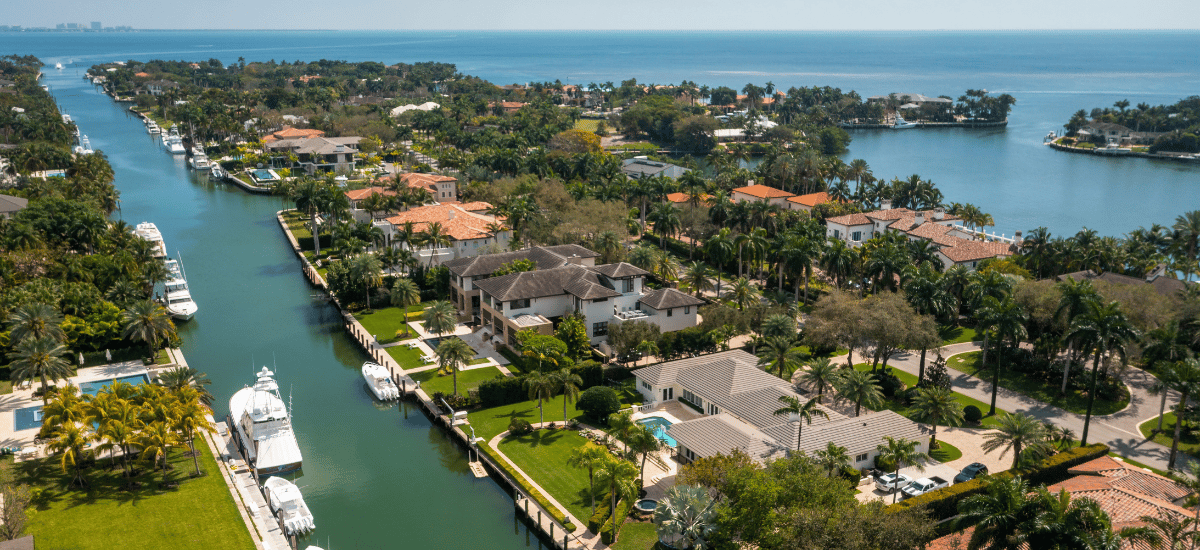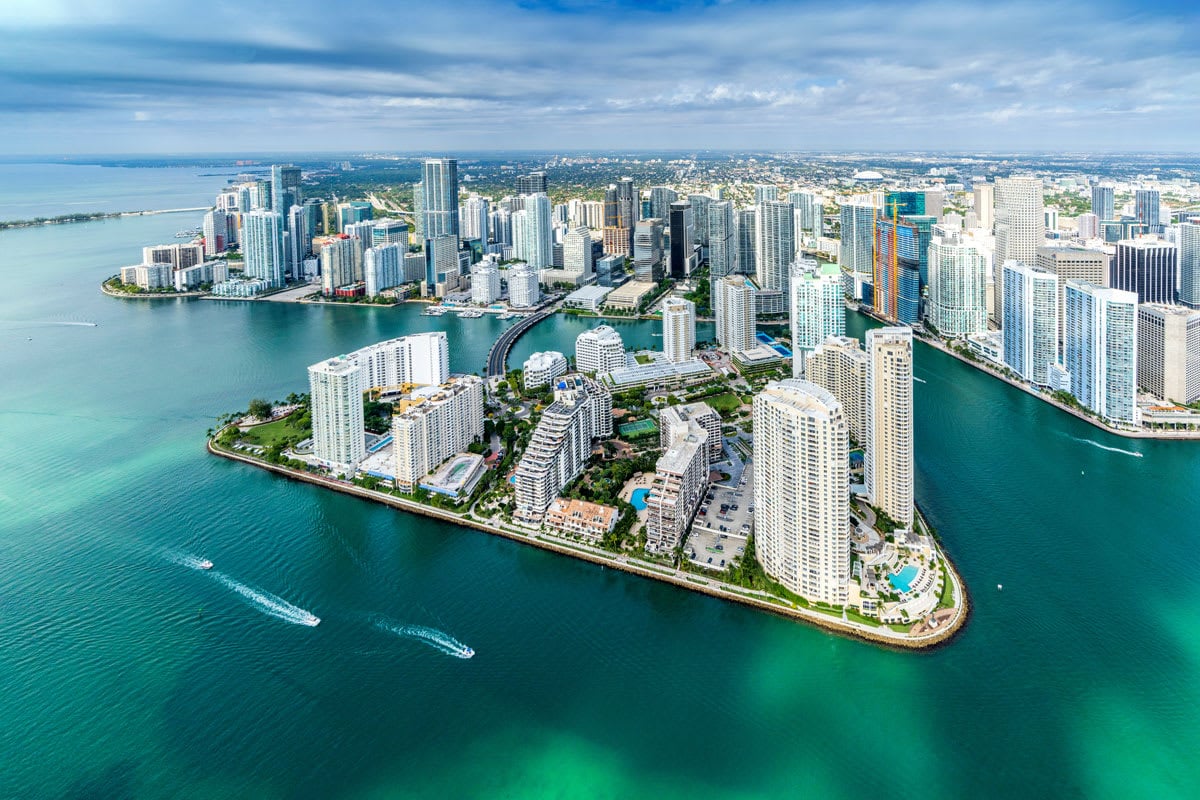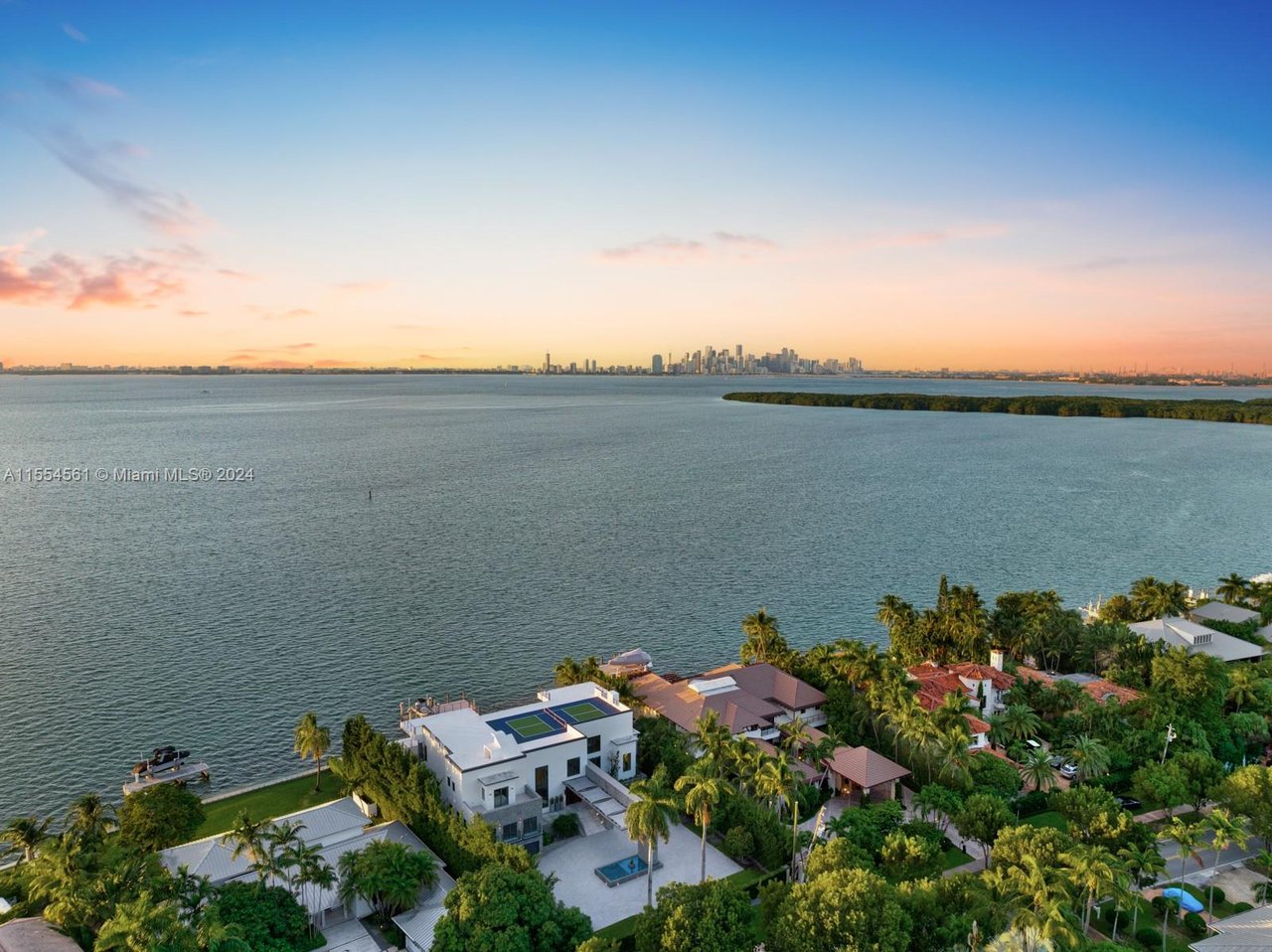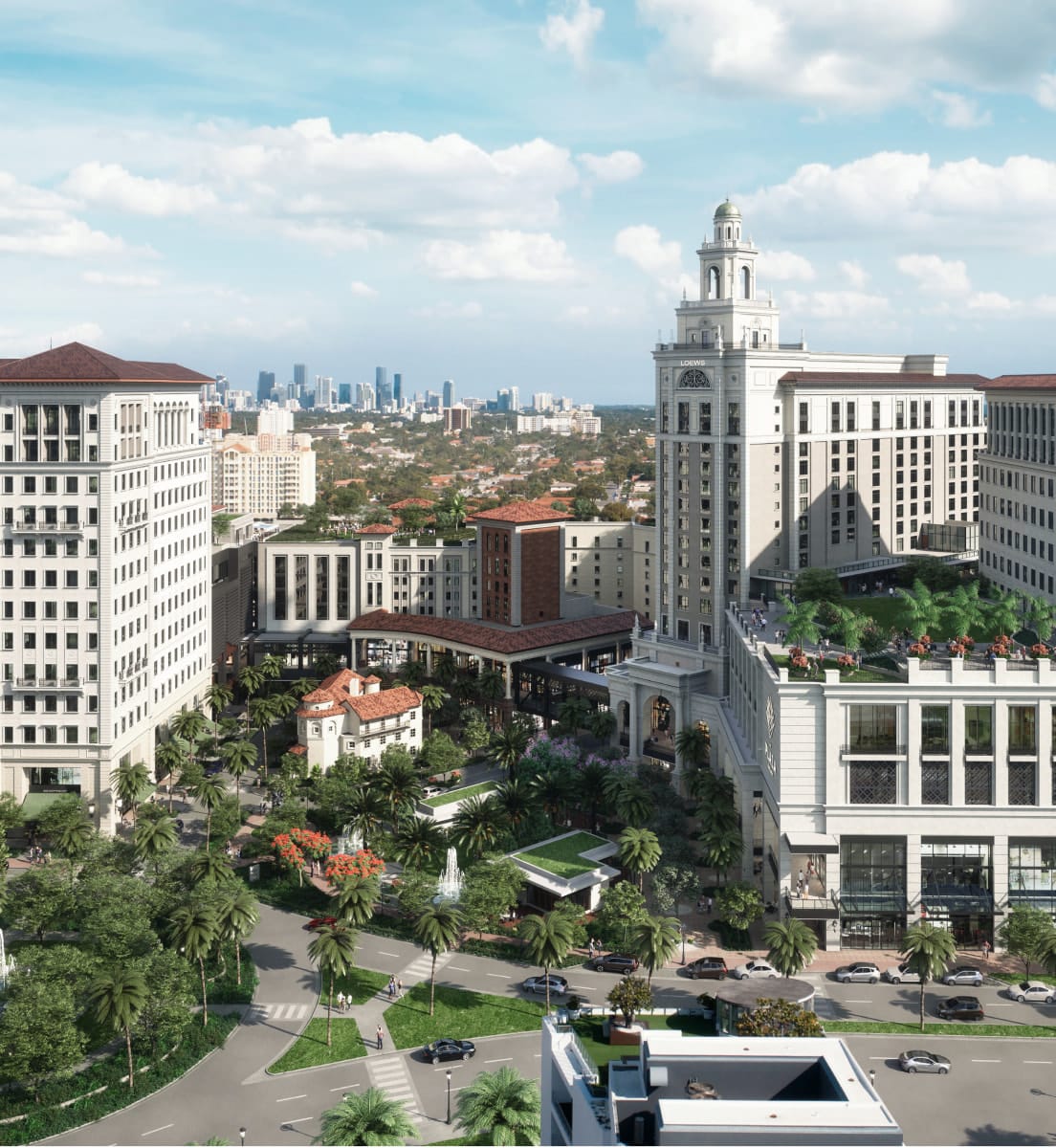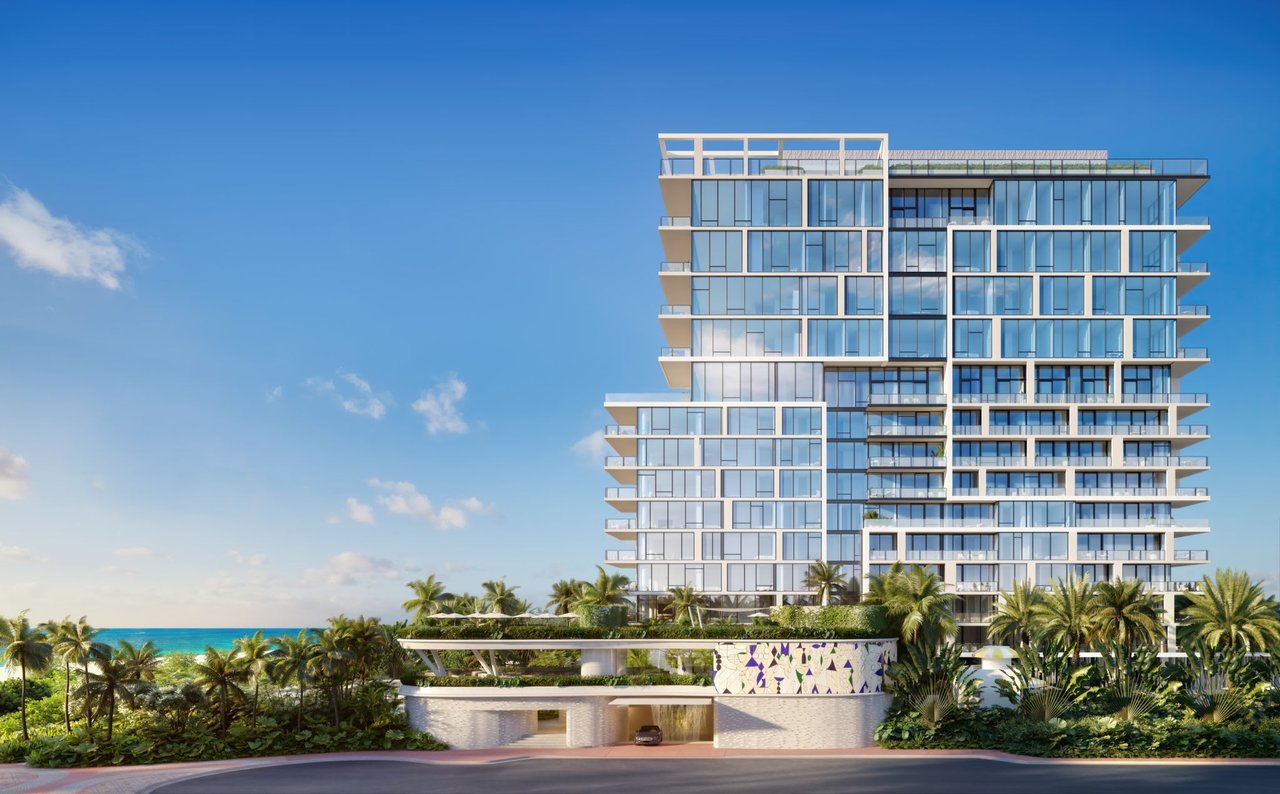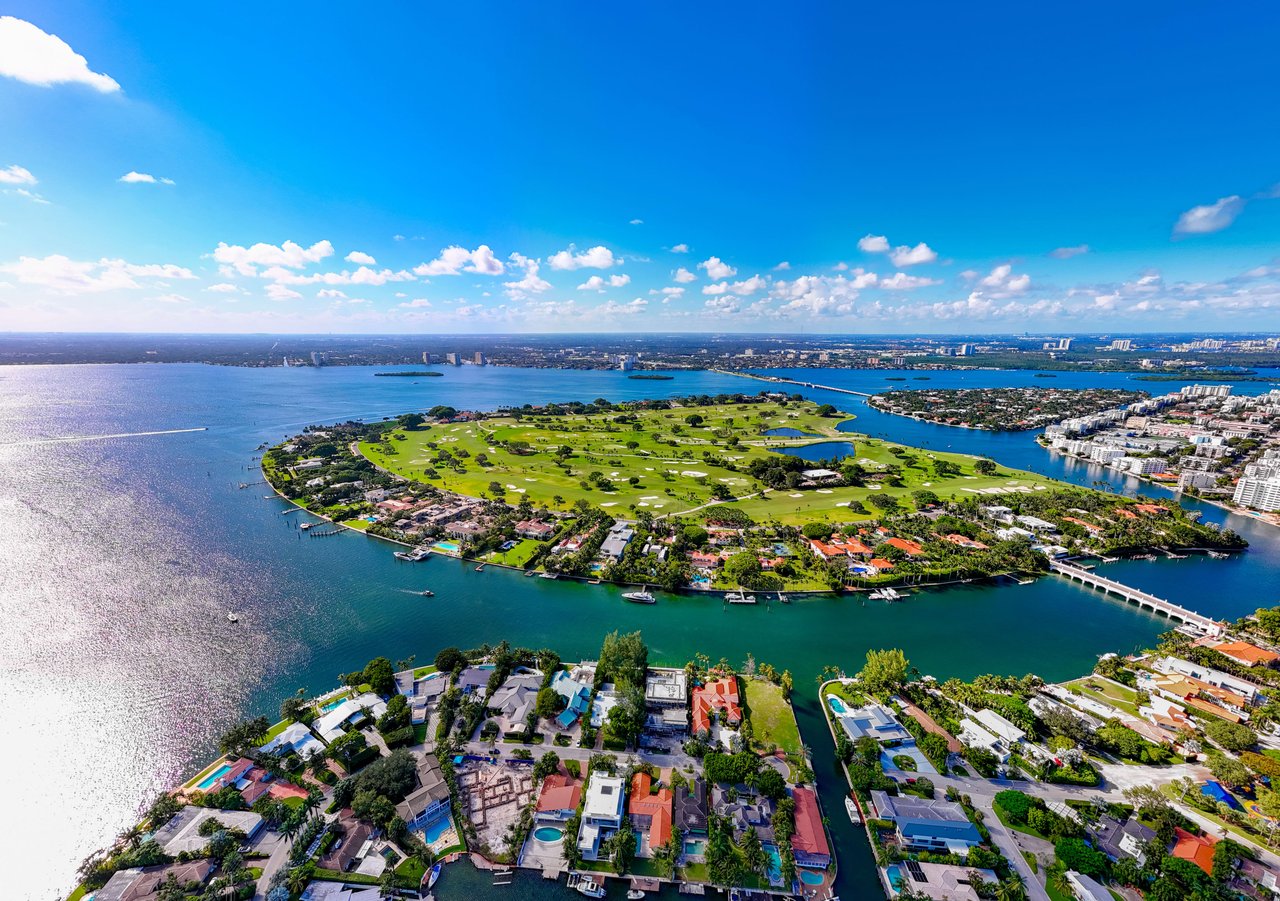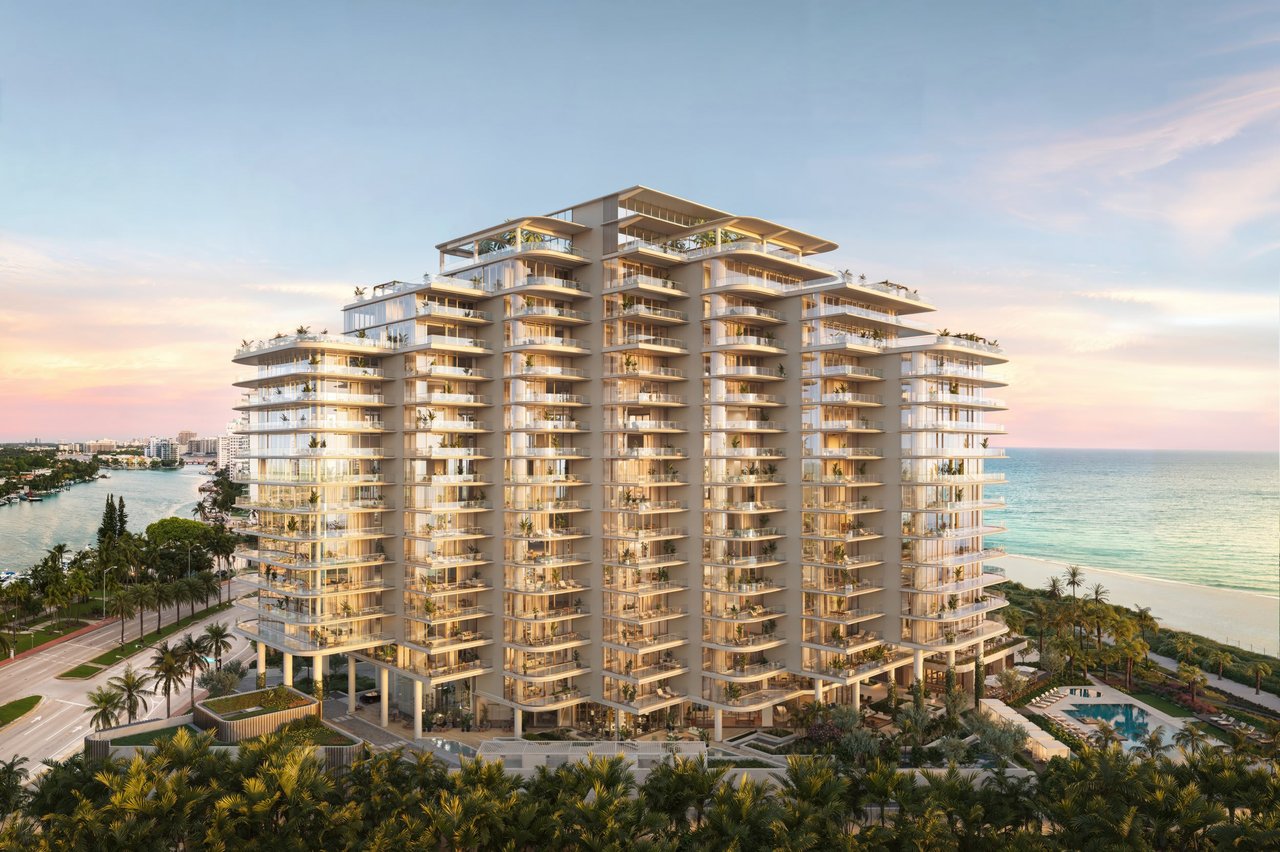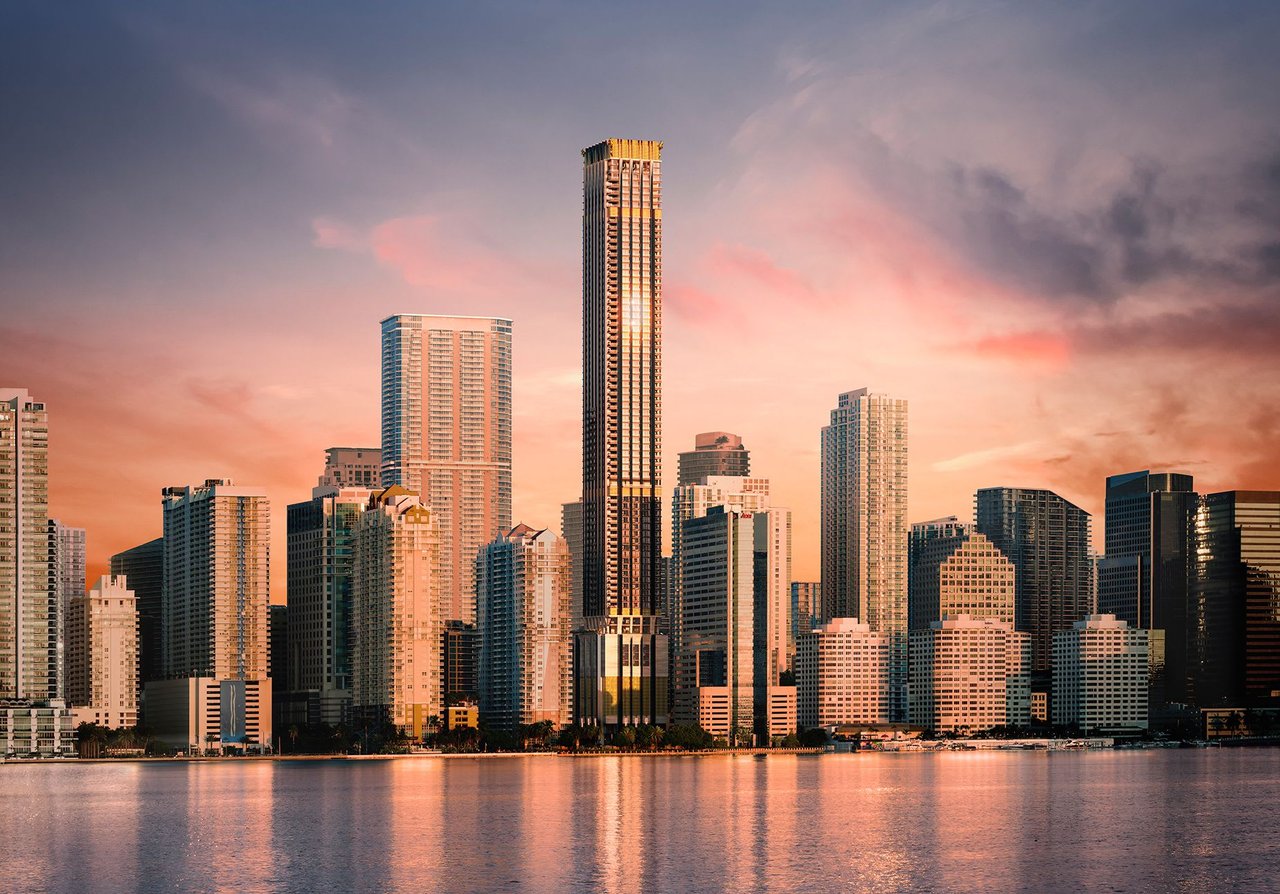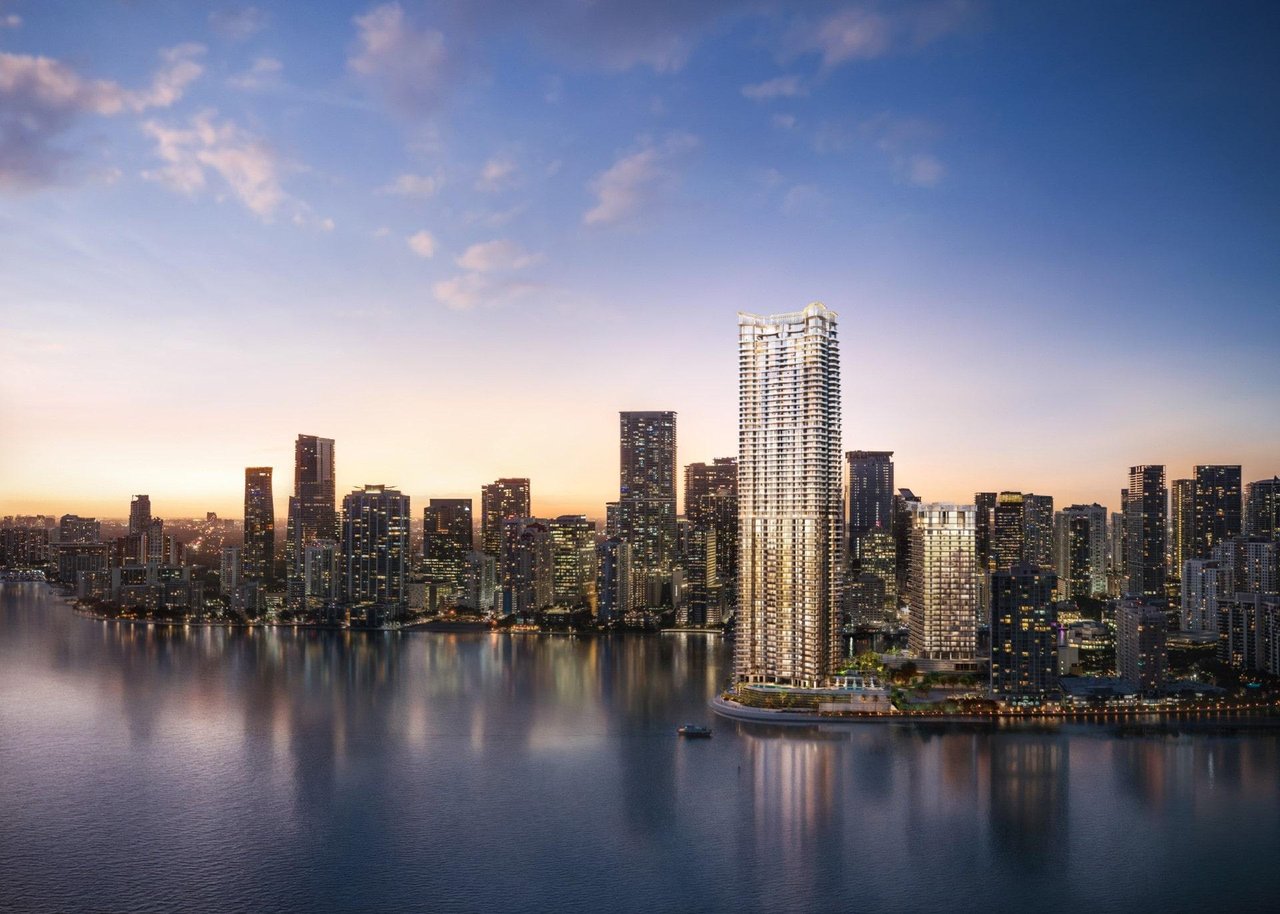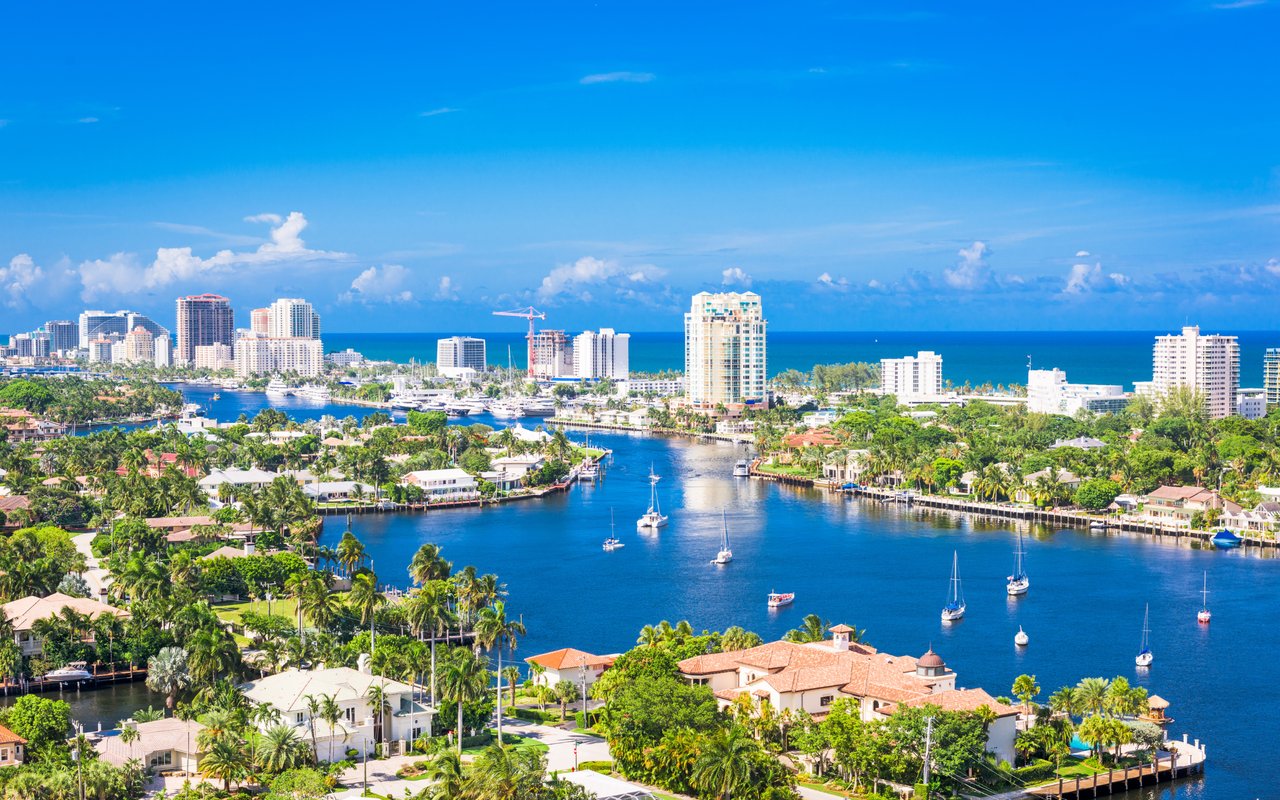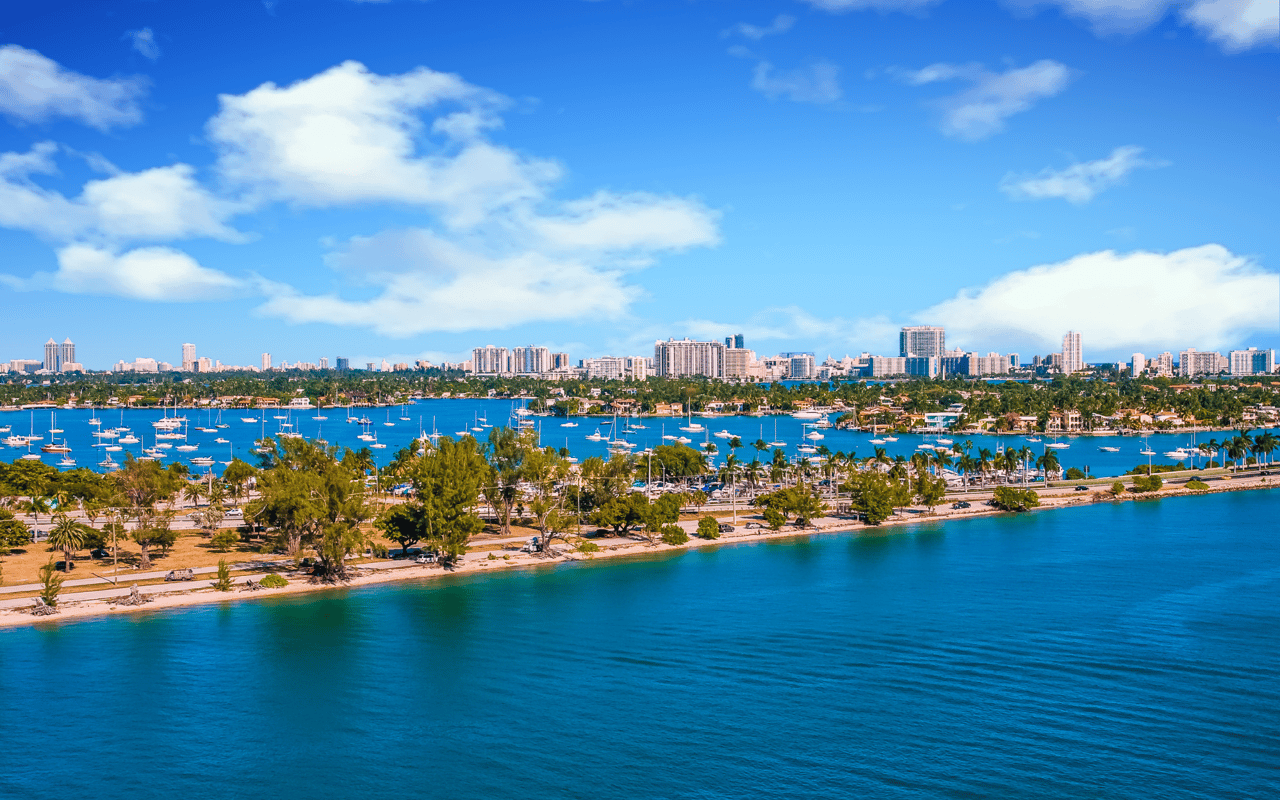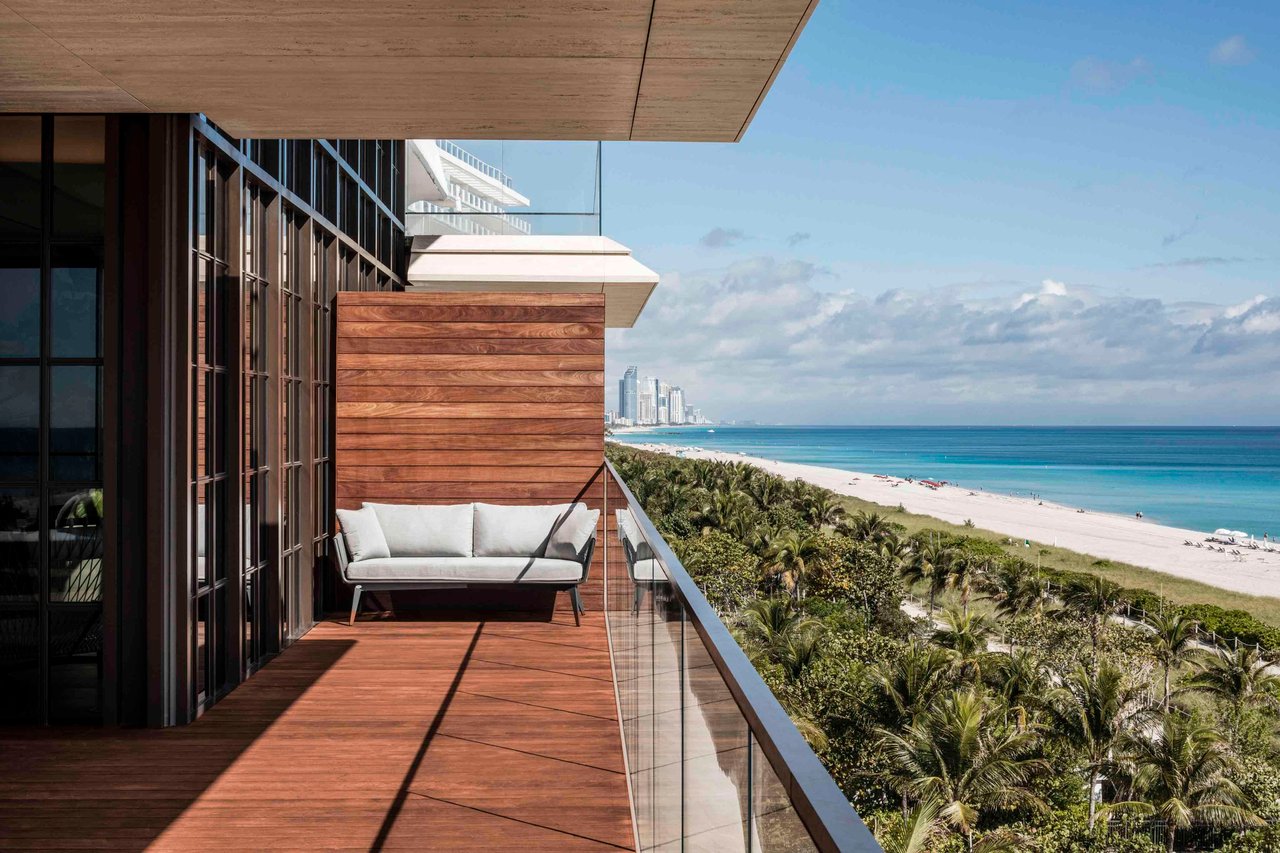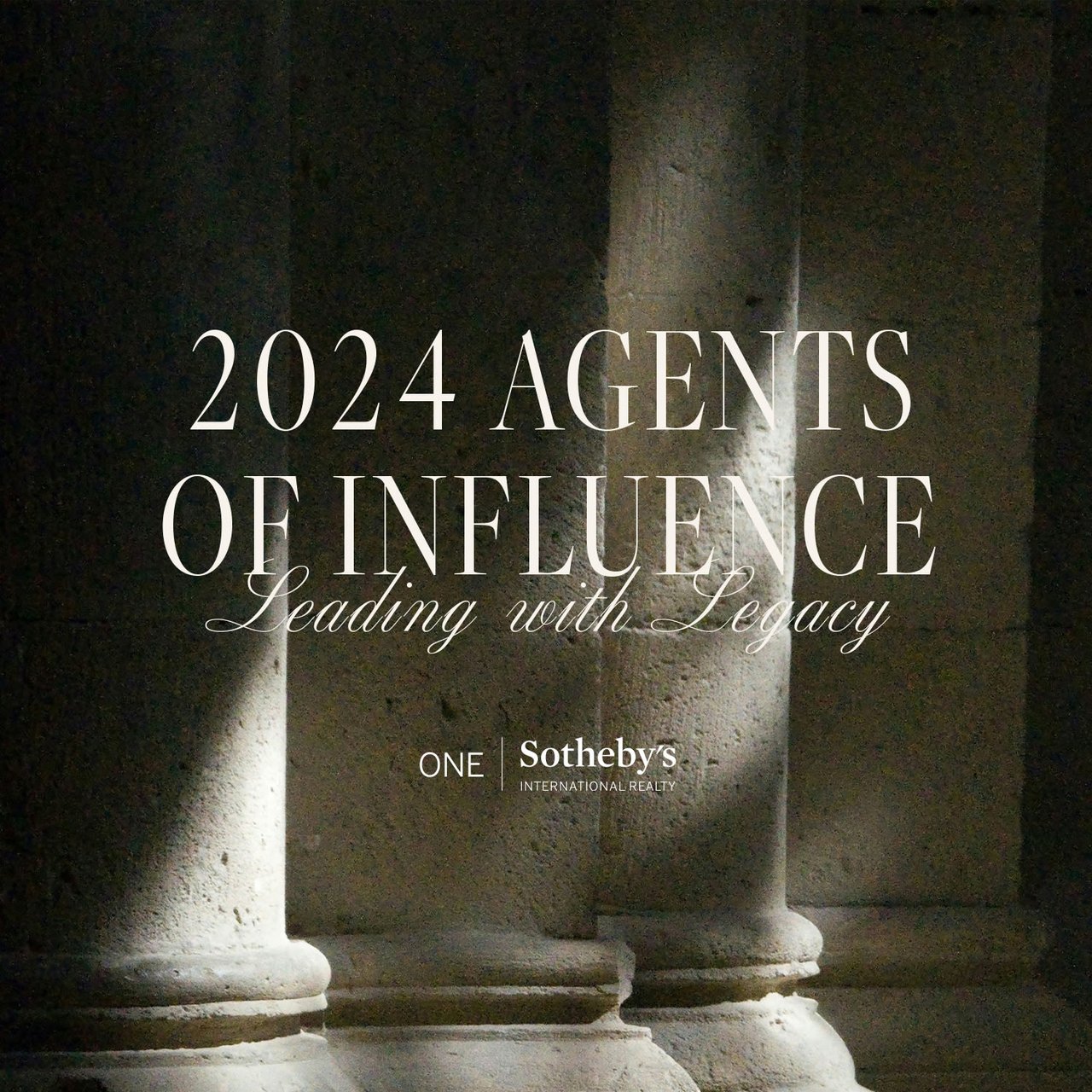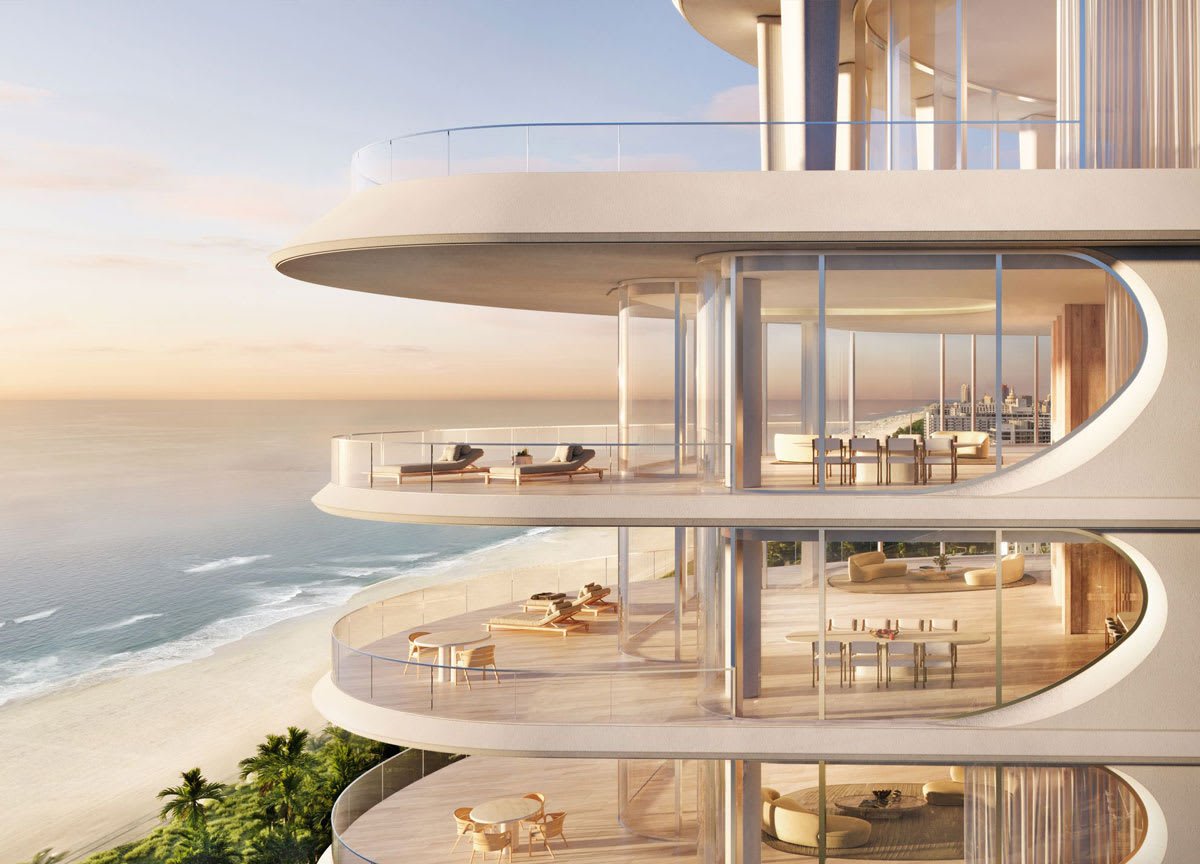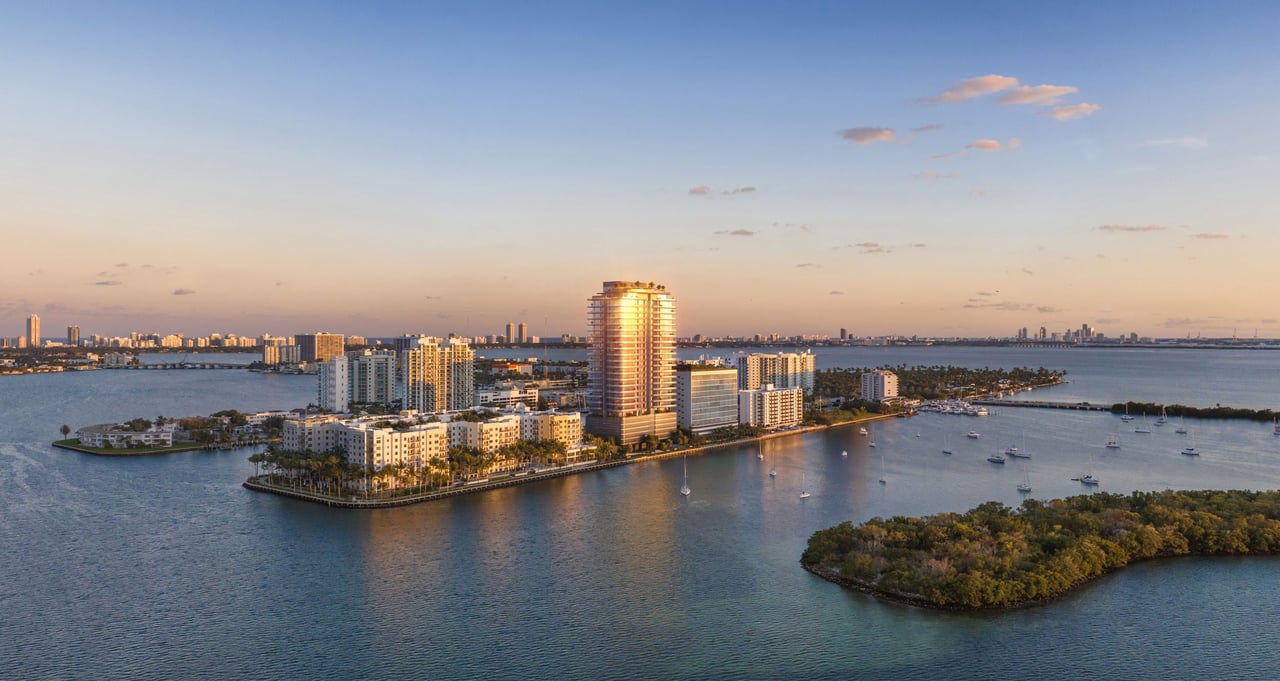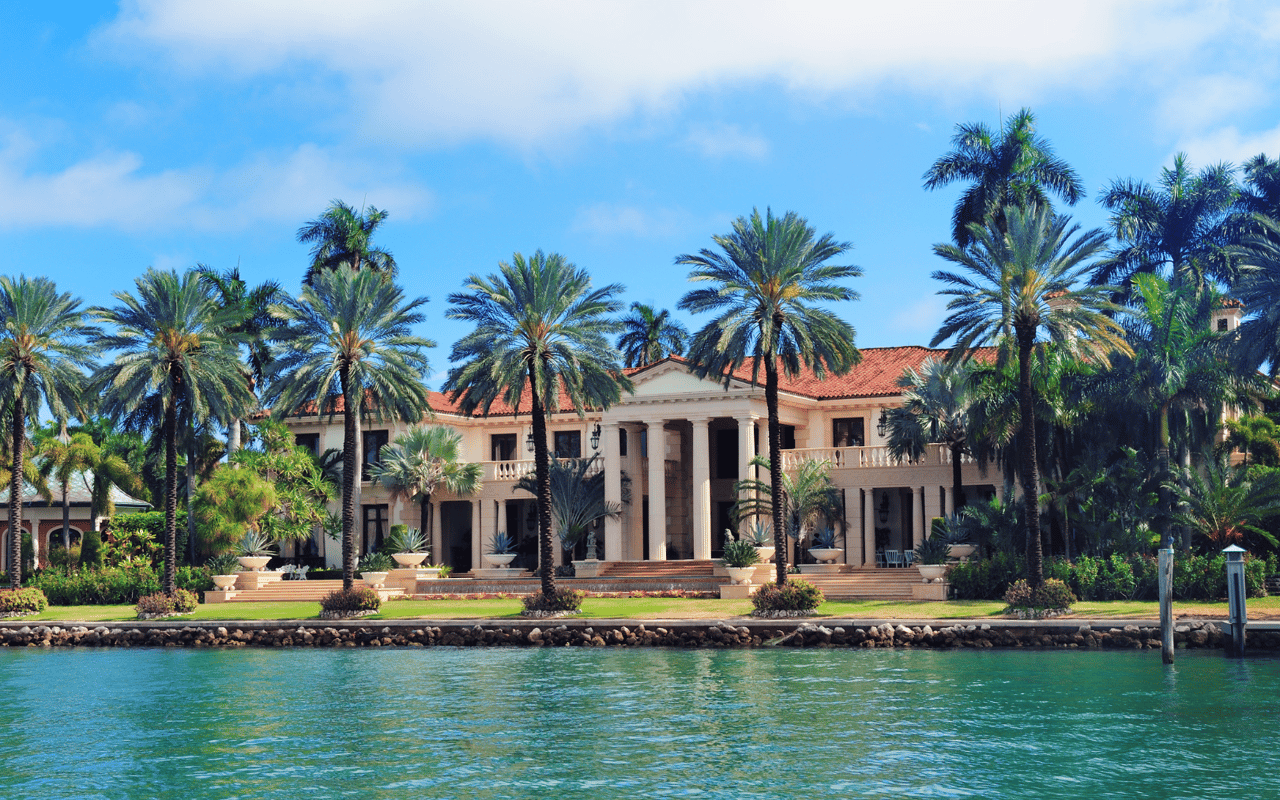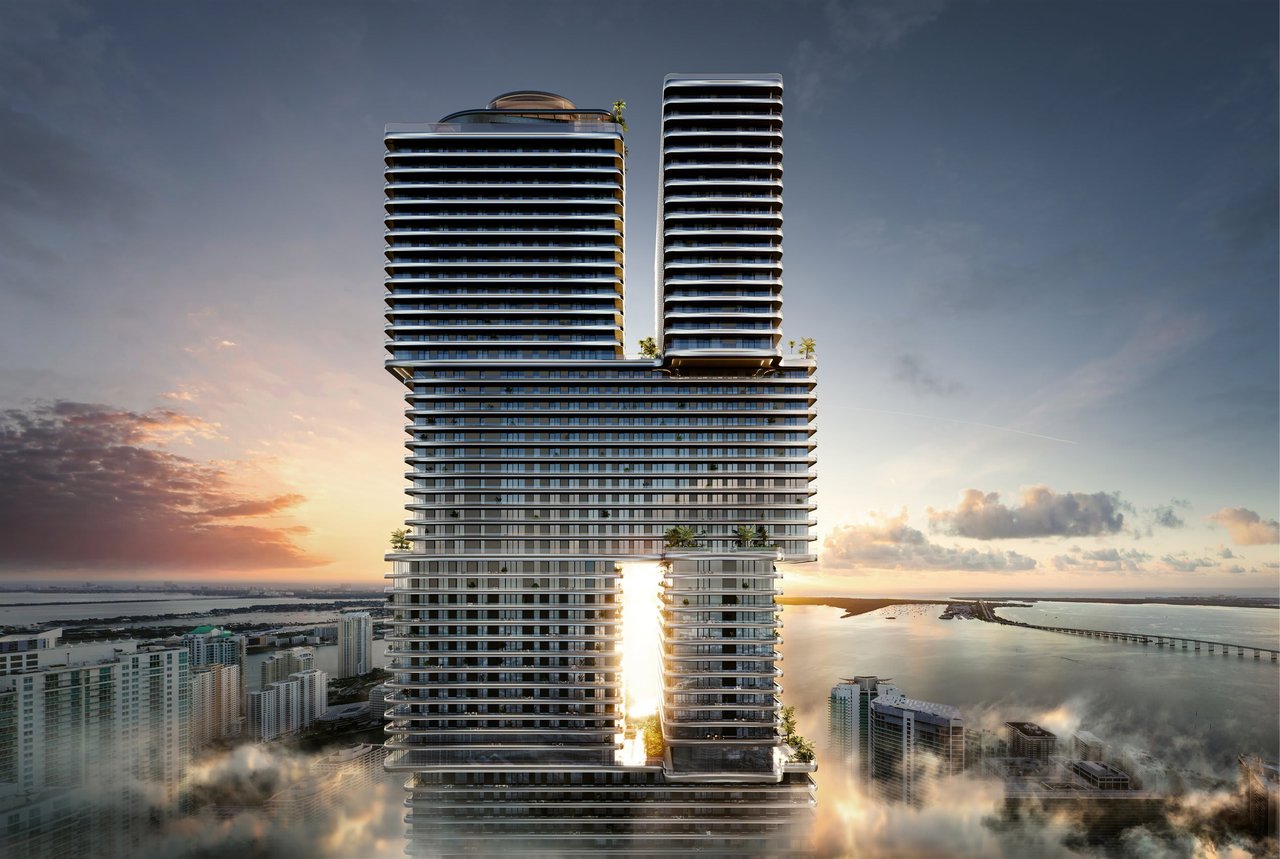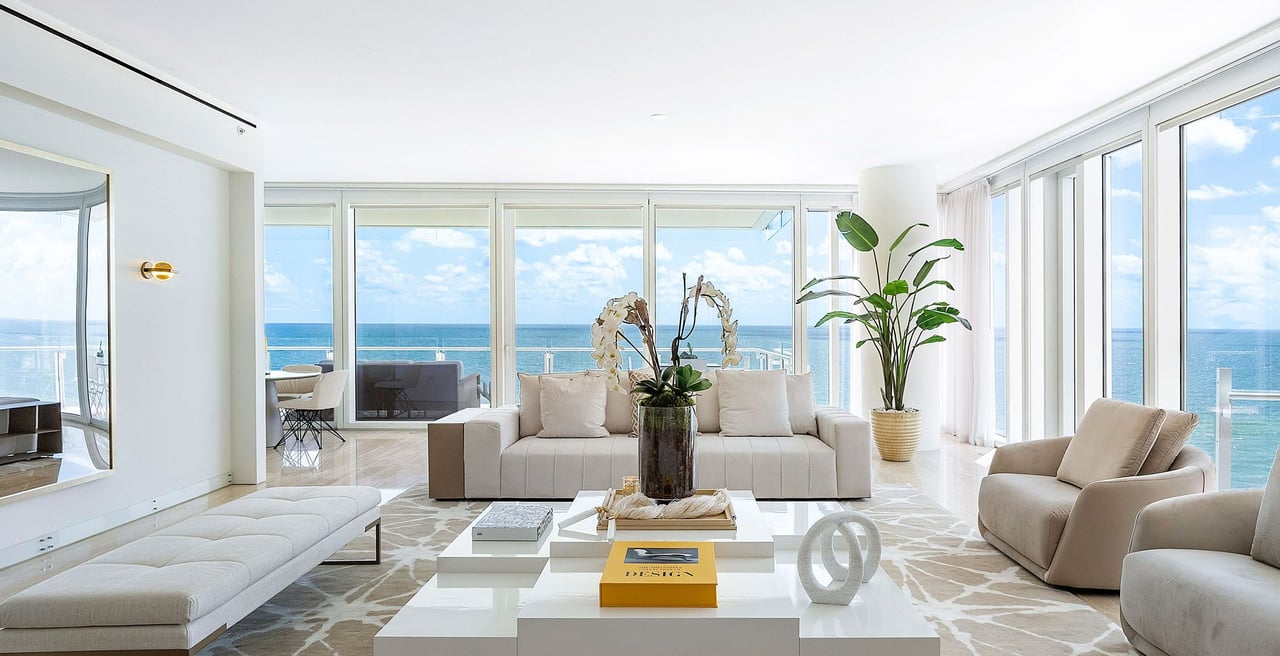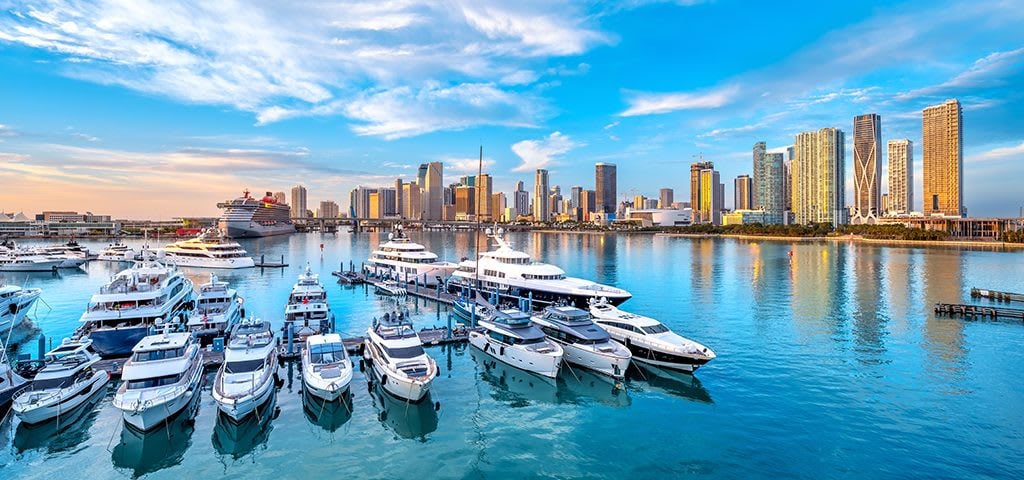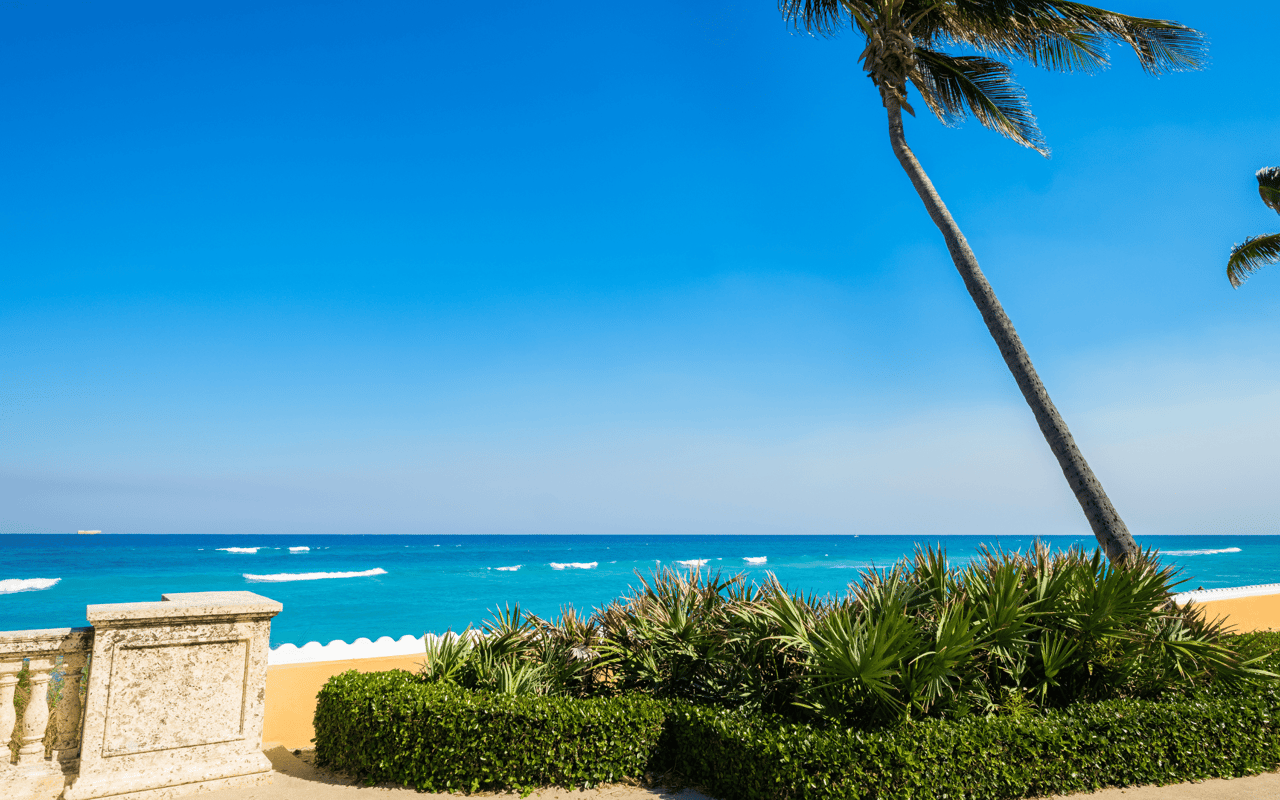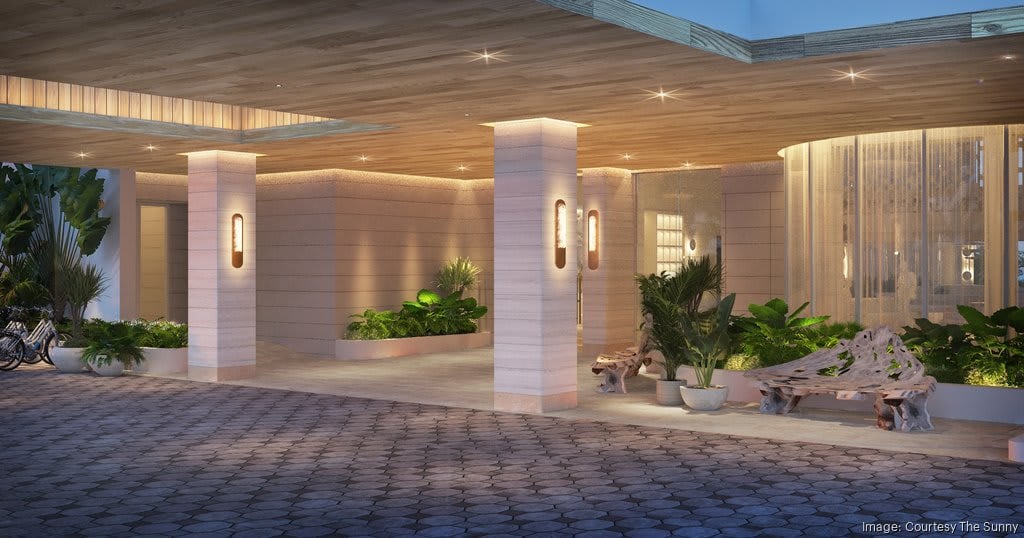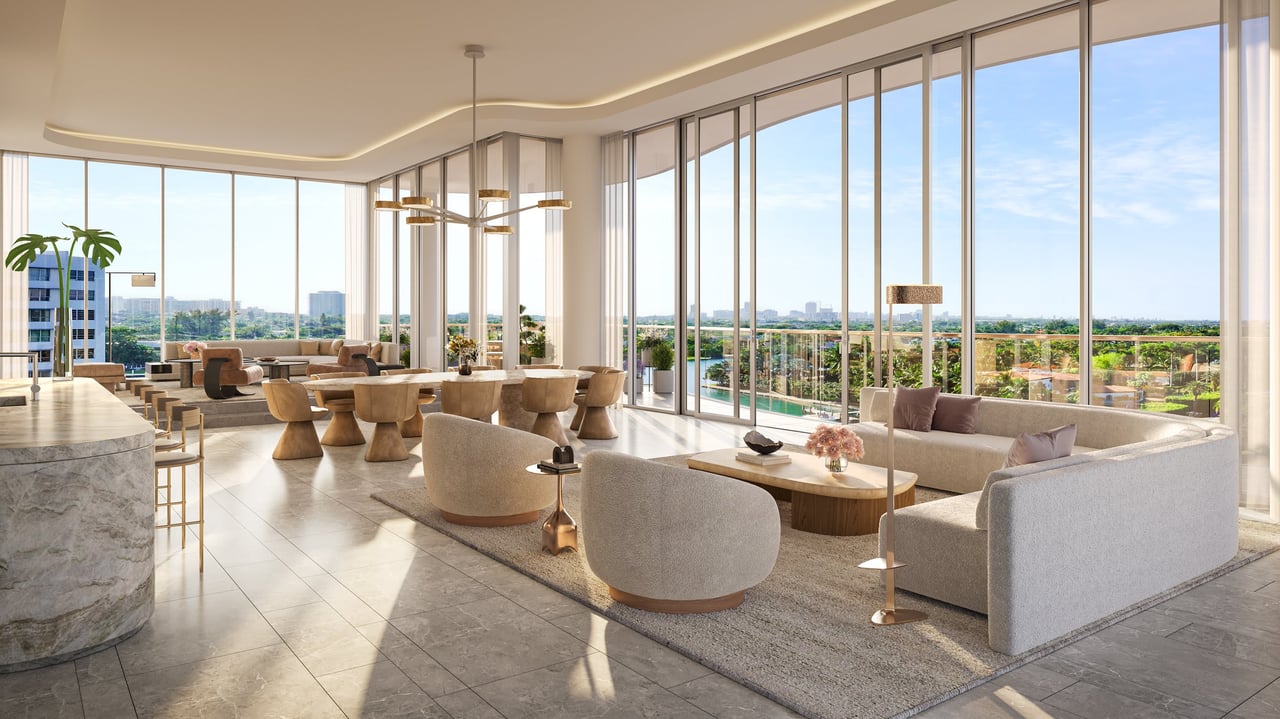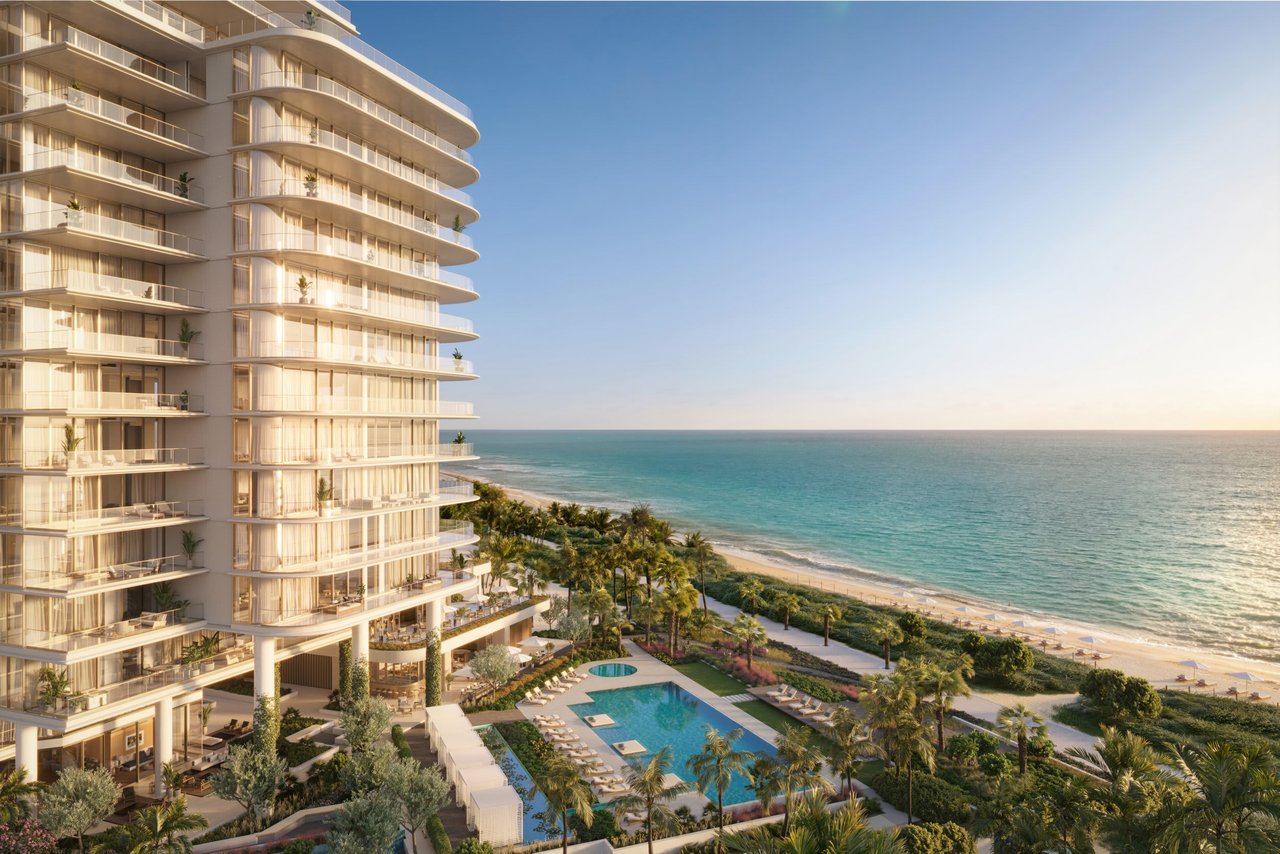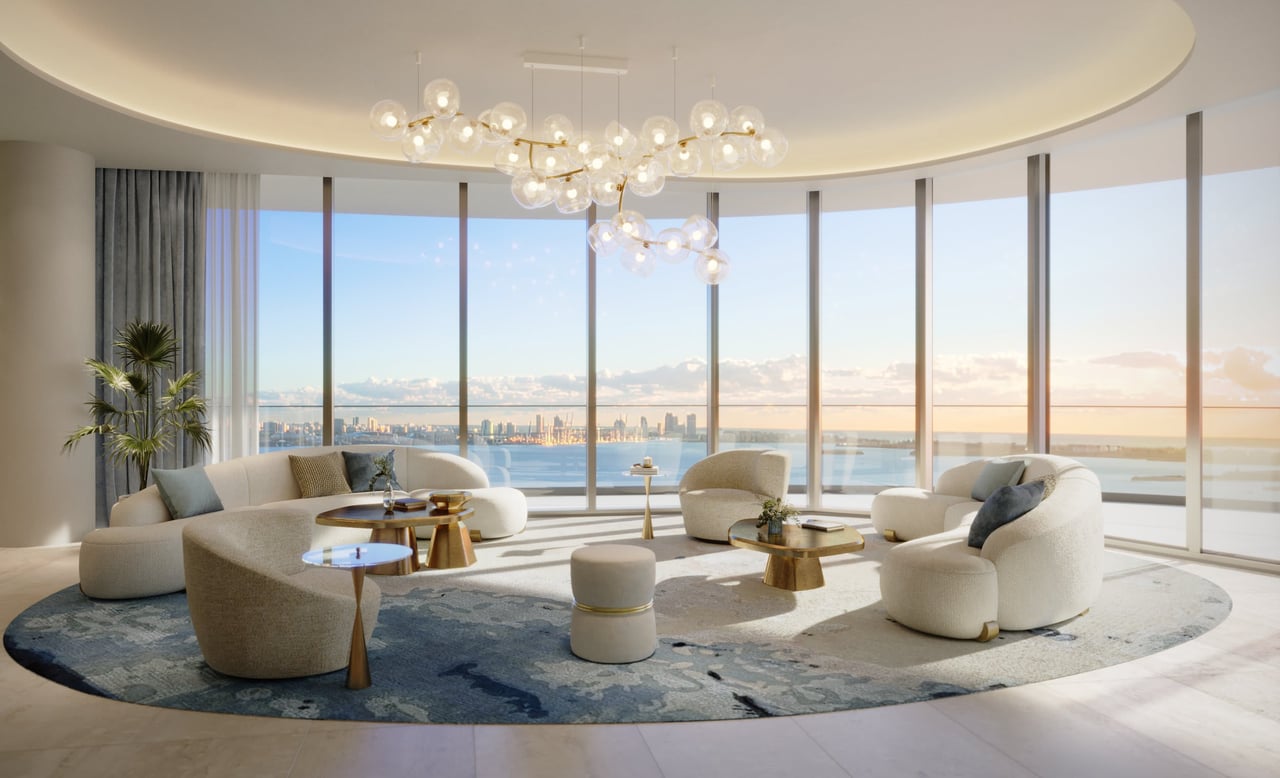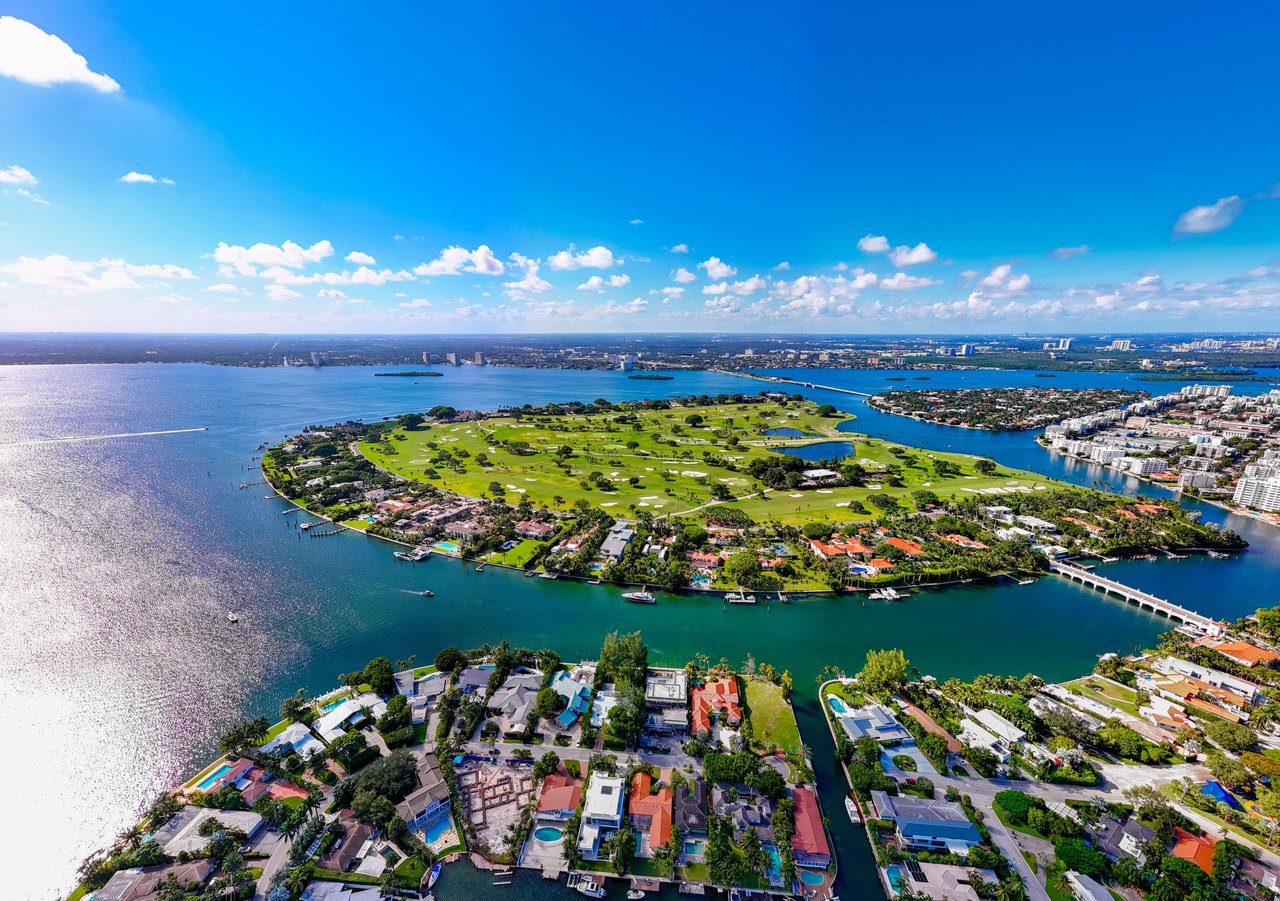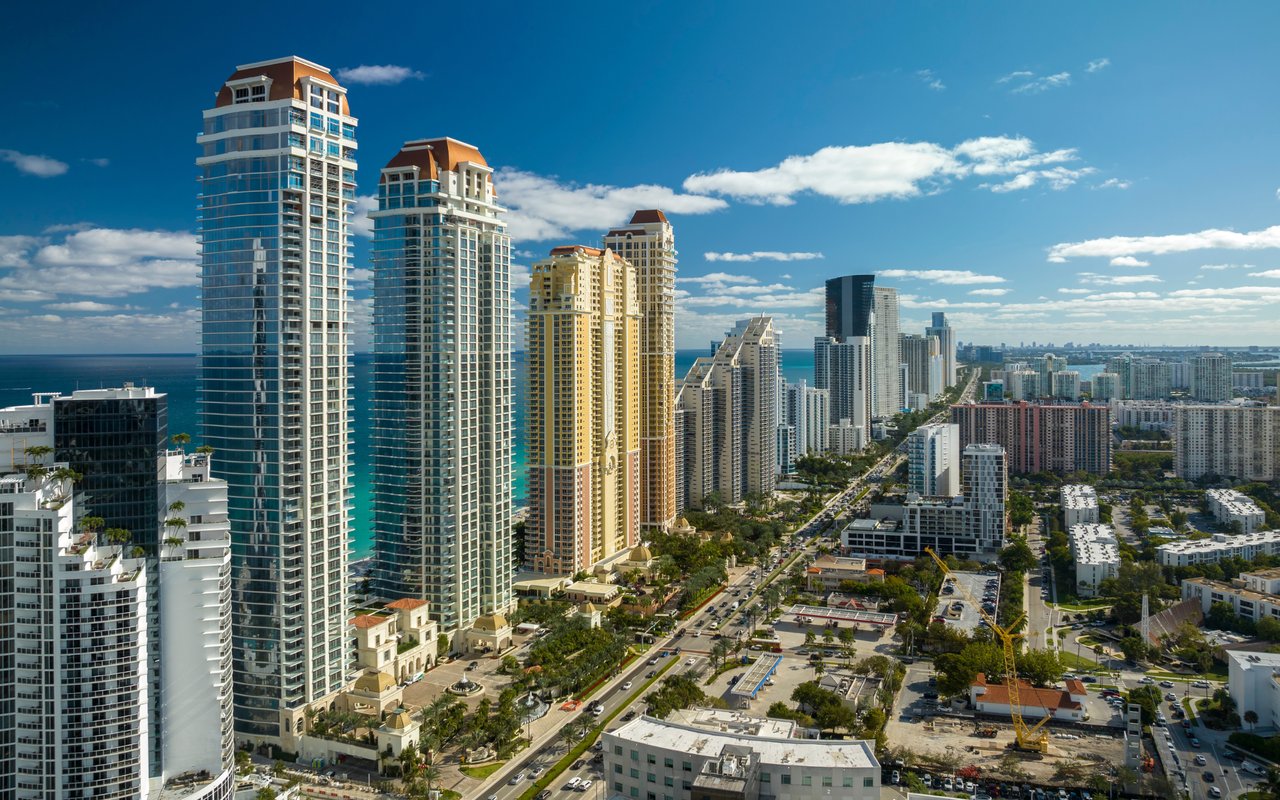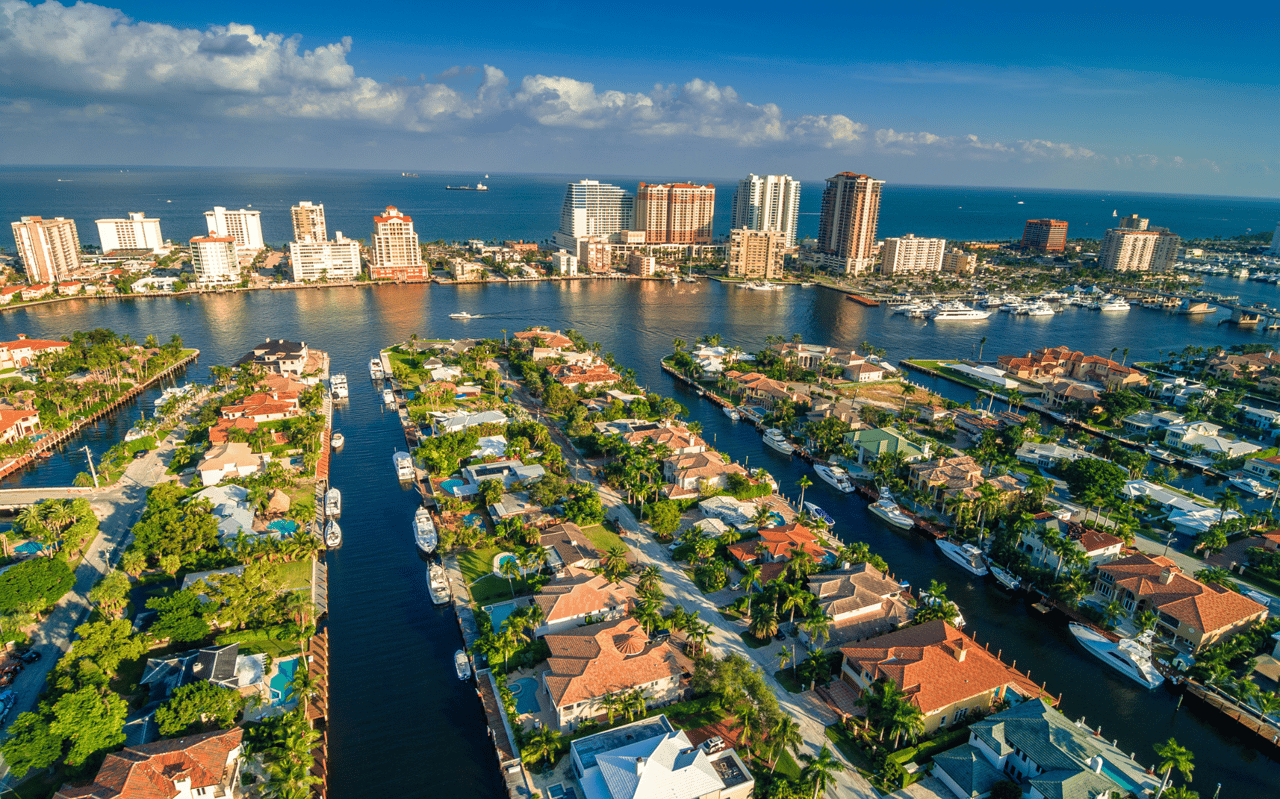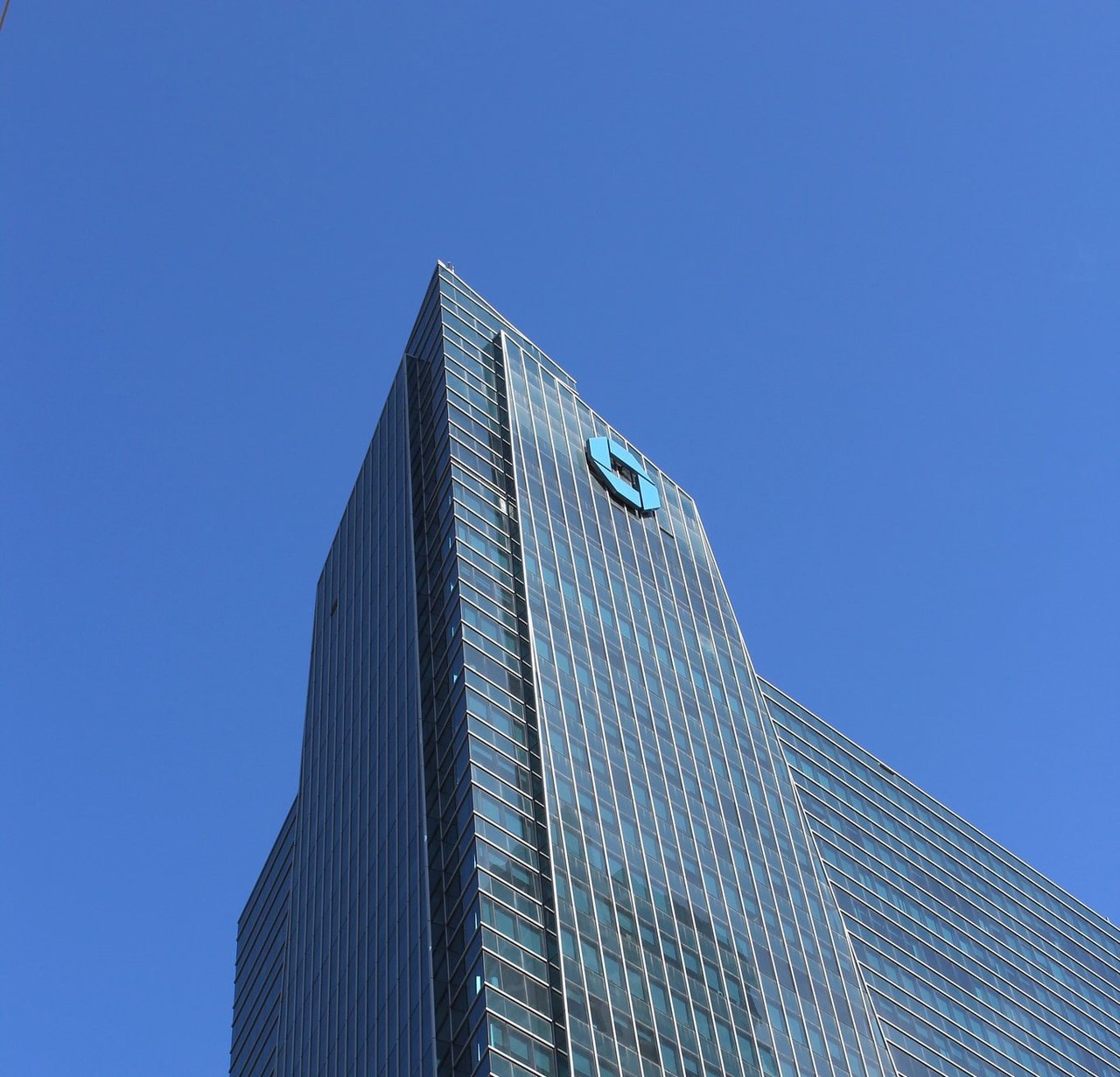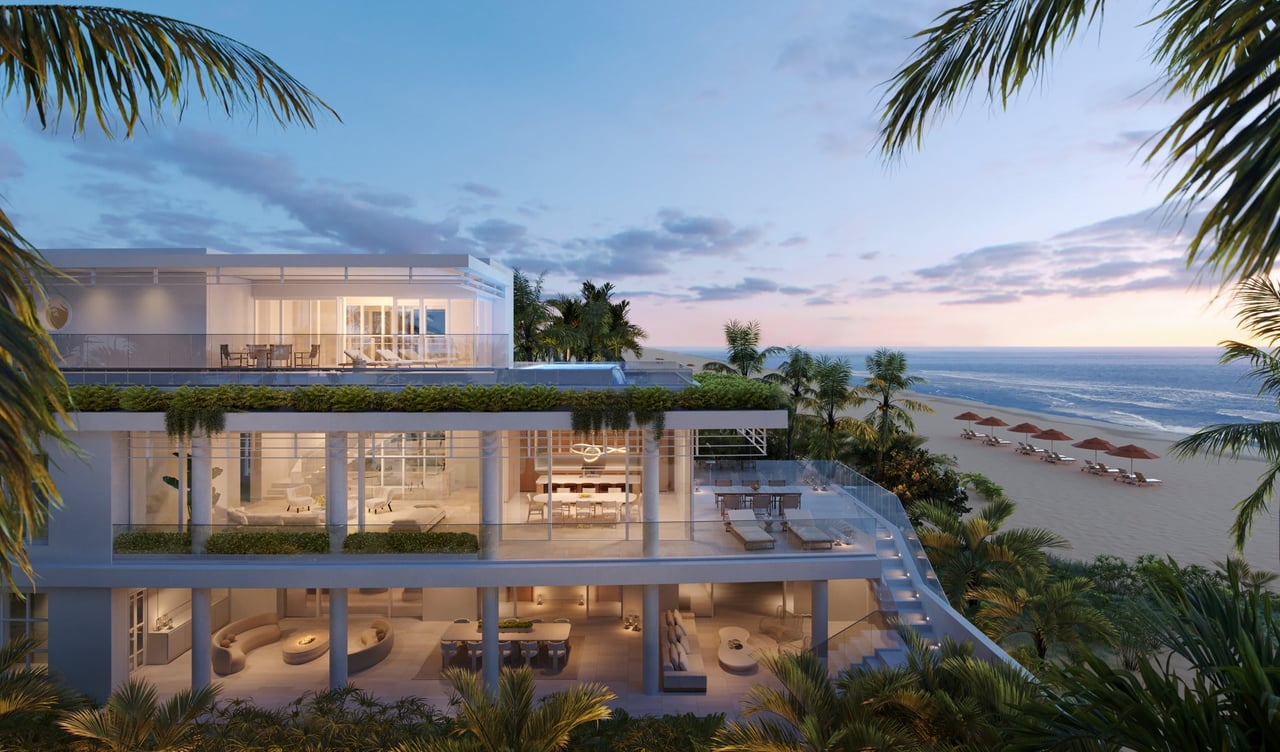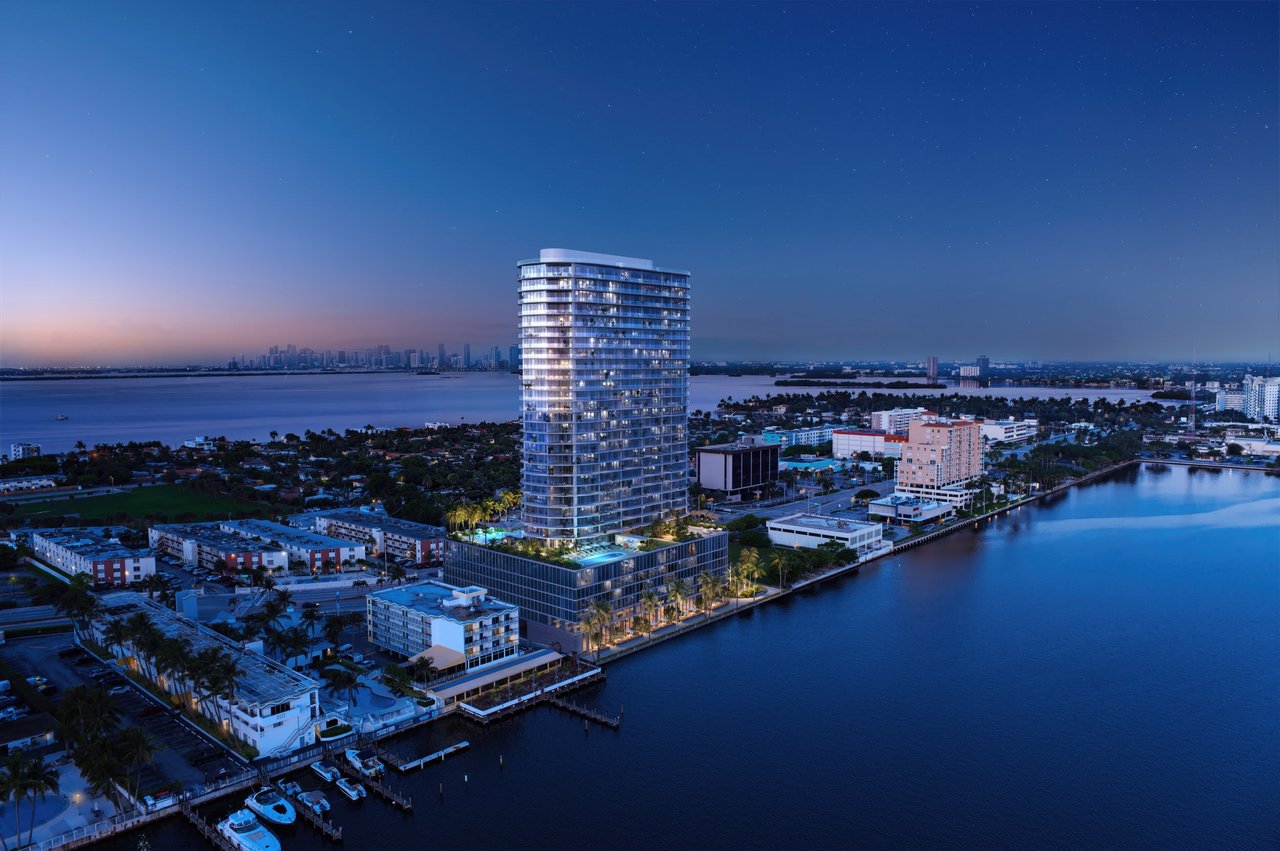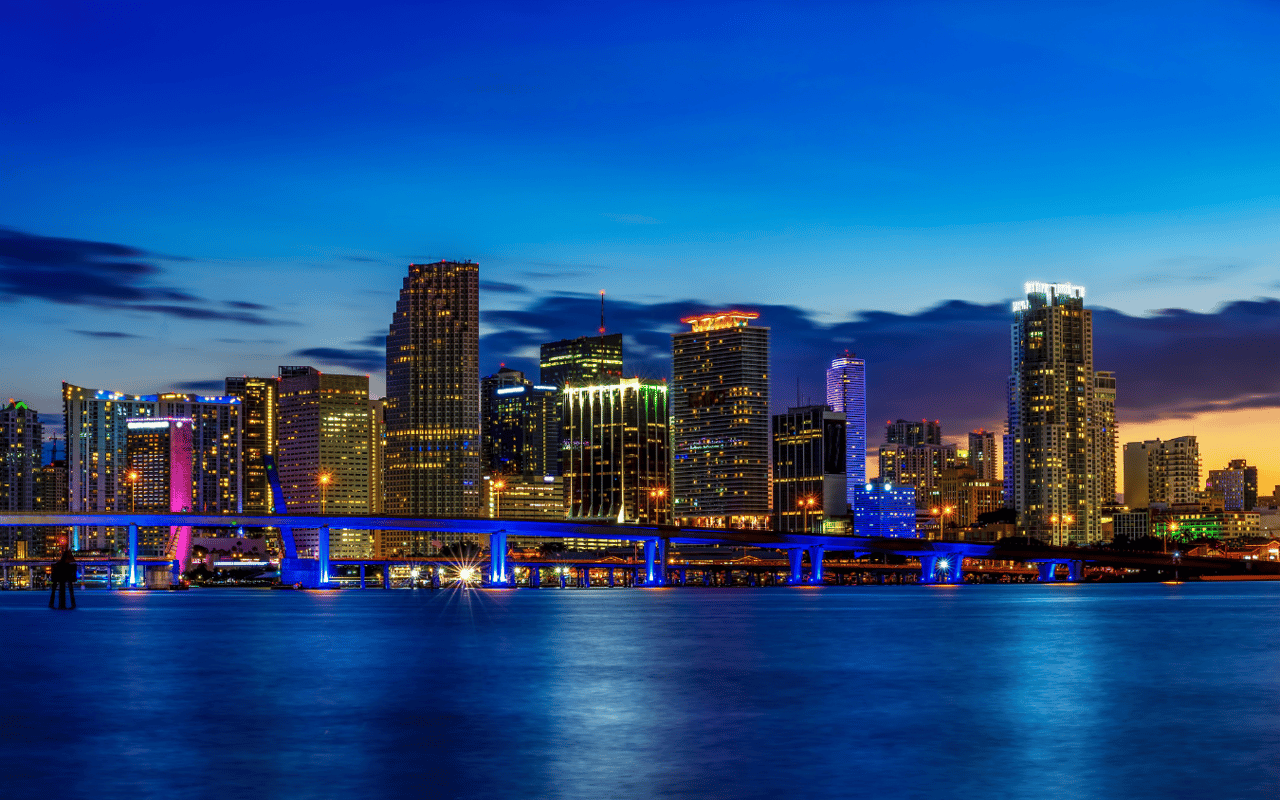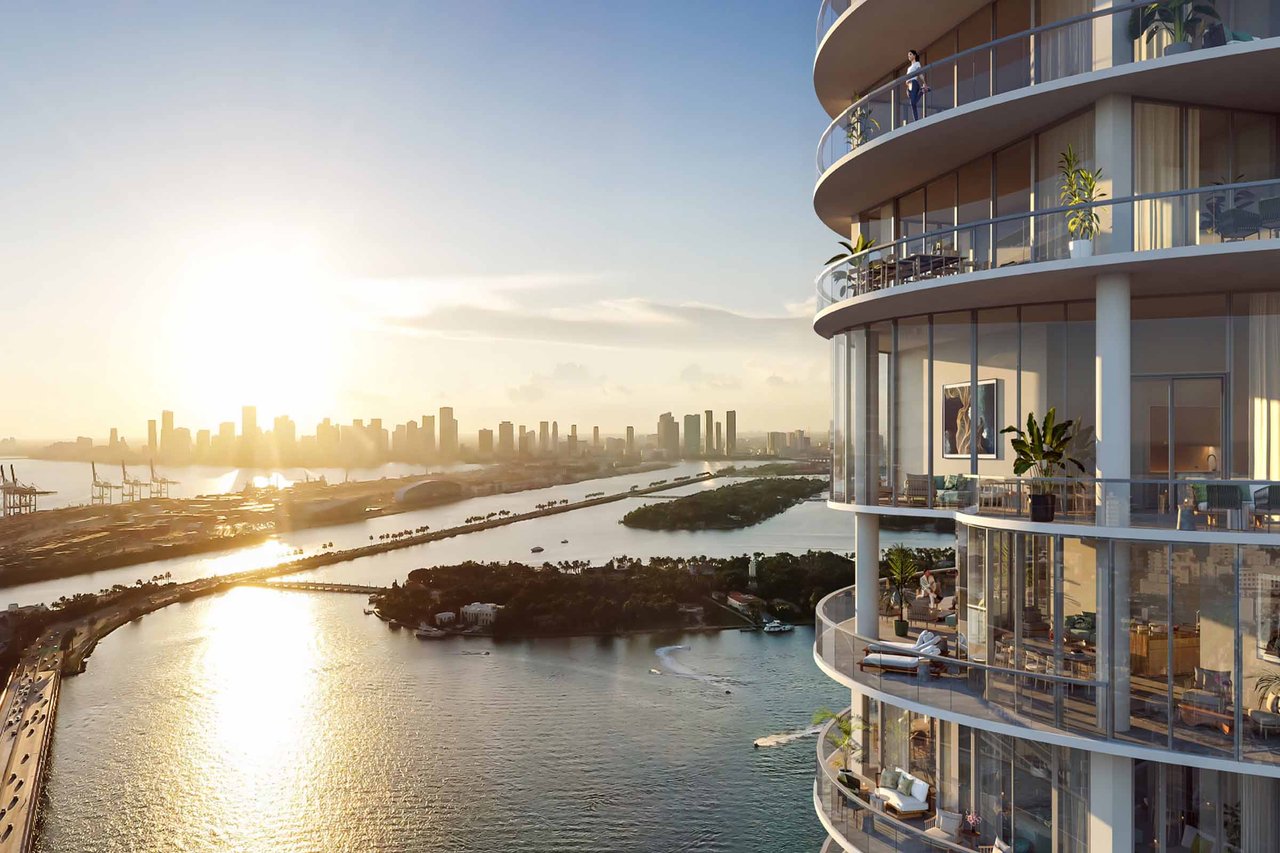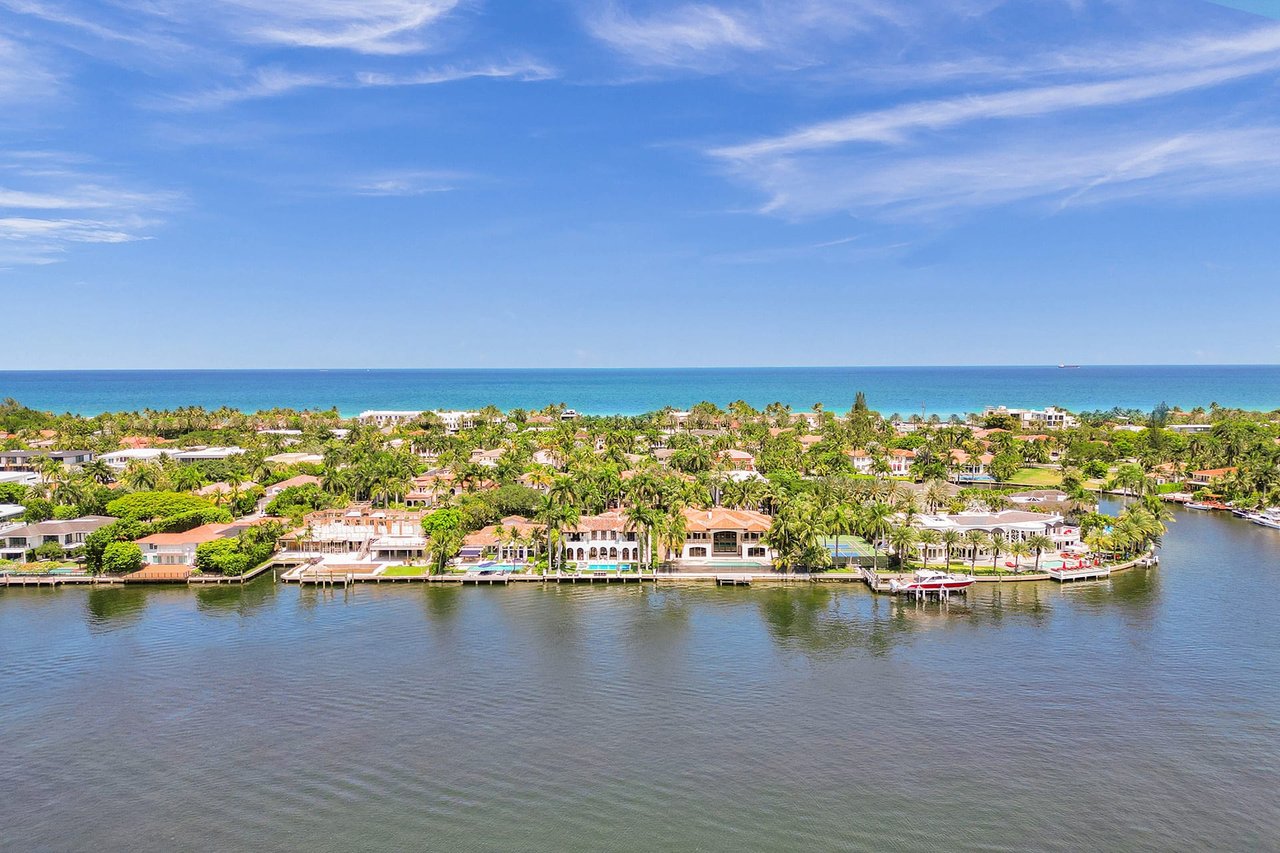 Design Miami in Pride Park, Miami Beach. Photo: James Harris
Design Miami in Pride Park, Miami Beach. Photo: James Harris
Seeking Out Personal Histories at Design Miami
The annual fair brings together the newest and most coveted names in design, and this year’s theme focuses on identity, heritage and community
With art and design enthusiasts flocking to South Florida this December for Miami Art Week, dealers are preparing to bring their freshest objects and artworks to events across the city. But Design Miami (December 5–10), returning for its 19th year and located in a tent in Pride Park, just across the street from the Miami Beach Convention Center, remains the best opportunity to view and collect the top names and rising stars in the field.
This year, the fair’s curatorial director, Anna Carnick, has chosen the theme “Where We Stand,” focusing on how design engages with global issues. More than 40 exhibitors have responded by bringing objects and projects that celebrate ideas of place, community, heritage, and the power of shared roots and interconnectivity. Here are the top five stands to look out for at Design Miami 2023.
The Future Perfect, New York, Los Angeles, and San Francisco
Chris Wolston, Earthly Delight Vessel 4, 2023, bronze. Photo: David Sierra and Radha Leon, courtesy: the artist and The Future Perfect
With locations in architecturally stunning homes in New York, Los Angeles, and San Francisco, The Future Perfect is known for supporting cutting edge and visually stunning designs. This year, it’s showcasing a range of objects, such as elegant lamps made with stone by duo Chen Chen and Kai Williams and a Minimalist, geometric chandelier in painted brass and powder-coated aluminum by Karl Zahn. Joining these are bronze vases by Chris Wolston that celebrate the flora and fauna of Colombia, drawing attention to the importance of natural resources to the country’s culture, economy, and ecology.
Friedman Benda, New York and Los Angeles
Frida Escobedo, Creek Chair, 2022. Photo: Timothy Doyon, courtesy: Friedman Benda and Frida Escobedo
New York- and Los Angeles-based veteran gallery Friedman Benda is presenting an international array of designers whose aesthetics find a common language. Among them are Jerusalem-born, Paris-based Raphael Navot, whose curvilinear silk, cashmere, and oak couch is paired with a stainless steel chair covered in a draping nickel ball chain by Mexico’s Frida Escobedo. Both complement the smooth curves of British designer Faye Toogood’s marble tables. And a vibrant selection of vases by the Modernist Italian designer Ettore Sottsass stand alongside a mirror by contemporary American designer and sculptor Misha Kahn, reflecting their shared passion for color.
Southern Guild, Cape Town and Los Angeles
Justine Mahoney, Pearl Diver, 2020, patinated bronze. Photo: Hayden Phipps, courtesy: Southern Guild
Specializing in African artists and designers, as well as those from the diaspora, Southern Guild is known for putting heritage and community at the core of its program. The Cape Town gallery is a regular exhibitor at Design Miami, and just announced its first US outpost, opening in Los Angeles this February. It is presenting a rich array of works, including ceramics by South African ceramicist Andile Dyalvane, who explores healing through his Xhosa ancestral traditions. The Cape Town-based Justine Mahoney, meanwhile, considers personal and collective issues around the consequences of Apartheid through her bronze, mythological figures.
Cristina Grajales, New York
Virginia San Fratello, Furry Forest, 2022–23, 3D printed light fixtures, Courtesy: Cristina Grajales Gallery
New York-based, Colombian-born art dealer Cristina Grajales is known for her collaborations with leading international artists and designers. Her gallery is presenting a dynamic booth, including sleek wooden chairs with intricate tattoo-inspired line decorations by Paraguayan designer Pedro Barrail. And a forest of vibrantly hued, 3D-printed light fixtures by American artist Virginia San Fratello are meant to evoke a brighter, more connected future, after the period of darkness and isolation experienced globally during the pandemic.
Carpenters Workshop, London, Paris, New York, Los Angeles
Maarten Baas, Grandfather Clock — The Son, 2022. Courtesy: Carpenters Workshop Gallery
Digging deep into Dutch designer Maarten Baas’s inner psyche, the international design gallery Carpenters Workshop is presenting his newest take on a classic piece of furniture – the grandfather clock. But rather than building a tower of polished, carved and dark stained mahogany, Baas’s version looks like a hastily nailed together treehouse, with the LED clock face displaying a child-like figure that updates the time using finger paints.
Joep van Lieshout, Humanoids, 2018, in Collins Canal Park. Photo: Robin Hill
Sun, Sea and Public Art in Miami Beach
Over the past 40 years, the city has built a robust permanent collection of works by artists such as Roy Lichtenstein, Elmgreen & Dragset, Tobias Rehberger and more
Miami Beach has become an international hub for art since the Swiss art fair Art Basel launched its first US edition here more than 20 years ago. But the South Florida city, already known for its scenic beauty and classic Modern architecture, had long before enthusiastically embraced public art.
The city of Miami Beach first established its “Art in Public Places” program in 1984, with the mission of creating permanent art projects for local communities. Funding for the program comes from municipal and joint public and private development projects, which set aside 2% of their building costs for public art.
Today, the initiative plays a pivotal role in curating and commissioning works by major international artists, including Roy Lichtenstein, Elmgreen & Dragster, Tobias Rehberger, and more. It has built a robust permanent collection installed throughout the city, from parks and waterfronts to commercial centers. Here are a few of the most eye-catching pieces to look for when you’re in the city.
Take a dip into Elmgreen & Dragset’s Bent Pool
 Elmgreen & Dragset, Bent Pool, 2019, in Pride Park. Photo: Robin Hill
Elmgreen & Dragset, Bent Pool, 2019, in Pride Park. Photo: Robin Hill
The Berlin-based artist duo Elmgreen & Dragset debuted their Bent Pool in 2019, a surreal, inverted, U-shaped swimming pool sculpture that stands nearly 20 feet tall in Pride Park, next to the Miami Beach Convention Center. The blue-and-white composition plays with the colors of the clear South Florida sky, while the subject matter is an ironic take on Miami Beach as a destination for vacation and leisure.
Embrace joy with FriendsWithYou’s Starchild
FriendsWithYou, Starchild, 2022, at 41st Street & Pine Tree Drive
It’s hard to walk by the sunny sculpture Starchild, by the Los Angeles-based collective FriendsWithYou (a collaboration between artists Samuel Borkson and Arturo Sandoval III) without breaking out into a smile. The 50-foot-tall, bright orange figure towers over Miami Beach’s Henry Liebman Square, a “symbol of light, power, and nature,” according to the artists.
Lounge in the sun with Roy Lichtenstein’s Mermaid
Roy Lichtenstein, Mermaid, 1979, at the Fillmore Theater, South Lawn, Washington Avenue and 17th Street
Playing with the bold-lined aesthetics of comic book art, Roy Lichtenstein’s 1979 work Mermaid showcases the Pop Art pioneer’s signature style. The abstracted subject matter — a mermaid floating on the waves, beneath a brightly beaming sun — is both an allusion to the city’s world famous beach culture and to the recurring art historical motif of the reclining figure.
Look out for Tobias Rehberger’s obstinate lighthouse
Tobias Rehberger, obstinate lighthouse, 2011, at South Pointe Park, 1 Washington Avenue
German sculptor Tobias Rehberger’s obstinate lighthouse stands 55 feet tall and is composed of brightly colored, disc-like forms that seem to balance precariously on top of one another, with a kinetic light embedded at the sculpture’s peak. The work’s whimsical colors and forms are a fitting juxtaposition to Miami Beach’s iconic Art Deco architecture.
Commune with nature like Joep van Lieshout’s Humanoids
Joep van Lieshout, Humanoids, 2018, in Collins Canal Park
Humanoids, a series of sculptures by the Dutch artist and designer Joep van Lieshout, celebrates a deep connection between people and the natural world. The abstracted forms ebb and flow between human figures and organic shapes that resemble tree limbs or roots — a call to the viewer to remember our ever-distancing relationship to the earth.
Vizcaya Museum and Gardens in Miami, with downtown rising in the background. Photo: Robin Hill Photography, courtesy: Vizcaya Museum and Gardens
A View of Vizcaya, Then and Now
An exhibition at the Coral Gables Museum sheds light on Miami’s architectural treasure as it looked over 100 years ago
For more than a century, the Vizcaya mansion has stood as a preeminent architectural treasure in Miami. Completed in 1916 as the vacation home for the prominent businessman James Deering, Vizcaya’s history parallels the cultural growth and urban development of Miami itself, as it has evolved from its incorporation in 1896 with a population of just 300 people, to a bustling metropolis of 6.4 million today.
Named after nearby Biscayne Bay and designed by Francis Burrall Hoffman, Jr, Vizcaya blends Mediterranean Revival architecture with Baroque motifs and Italian Renaissance landscaping. The property was acquired by the city of Miami in 1952 and turned into a historic museum and public gardens, and it is now a popular destination for both locals and tourists.
In a captivating exhibition, Vizcaya 1917, the Coral Gables Museum has unveiled a collection of black-and-white historic photographs of the estate by the renowned American photographer Mattie Edwards Hewitt (1869–1956), sourced from the Richard Daniels Collection of Vizcaya. First published in the July 1917 edition of The Architectural Review, which was devoted entirely to Vizcaya, Hewitt’s images remain a testament to the opulent elegance that has defined the villa over the decades.
Mattie Edwards Hewitt, East Gate Lodge Looking Southeast along Miami Avenue, 1917, gelatin silver print. Courtesy: Coral Gables Museum and Richard G. Daniels Collection
Exhibition curators Elvis Fuentes and Sophia Ramirez-Peralta chose the photographs based on their quality and what the images conveyed about Vizcaya. “These photographs are more than a century old so, naturally, some are damaged and have faded over time,” Ramirez-Peralta says. “We looked for multi-faceted photographs that highlighted various attributes of Vizcaya’s grandeur in one image. Hewitt had a talent for capturing the grandiose in both the monumental architectural structures and the interior details.”
Mattie Edwards Hewitt, The Cow Shelter (Back View), 1917, gelatin silver print. Courtesy: Coral Gables Museum and Richard G. Daniels Collection
In the 100 years since Vizcaya was built, the area around the mansion has changed drastically as the neighboring houses and streets were developed. “The photos capture Vizcaya just months after its opening and provide a one-of-a-kind perspective into the mansion, offering unique contrasts from the views that we are familiar with today,” Fuentes says. Hewitt’s masterful lens guides viewers on an immersive journey through the original Vizcaya estate, capturing the resplendent Baroque interiors, captivating decorative motifs, and the enchanting natural beauty of the surroundings.
Vizcaya Museum and Gardens in Miami, with downtown rising in the background. Photo: Robin Hill Photography, courtesy: Vizcaya Museum and Gardens
The Architectural Review‘s reputation for documenting architectural landmarks helped catapult Vizcaya to international prominence. The house was celebrated for its innovative blending of European aesthetics with South Floridian construction techniques, such as using Cuban limestone. A conservationist, Deering built the house along the shore to preserve the existing tropical forests, and filled the gardens with native plants. While at home in South Florida, these subtropical plants would have been unexpected inhabitants of the European gardens that inspired Vizcaya’s landscape designer Diego Suarez.
Mattie Edwards Hewitt, Entrance Statue, 1917, gelatin silver print. Courtesy: Coral Gables Museum and Richard G. Daniels Collection
With elegant columns framing a Classical-style statue and fountain, the villa’s main entrance offered a glimpse into the opulence that filled the halls of Vizcaya and “exemplifies [its] paradoxical beauty through the juxtaposition of grand-scale and small-scale artistry working together,” Ramirez-Peralta says. “It tells a story of intercultural exchange that was a large part of what put Vizcaya in the limelight. The audience can sense both the Mediterranean Revival style prominent in Miami’s architectural footprint and European glamor that was so revered.” 
Mattie Edwards Hewitt, Cathay Bedroom, 1917, gelatin silver print. Courtesy: Coral Gables Museum and Richard G. Daniels Collection
Deering’s interest in European decoration extended to Vizcaya’s interiors. Guided by artist and interior designer Paul Chalfin, Deering purchased more than 3,600 paintings, sculptures, textiles, furniture, and silver, as well as ceramics from ancient Rome, Medieval Europe, Renaissance Italy, Asia, and 19th-century France. He displayed his collection throughout the house, blending styles and periods in a keen illustration of his eclectic taste.
Mattie Edwards Hewitt, North Arcade Looking West, 1917, gelatin silver print. Courtesy: Coral Gables Museum and Richard G. Daniels Collection
Constructed on the heels of the Gilded Age, a period of booming American industry, Vizcaya features several examples of the engineering and technological advancements of the time, including cutting edge heating systems, doorbells, a dumb-waiter, and a rotary phone. The house reportedly featured the first phone system in the county.
Mattie Edwards Hewitt, Living Room South Door, 1917, gelatin silver print. Courtesy: Coral Gables Museum and Richard G. Daniels Collection
The influence of Vizcaya’s architecture, gardens, and interiors spread across Miami and abroad. Advertisements featuring items like Persian rugs matching the examples found in Vizcaya ran in The Architectural Review and, in 1934, postcards were published with images of the estate, examples of which are included in the Coral Gables show. After Deering died in 1925, his family took over Vizcaya and eventually sold off parts of the grounds before the property was acquired by Miami-Dade County and opened as a public museum. 
Mattie Edwards Hewitt, Music Room Ceiling, 1917, gelatin silver print. Courtesy: Coral Gables Museum and Richard G. Daniels Collection
Buckminster Fuller’s Fly’s Eye Dome, 1979/80-2014, in the Miami Design District
Take a Tour of the Design District
Miami’s cultural hub is home to world-class museums and galleries, flagship luxury stores and international dining. These are the places you can’t miss
Just over the Julia Tuttle Causeway from Miami Beach is the Miami Design District, a vibrant cultural neighborhood nestled in the heart of the city. Originally part of historic Buena Vista, the district was redeveloped in the early 2000s by the local real estate investor and collector Craig Robins. It is now home to major art institutions, private collections and galleries, such as the Institute of Contemporary Art (ICA) Miami and the de la Cruz Collection, as well as flagship stores for world-renowned brands such as Chanel, Balenciaga, Hermès, and Louis Vuitton. Here are some of the must-see art spaces to visit when you’re in the Design District – and some suggestions on where to refuel.
What to see
The exterior of the Institute of Contemporary Art (ICA), Miami. Photo: Iwan Baan
61 NE 41st Street
Since opening in the Design District in 2017, the Institute of Contemporary Art Miami (ICA Miami) has become a vital part of the local art scene, offering free admission year round. Dedicated to providing local and international artists a space to push their work in experimental directions, it hosts a robust program of exhibitions. During Art Basel Miami Beach this year, artists with solo shows at the museum include Charles Gaines, Ahmed Morsi and Anne Collier.
Installation view of House in Motion. Pictured, left to right: Wade Guyton, Untitled, 2012; Vaughn Spann, Shadow in the Night (Blue Train), 2022, A House on Fire (Marked Man), 2023, A Love like Dawn, 2022; Felix Gonzalez-Torres, “Untitled” (America #3), 1992. Courtesy: de la Cruz Collection
23 NE 41st Street
After years of inviting the public into their home to view their personal art collection, husband-and-wife collectors Carlos and Rosa de la Cruz opened a 30,000-square-foot exhibition space in 2009 to house and display their work. Currently on view is the exhibition House in Motion/New Perspectives, with work by Mark Bradford, Félix González-Torres, Glenn Ligon, and others.
Kenturah Davis, planar vessel xv, 2023, debased text and carbon pencil on ceramic tile. Courtesy: Craig Robins Collection, Miami
3841 NE 2nd Avenue, Suite 400
The Craig Robins Collection is not housed in a museum or gallery, but is instead on display in the corporate headquarters of Robins’s real estate development company Dacra, where rotating exhibitions present highlights of more than 1,300 works. This season’s show, A Train of Thoughts, focuses on figuration and conceptualism, with works by Marcel Duchamp, Joseph Beuys, Abraham Cruzvillegas, Rirkrit Tiravanija, and John Baldessari.
SuSu, Sun Flower, 2023. Courtesy: David Castillo Gallery, Miami
3930 NE 2nd Avenue, Suite 201
Established in 2005, David Castillo Gallery is one of the most impactful contemporary art galleries in Miami. Castillo has long championed undersung artists and narratives, and in recent years his roster has started to get the international attention it deserves. In 2020, the gallery moved from Lincoln Road in Miami Beach into a larger space in the Art Deco Melin Building in the Design District.
Urs Fischer, Dew, 2023, aluminum composite panel, aluminum honeycomb, polyurethane adhesive, epoxy primer, gesso, solvent-based screen printing paint, water-based screen printing paint. © Urs Fischer. Photo: Ulrich Ghezzi
Jeffrey Deitch and Gagosian Pop Up
35 NE 40th Street
For the eighth year in a row, Jeffrey Deitch – a zeitgeist-pushing art dealer with galleries in New York and Los Angeles – is teaming up with mega-gallery Gagosian for a pop-up show in the Design District during Art Basel Miami Beach. This year’s exhibition is titled Forms and highlights the relationship between figurative and abstract art.
Where to refuel
Mia Market in the Miami Design District. Photo: © Salar Abduaziz
Mia Market Miami
Palm Court, 140 NE 39th Street, (Second floor)
Mia Market is a hip food hall at Palm Court, the mixed-use dining and shopping center at the heart of the Design District that hosts fashion shows, open air concerts and yoga classes. Boasting a diverse range of food and drink options, artisanal vendors, and a lively atmosphere, it’s a regular stop for visitors wanting to sample everything from Japanese street cuisine to tacos, or those who only have time for a quick cocktail or coffee fix while taking in Buckminster Fuller’s famous Fly’s Eye Dome, installed in the courtyard.
Mandolin
4312 NE 2nd Avenue
Founded by husband-and-wife team Ahmet Erkaya and Anastasia Koutsioukis, Mandolin is nestled in a restored 1940s home, serving Greek and Turkish coastal cuisine since 2009. The restaurant’s emphasis is on using local ingredients to execute traditional Aegean styles of cooking. Don’t skip the signature sangria.
Cote
3900 NE Second Avenue
In 2021, restaurateur Simon Kim brought his Michelin-starred, New York restaurant Cote to Miami. Kim – who was born in Seoul but moved to the US at age 13 – opened Cote with the intention of marrying the energy and congeniality of Korean barbecue with the classic traditions of the American steakhouse. Splurge on the Steak Omakase option for a “grand tour” of reserve and dry aged meats.






